The Leica SL3
Jonathan Slack
March 7th 2024
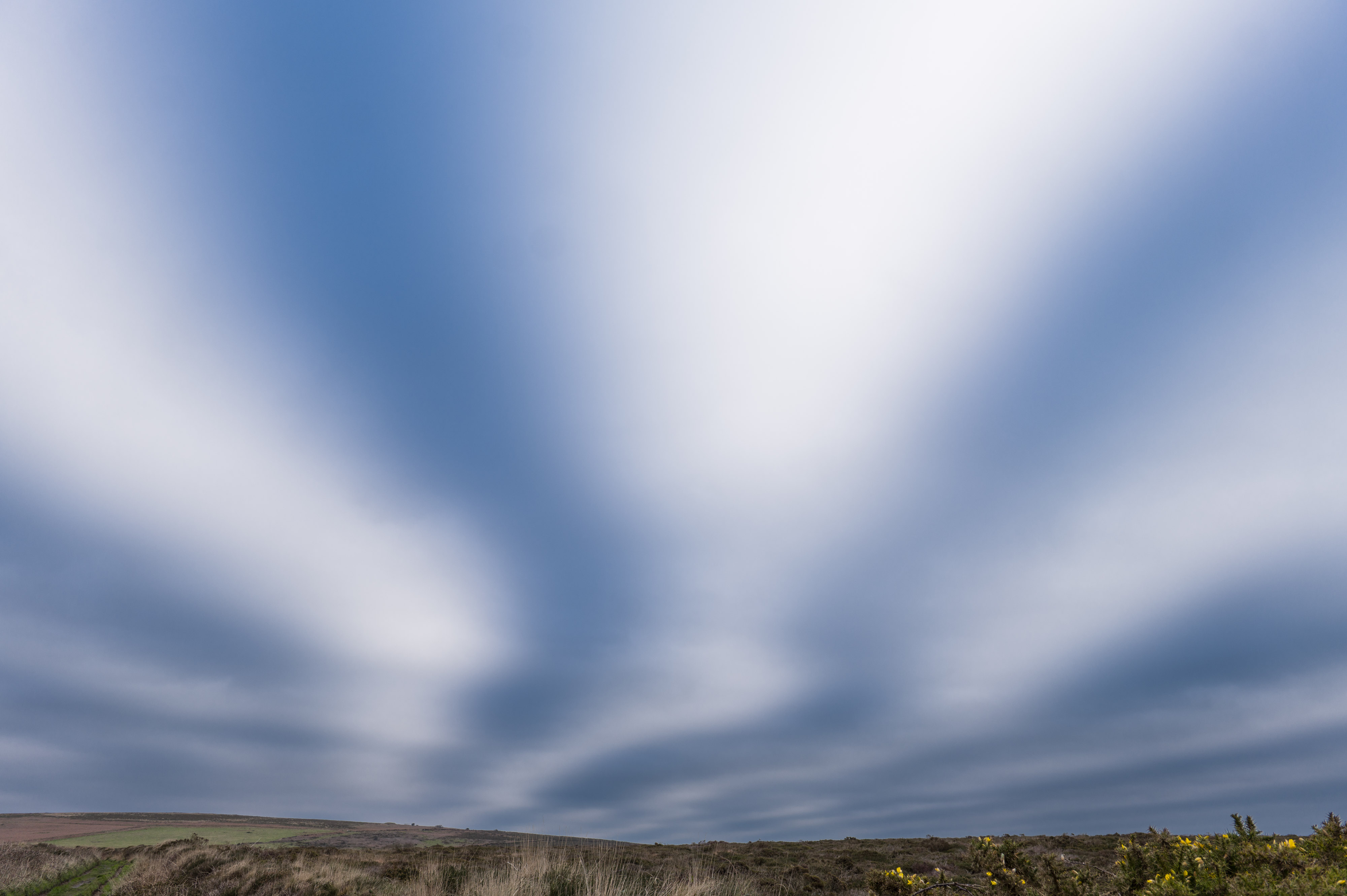
Introduction
The Leica SL3 has finally landed, four and a bit years after the launch of the Leica SL2.
The Leica SL was announced on October 20th 2015
The Leica SL2 was announced on November 6th 2019
The Leica SL3 has been announced on March 7th 2024
The revolutionary days of camera development seem to be behind us; gone are the days of the great leap forward. However, incremental developments in sensor technology and processing power have really changed how easy it is to get great results in difficult circumstances.
One of the downsides of this is the increased complexity of modern cameras, complaints about menu-bloat are not unfounded, and they are an inevitable result of acceding to every customer's request. There is a point at which one may not even realise that a camera is capable of a function: Descriptions in the menu can be far from intuitive and are often hidden so well that you can't find them, even if you do know that they're there!
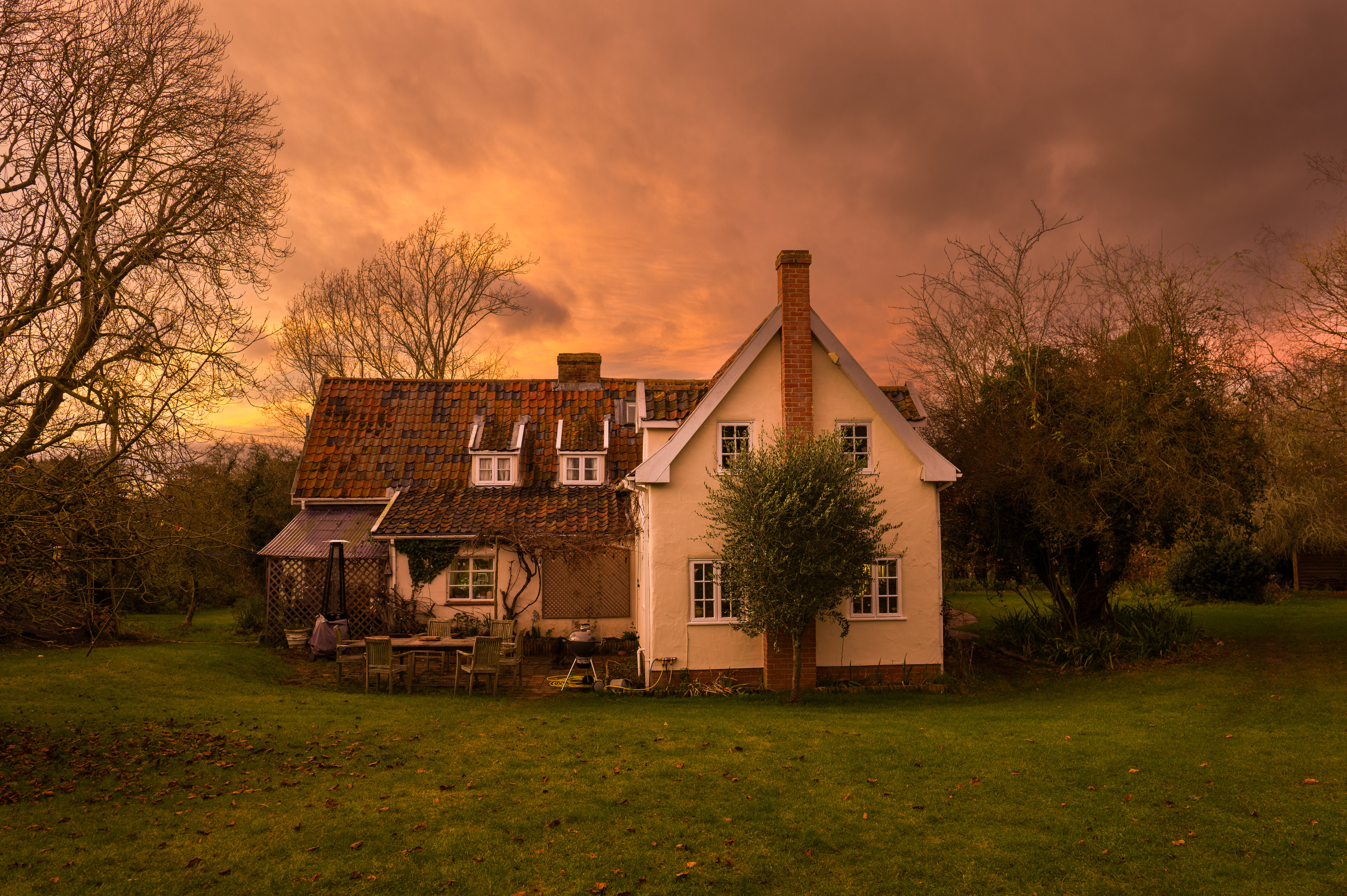
Stormy Weather
Leica SL3 with Leica 24-90 Vario Elmarit
Leica have really made an effort to keep things as simple and logical as possible. I've become especially aware of this over the last 6 months as (in conjunction with our new puppy) I have been trying out several different cameras from other manufacturers. More about that later.
In the past new cameras have always seemed to coincide with one of our trips abroad, but in this instance the only trip was to the LSI meeting in Wetzlar, not an ideal situation for trying out a new camera!
On the other hand we have been to our
house in Cornwall a couple of times, always beautiful and always a great photo opportunity.
Just before I received the camera in October we collected a 9 week old black Pyrenean Sheepdog pup, she is extremely speedy and has represented an interesting auto focus and dynamic range challenge, both to the camera and to me! I hope you'll forgive me for too many puppy pics here.
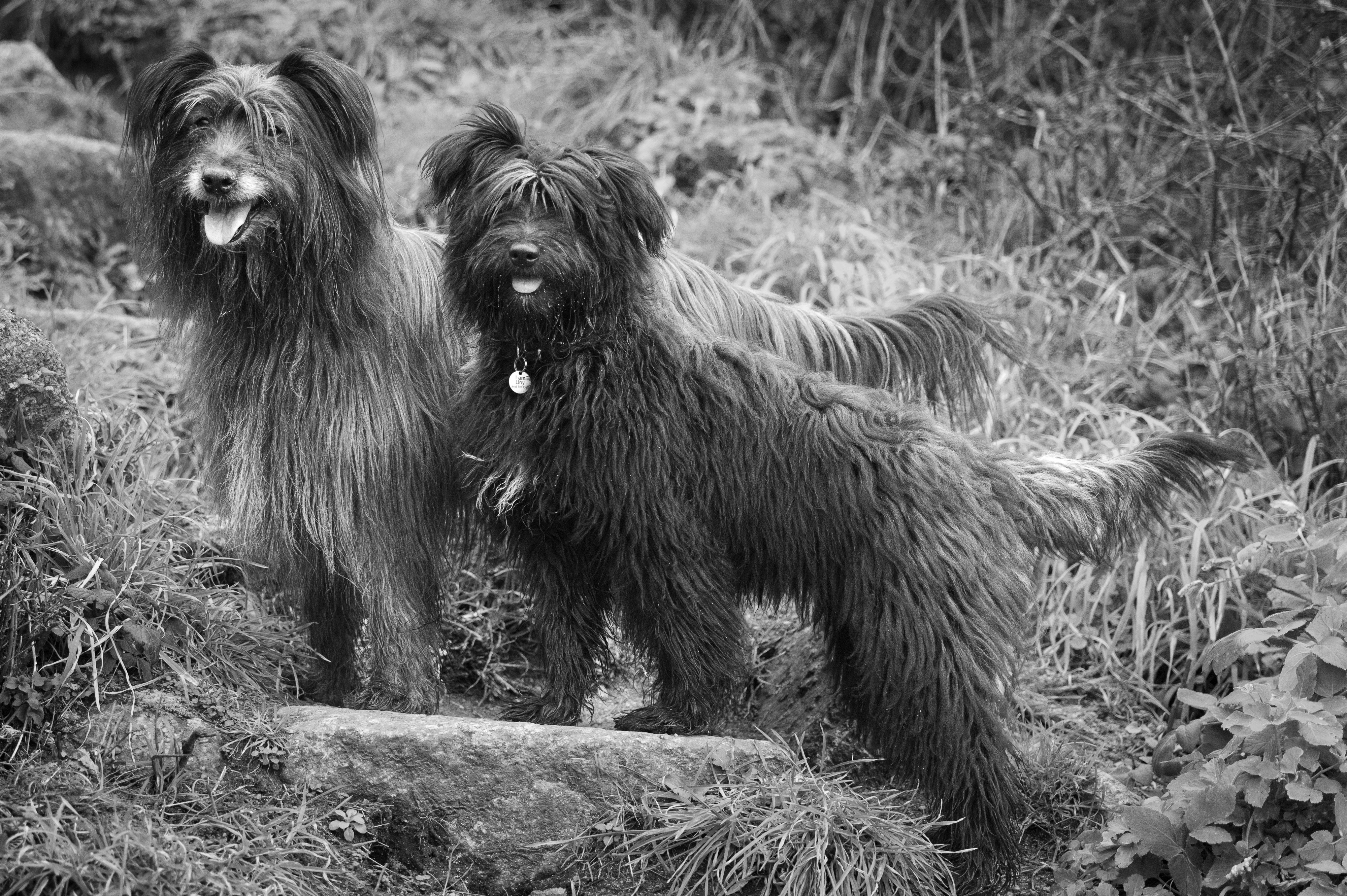
Matty and Uny
Leica SL3 with Leica Vario-Elmarit 24-90
Body and Design
Weight
Lots of people I've spoken to have hoped for a smaller and lighter camera, so it's worth looking at the developing size and shape of the Leica SL.
These weights and dimensions are from the respective spec sheets:
The SL is 147mm wide, 104mm high and 39mm deep, weighting 860 gms
The SL2 is 146mm wide, 107mm high and 42mm deep, weighing 838 gms
The SL3 is 142mm wide, 108 mm high and 50mm deep weighing 762 gms
The extra height is misleading, when compared at shoulder height the SL3 is 3mm shorter than the SL2
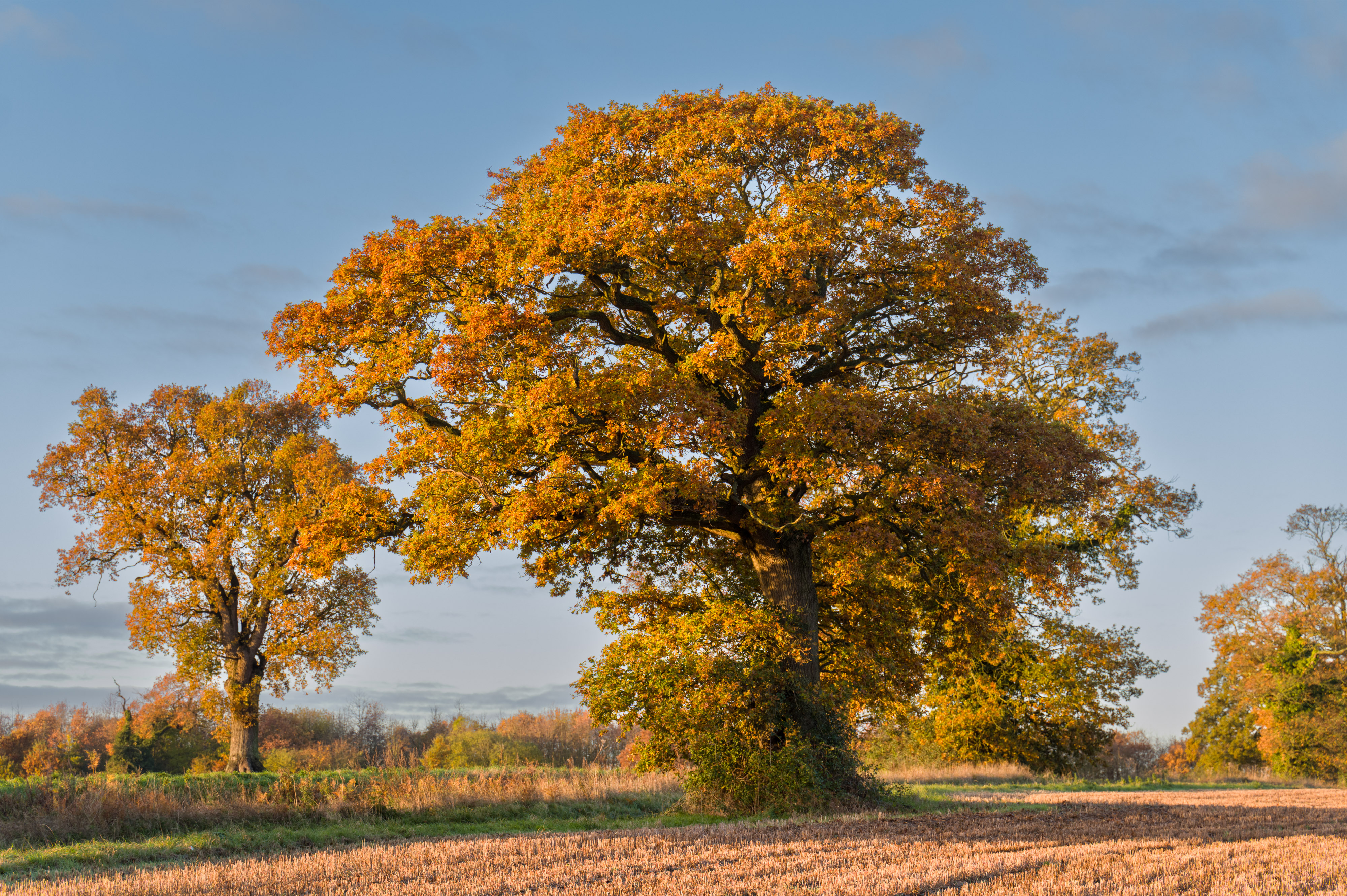
Autumn Oak
Leica SL3 with Leica 24-90 Vario Elmarit.
In actual fact the camera does definitely feel smaller and lighter than the SL2, added to which the deeper grip makes it easier to hold one handed. The narrow part of the body is slightly thicker (50mm vs 42). but although it's higher overall it's not quite as high at the shoulder, so if you have big hands you may be more likely to have a floating pinky!
I thought an interesting comparison was:
SL2 with 24-90 Vario Elmarit 2142 gms
SL3 with 24-70 Vario Elmarit 1760 gms
That's a significant difference - although you might prefer the 24-90!
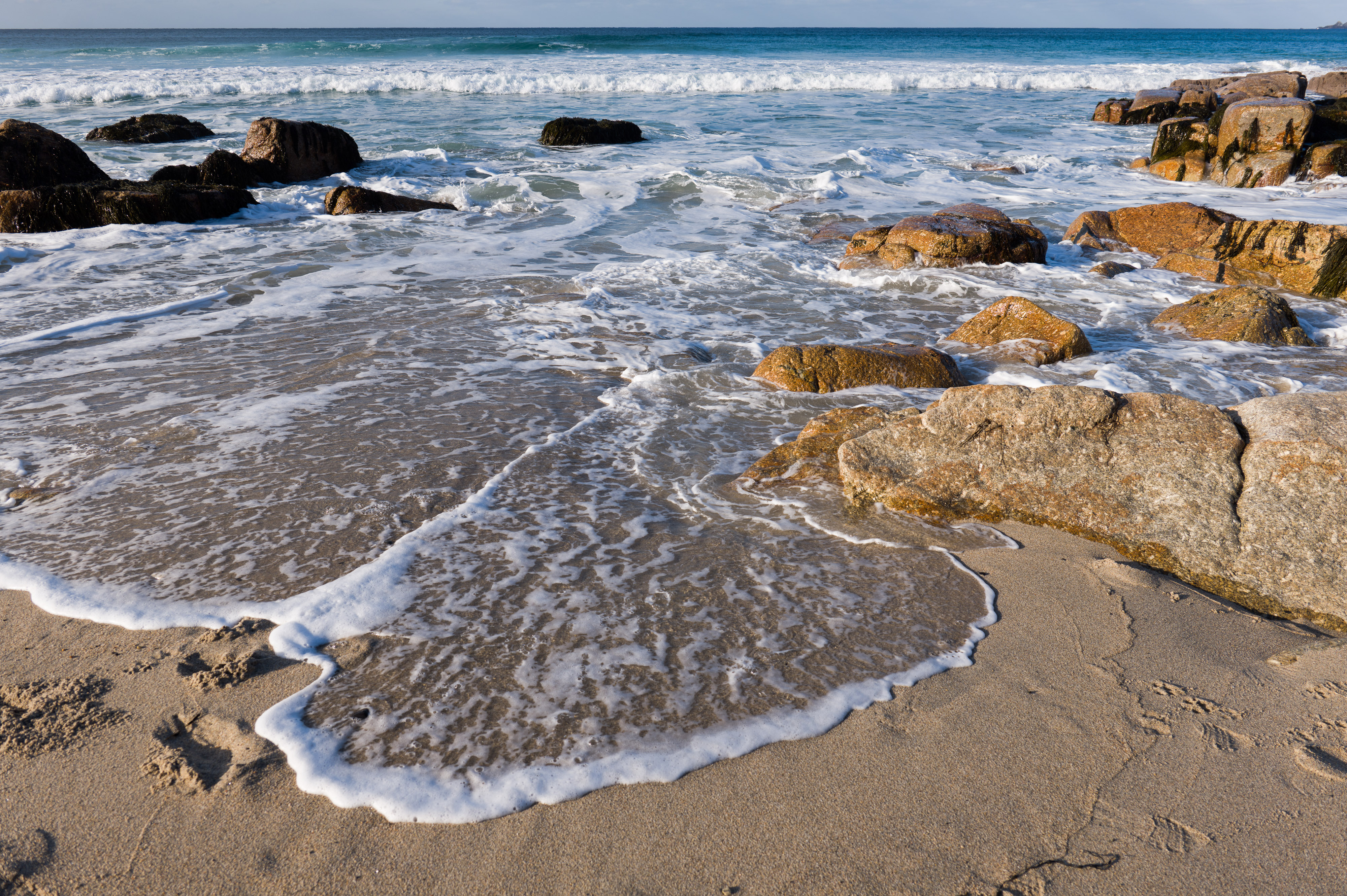
Sennen Sea and Sand
Leica SL3 with Leica Vario-Elmarit 24-90
Buttons and Dials
The layout of the buttons and dials is really similar - the only real differences being that the Play Fn and Menu buttons are on the right hand side of the LCD rather than the left, which seemed rather irritating at first, but you do get used to it quickly.
The only other difference is the addition of the extra dial on the top left of the camera - this defaults to ISO but can be set to exposure compensation or Shutter Speed. Currently I've left this at ISO, but I am considering setting it to Exposure compensation. I was a little worried that it would get knocked and changed, but it doesn't seem to be a problem.
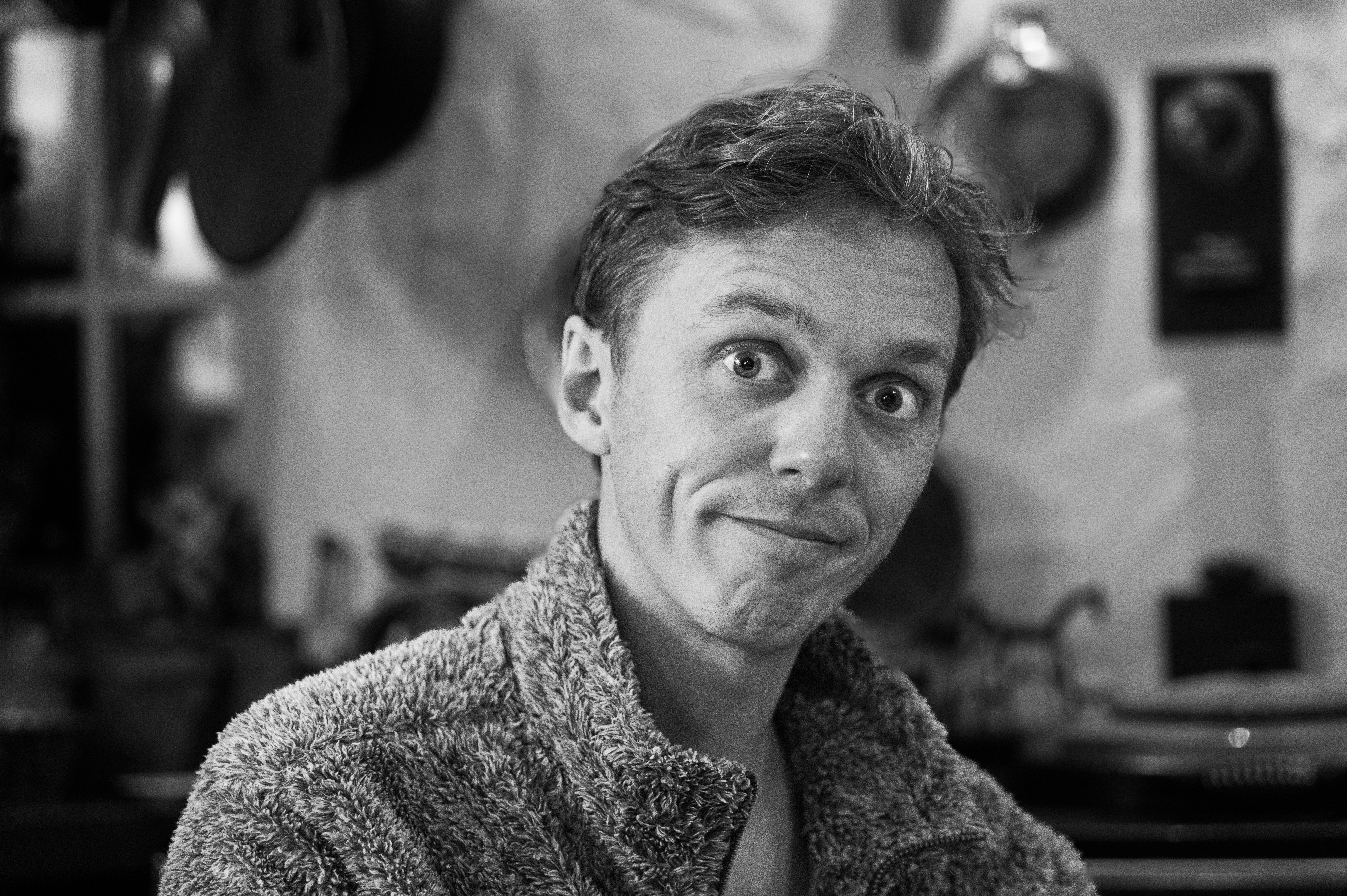
Sim Surprised at how good the High ISO is
Leica SL3 with Leica 24-90 Vario Elmarit. 12,500 ISO
Tilting LCD Panel
Finally - a tilt screen, I was unenthusiastic with the Q3, but for some reason I really like it on the SL3. This one has 2.3 million dots as opposed to the 2.1 million of the SL2 (not a big deal!).
If you shoot with EVF Extended then if you pull out the LCD it automatically comes alive with the image, pushing it back in again reverts to EVF Extended. This works really well.
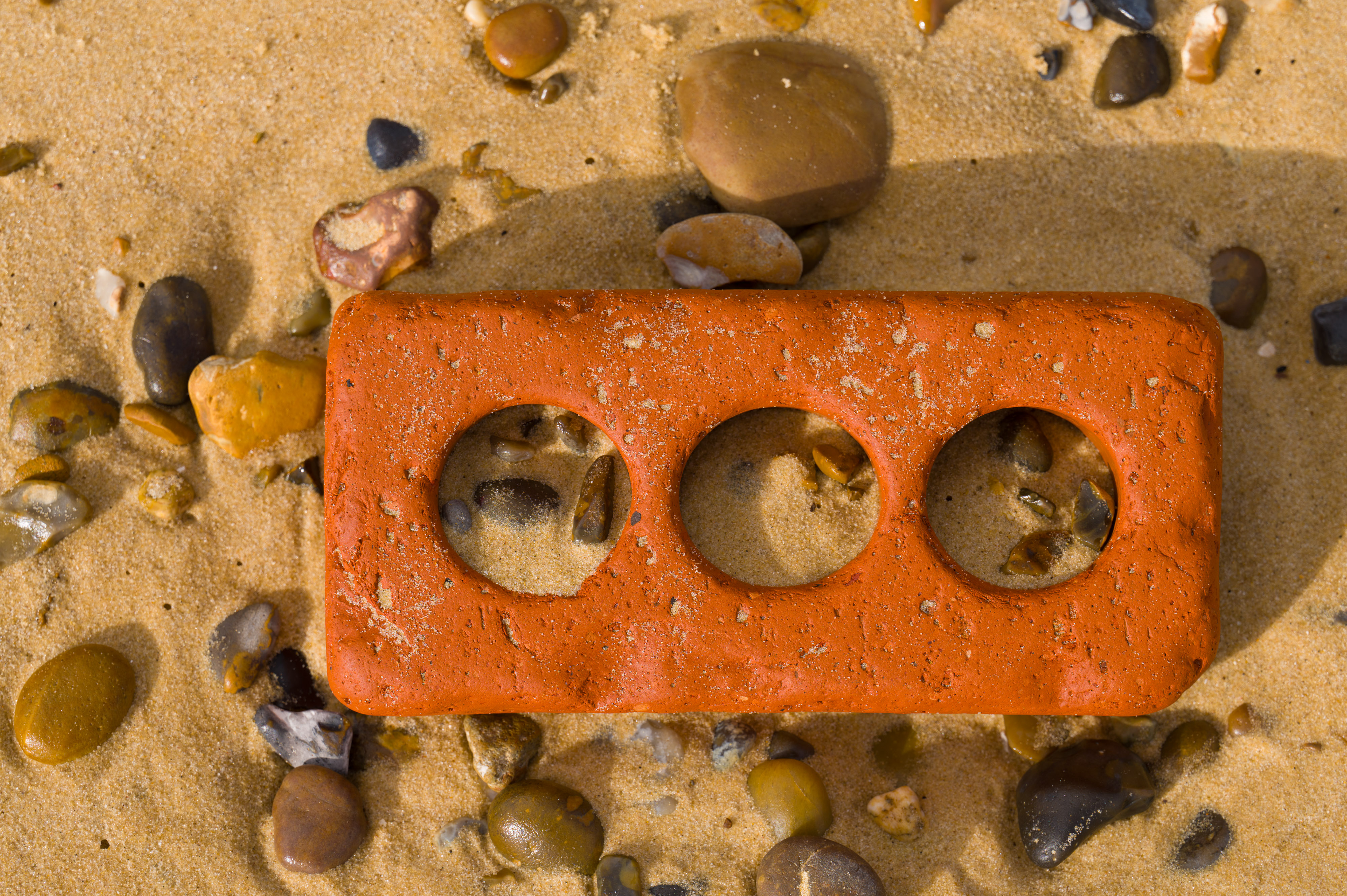
Orange and Sandy
Leica SL3 with Leica 24-90 Vario Elmarit.
EVF and Top Plate LCD
These are technically identical to the SL2. The EVF has 5,760,000 dots, which is less than some other recent cameras which have over 9 million. However, in my perambulations around the camera world I still think the SL3 EVF is the nicest I've seen, others are often too contrasty.
The LCD Top plate is the same monochrome 128x128 pixel panel, although the information shown has changed. At first I didn't think it was as good, but I've got used to it now and use it a lot to check settings.
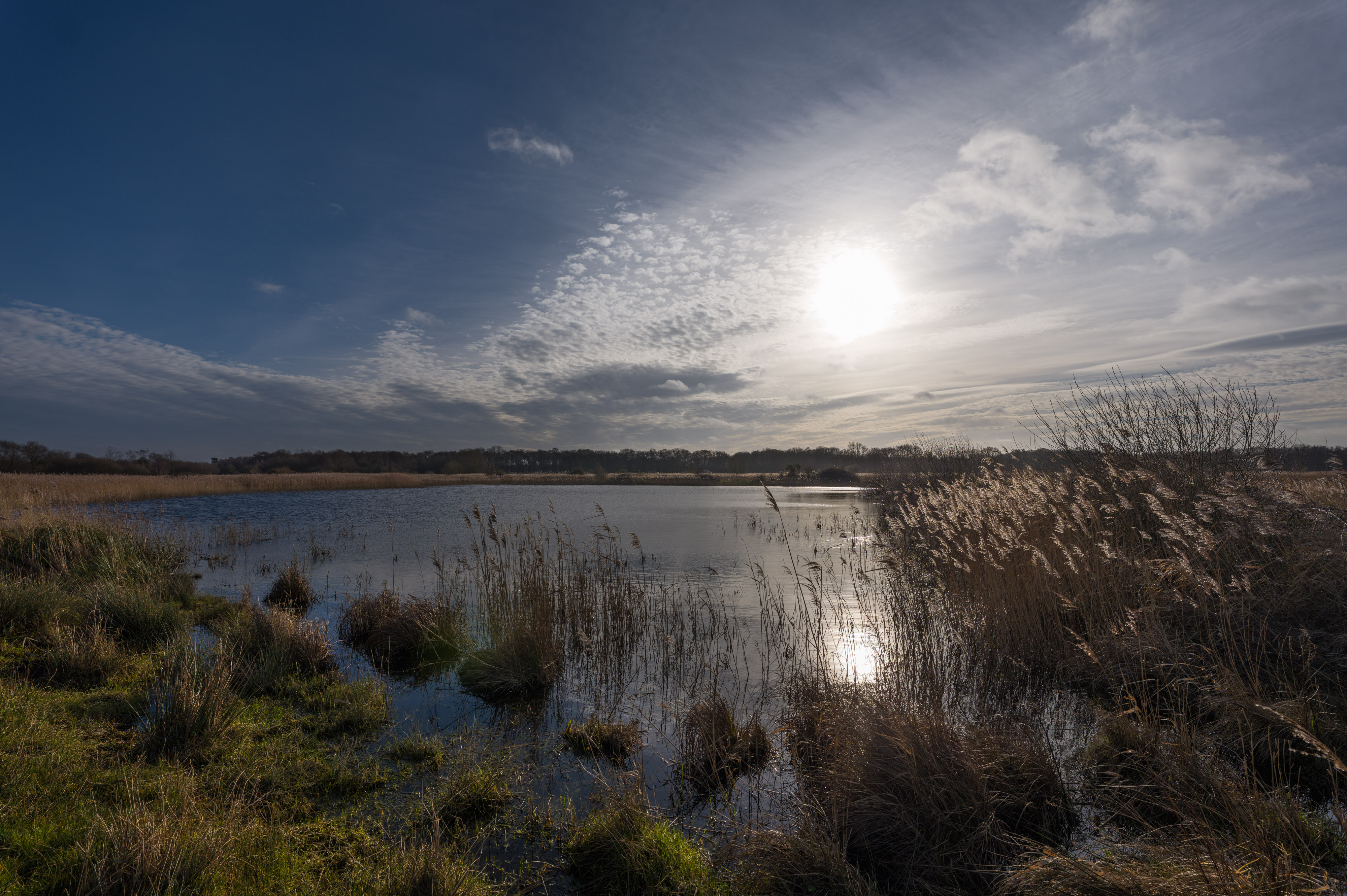
Dead Swan Lake Dawn
Leica SL3 with Sigma 14-24
Top Row:
PASM indicator - exposure - battery status
Second Row:
F number
Third Row:
Shutter speed
Fourth Row
ISO value
Bottom Row:
Exposure Compensation as + or 1 value
Talking to Leica the logic for removing the GPS status, Wifi etc. was that it really isn't an issue with the SL3 and Fotos, and certainly that's how I've found it to be.
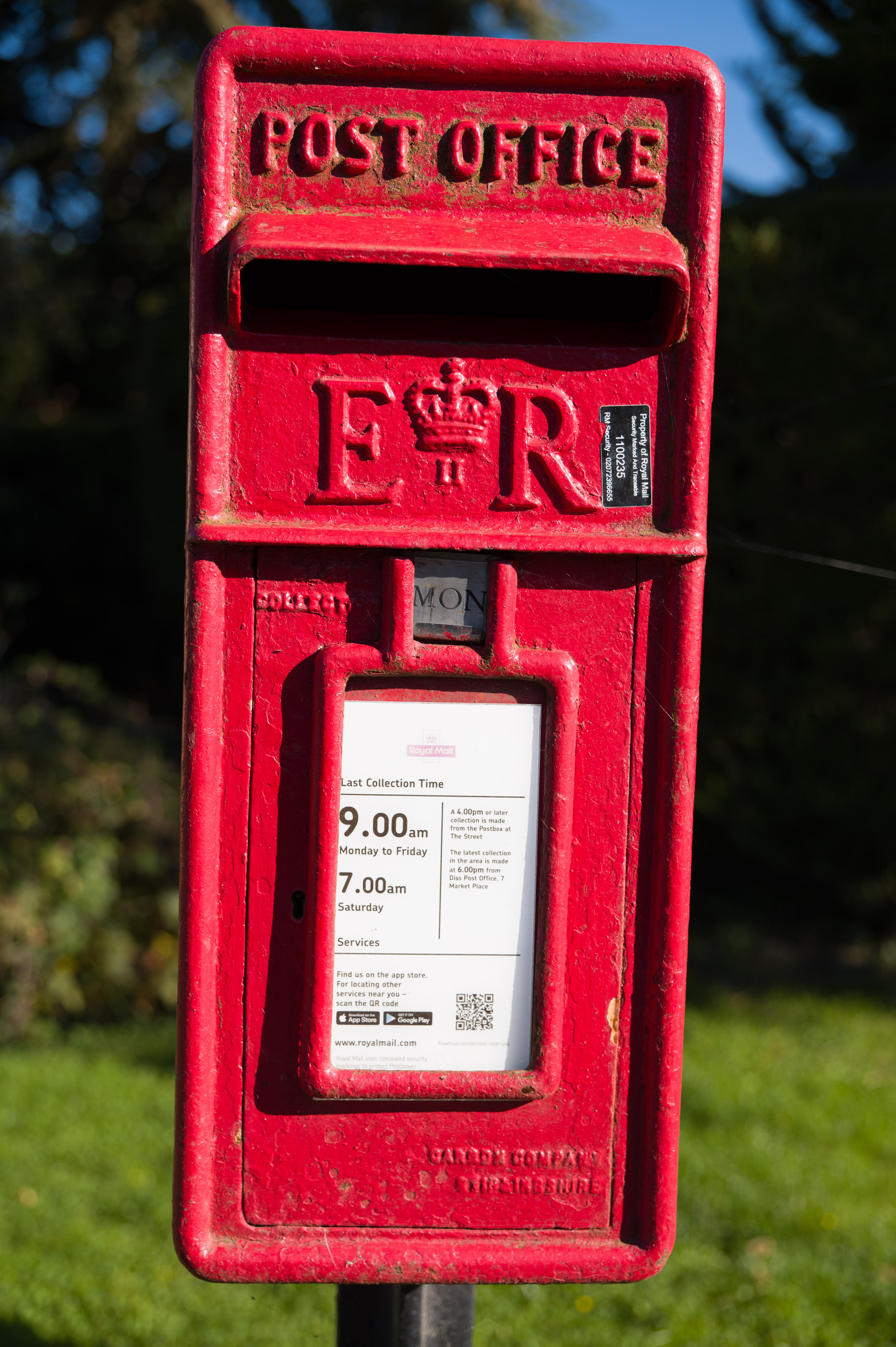
The Last Collection
Leica SL3 with 24-90 Vario Elmarit
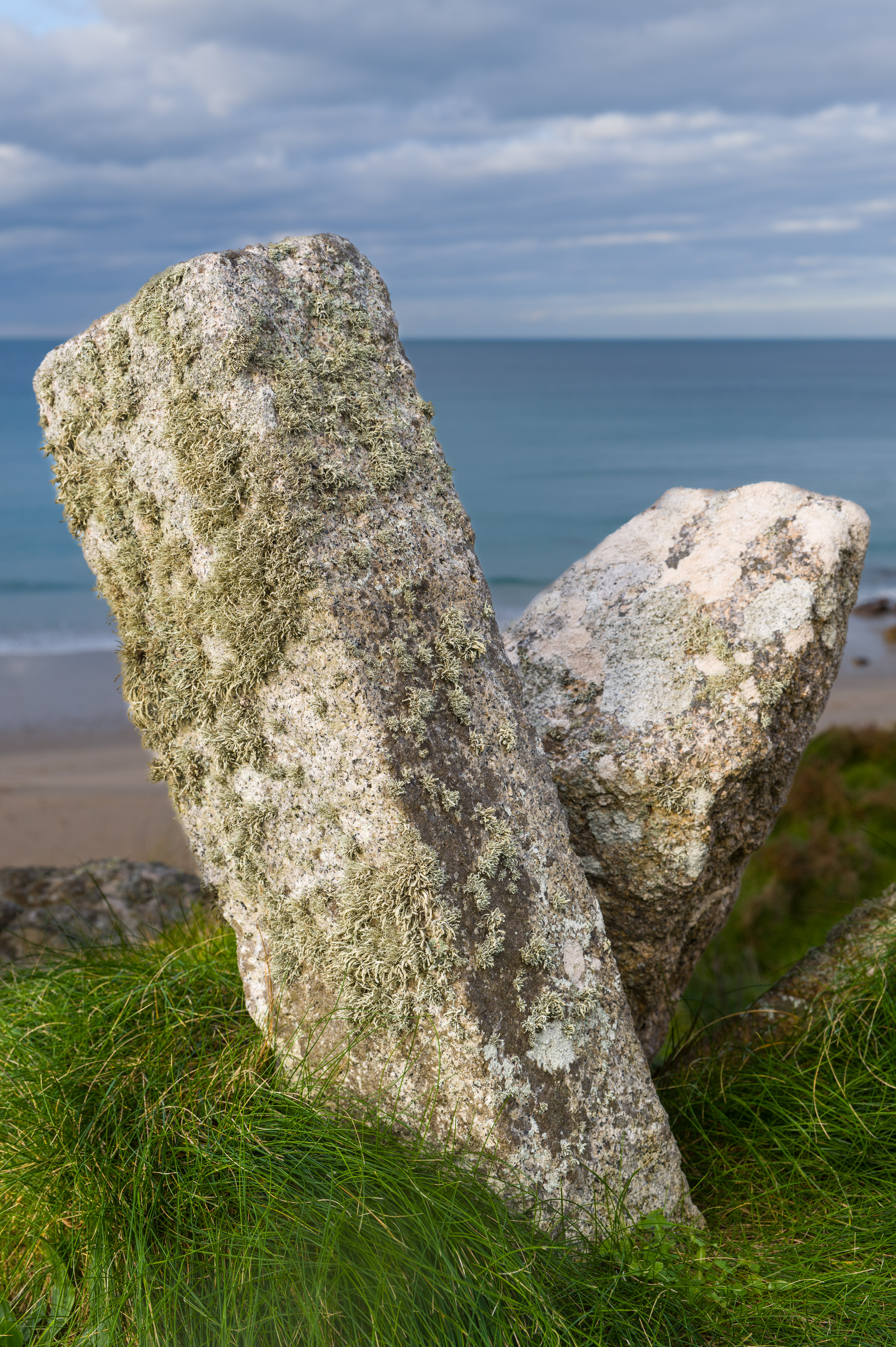
Criss Cross
Leica SL3 with the 24-90 Vario Elmarit
The On/Off Button
I can already see the on/off switch wars erupting on the various Leica forums!
The switch is in the same place, but has been changed to a button with a light around it
In normal operation the light is white - unless you put your eye to the viewfinder in which case it goes out, which is a nice touch.
A light touch turns the camera off and on - startup time is the important thing, and that seems to be fairly good (less than 3 seconds), the switch turns white pretty much instantly.
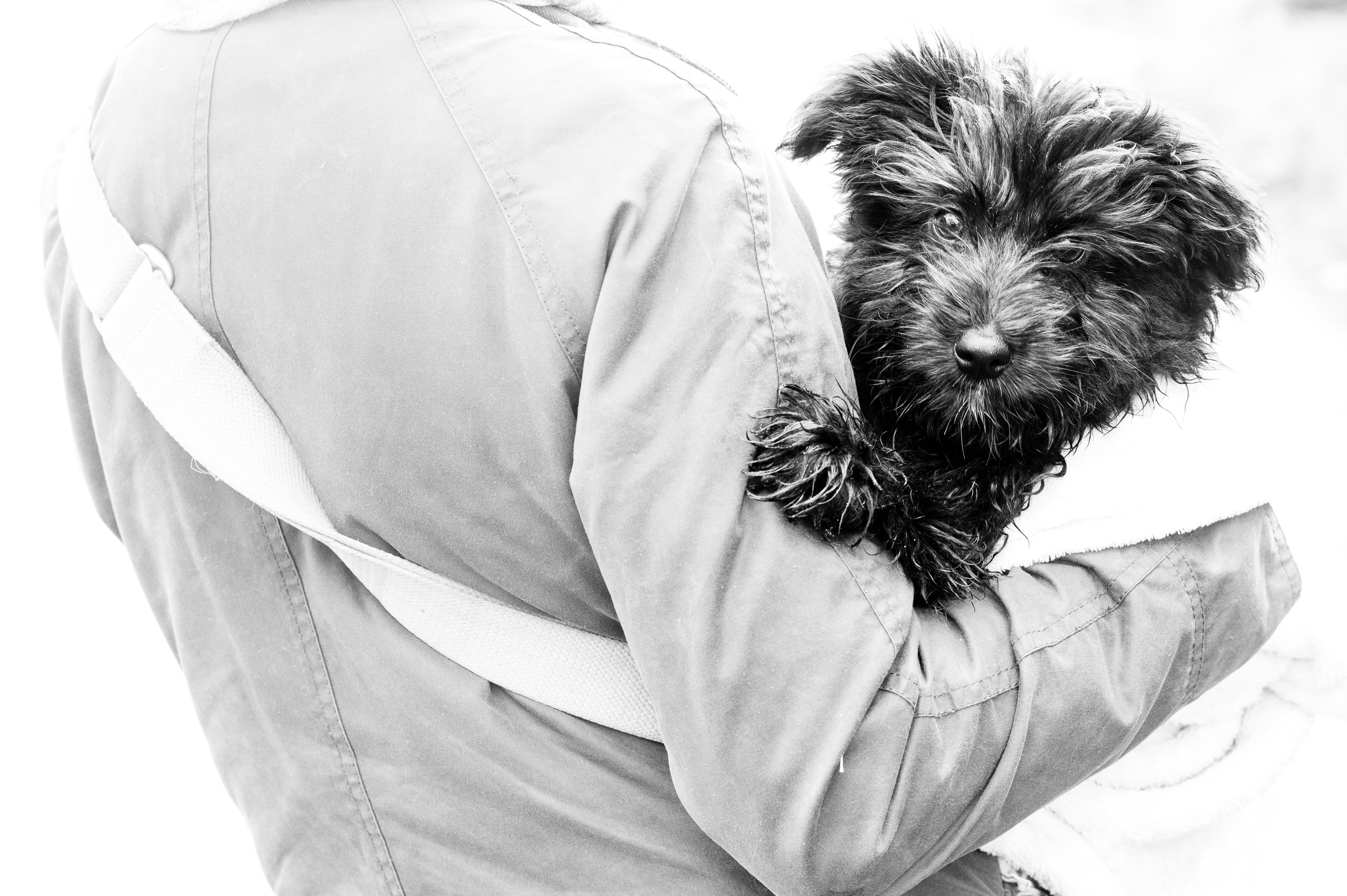
Puppy Peek-a-boo
Leica SL3 with Sigma 14-24
Turning it off is not quite so perfect - pressing the switch appears to do nothing for approximately 5 seconds, when the top plate LCD goes blank and then the white light fades. If you aren't concentrating you might not be sure if you've turned it off or not - repeatedly pressing it doesn't seem to make any difference though.
If you have the LCD on, then it will come up with a message saying "Auto Power Off" and in the EVF as well if you happen to be looking (not something you would normally do if you are turning the camera off).
When the camera is charging via USB-C then the light goes green.
When the battery is low the light perhaps ought to go red - but it doesn't seem to!.
I think this needs a bit of resolution - especially the messaging, and where it appears, on the other hand I think it's a good development, and after a few months it definitely seems like an improvement on the old manual switch.
I also think that it has the prospect of providing lots more information in the future.
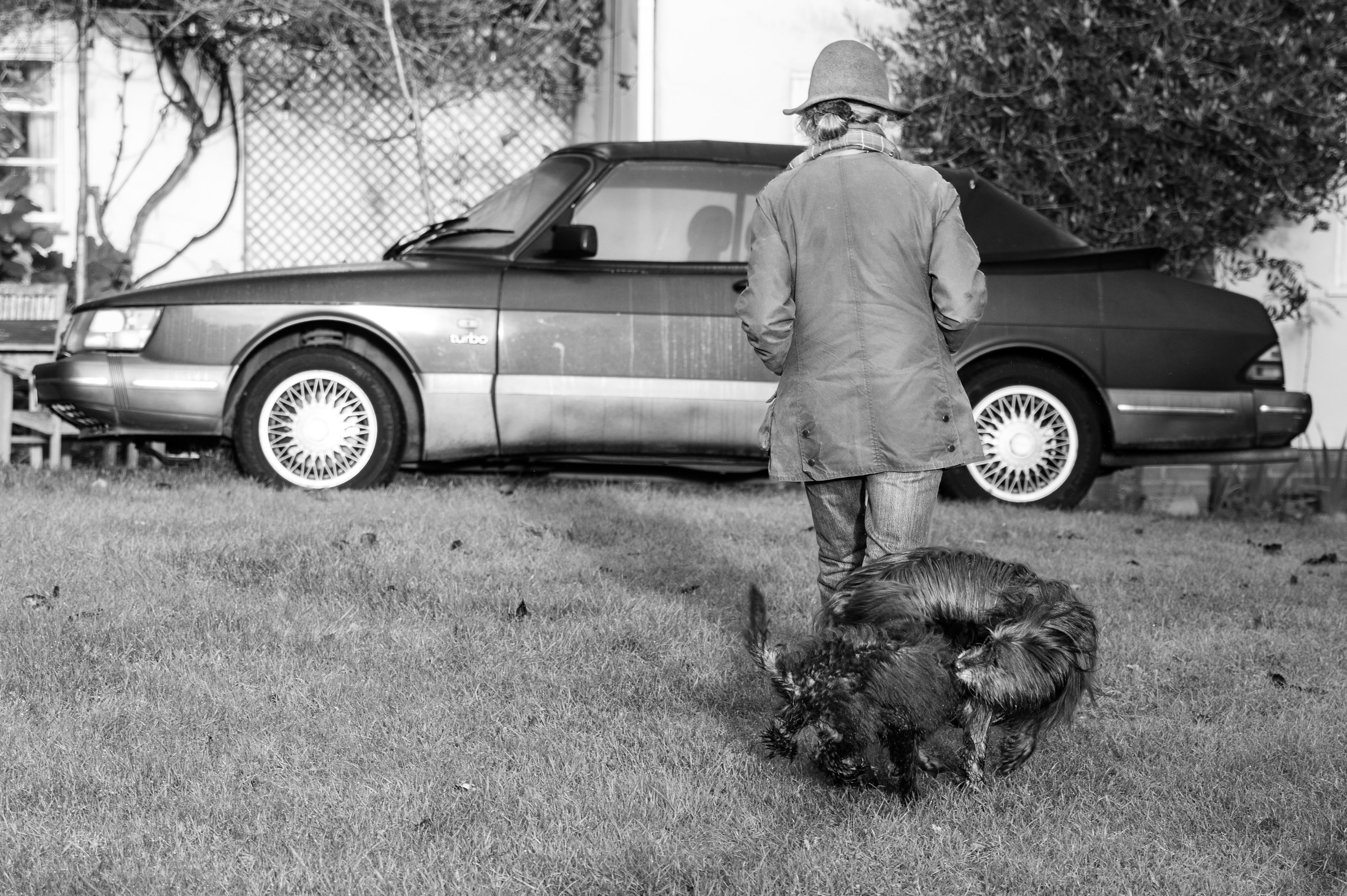
Car and Kerfuffle
Leica SL3 with Leica 24-90 Vario Elmarit
The Processor
The SL3 has the new Maestro IV processor (like the Q3; the M11 uses the Maestro III). This comes with 8gb of buffer memory as opposed to the 4Gb of the SL2. This allows for very fast write times, especially in conjunction with the new CF card slot. Even more importantly (in my mind) the SL3 has a much faster start up time, and wakes from sleep very quickly too.
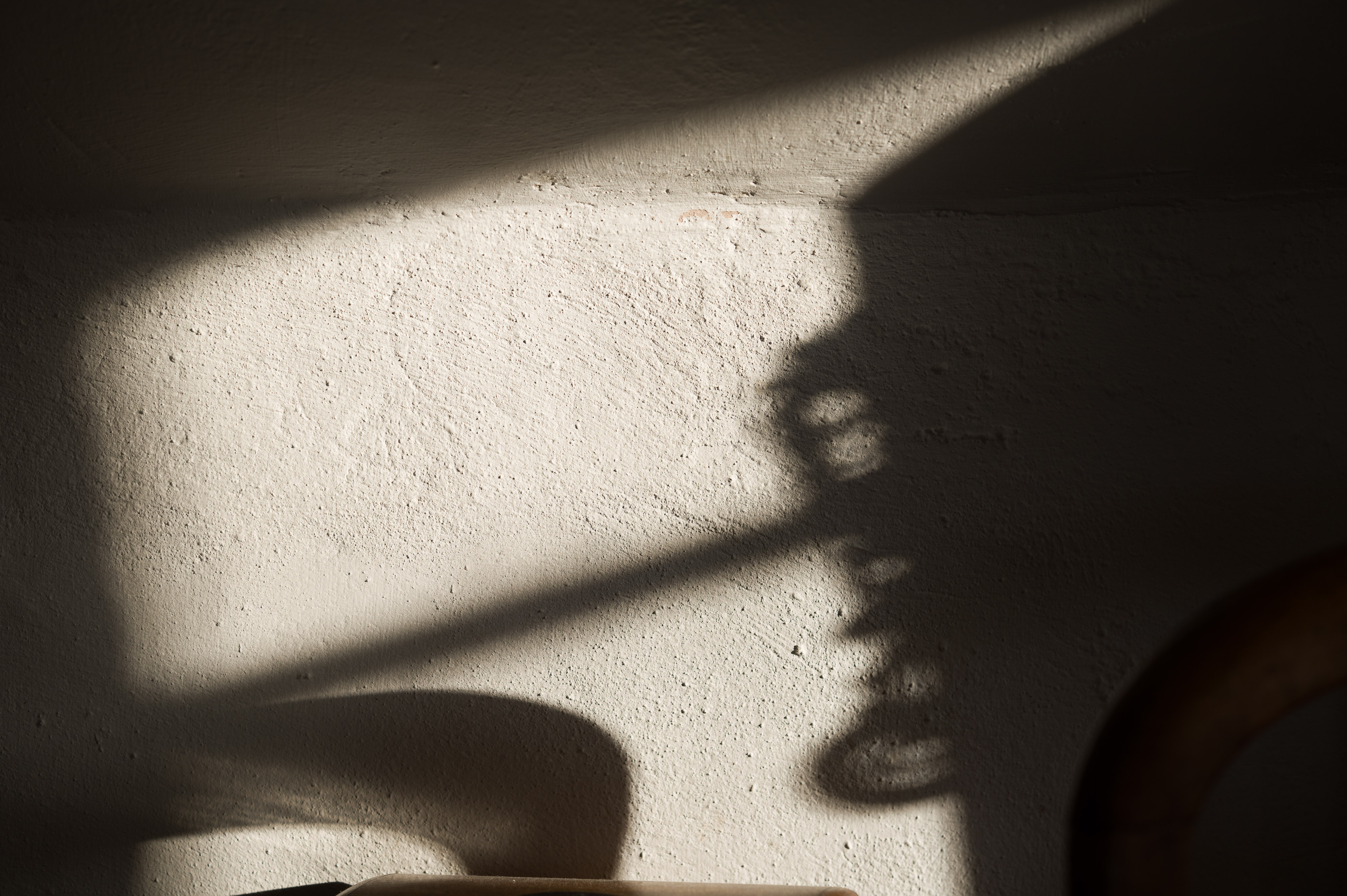
Curve and Spike
Leica SL3 with Leica 70mm APO Summicron SL
The Card Slots
Perhaps some people will be sorry that the camera doesn't have a huge internal memory (like the M11-P) but I think most serious photographers will prefer card slots to internal memory. There is one SD card slot (UHS II) and one CF Express type B slot. In most cases I've just been shooting to the CF Express card and then uploading to Lightroom using a USB-C cable. The CF slot is important for video and fast storage, but nice to have the SD card slot for backup and emergency.
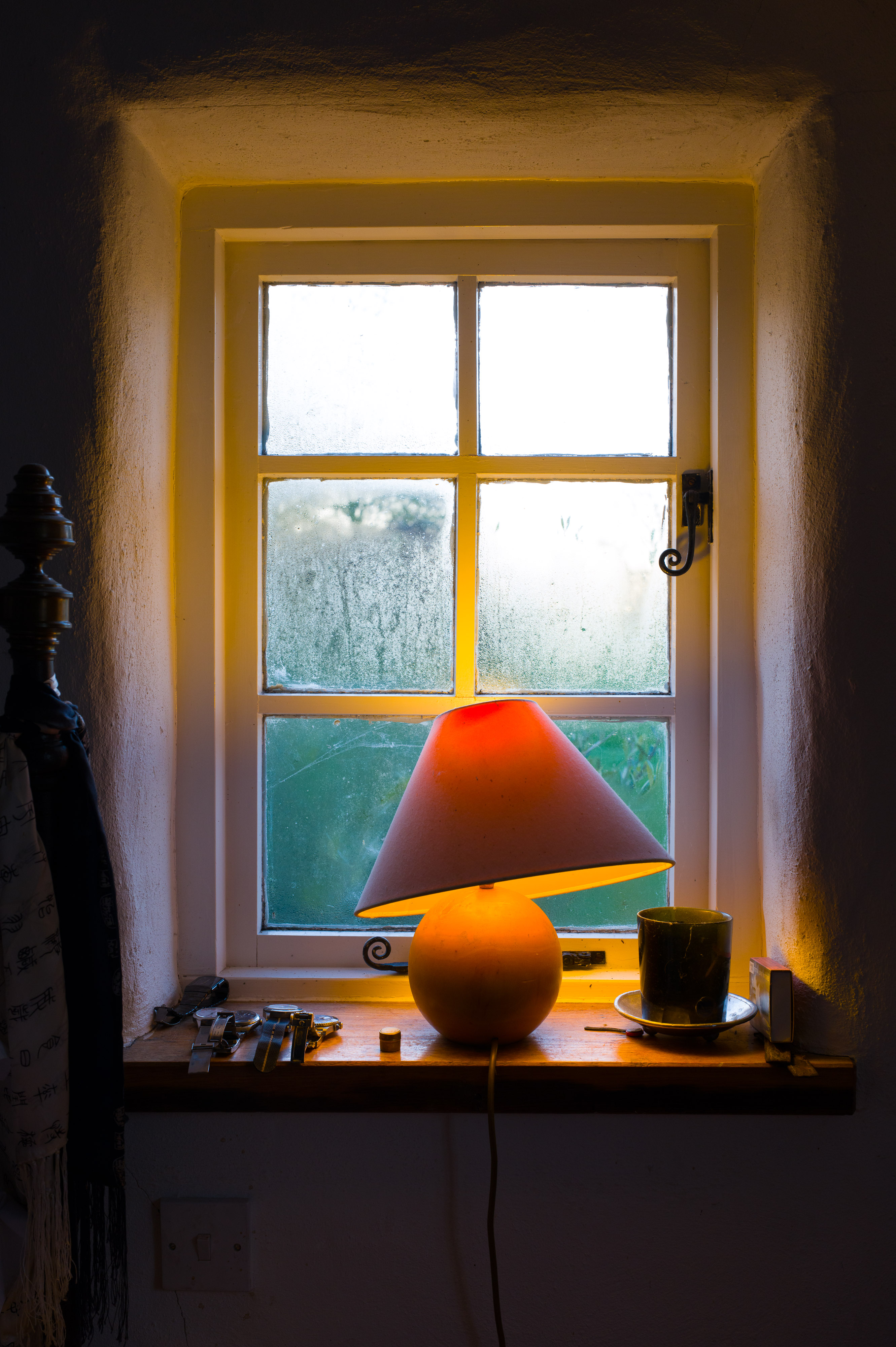
Morning
Leica SL3 with Leica 35mm APO Summicron SL
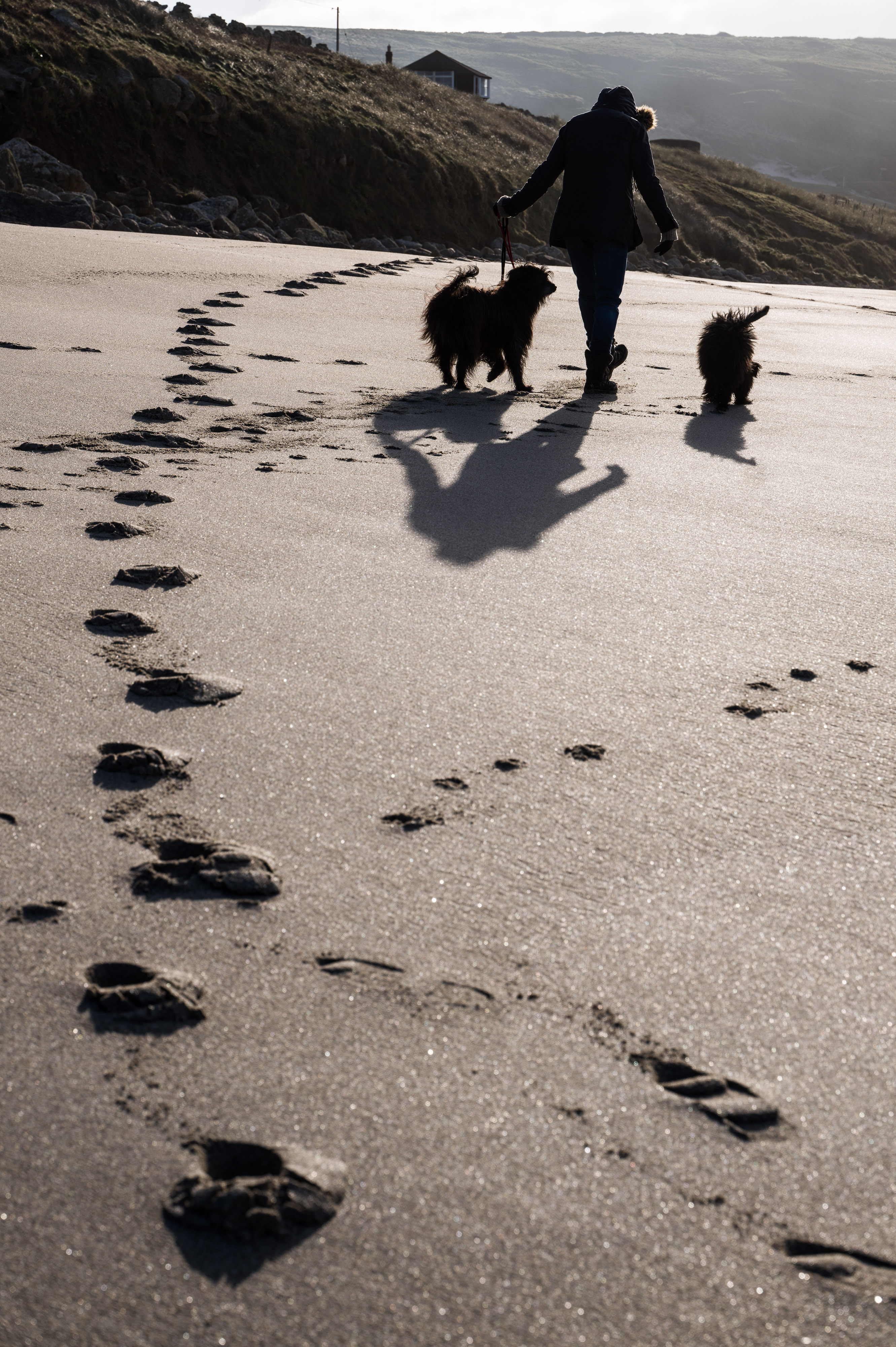
Footprints in the Sand
Leica SL3 with the 24-90 Vario Elmarit
The Battery
Like the Q3 the SL3 comes with the new 2200 mAh BP-SCL6 battery (the BP-SCL4 battery which came with the SL2 is 1860 mAh).
You can still use the SCL-4 batteries in the SL3, but with some reduction of functionality (Burst shooting with shutter is only possible with 2fps and video is only available in FHD (no 4K and no 8K). The camera warns you about this if you put in one of the old batteries (and makes the ring round the on/off button turn red).
The battery life is not wonderful - depending on how you use the camera. However, you can use a power brick with the camera, and charge through the USB C socket even whilst shooting, which makes this shortcoming less of a problem.
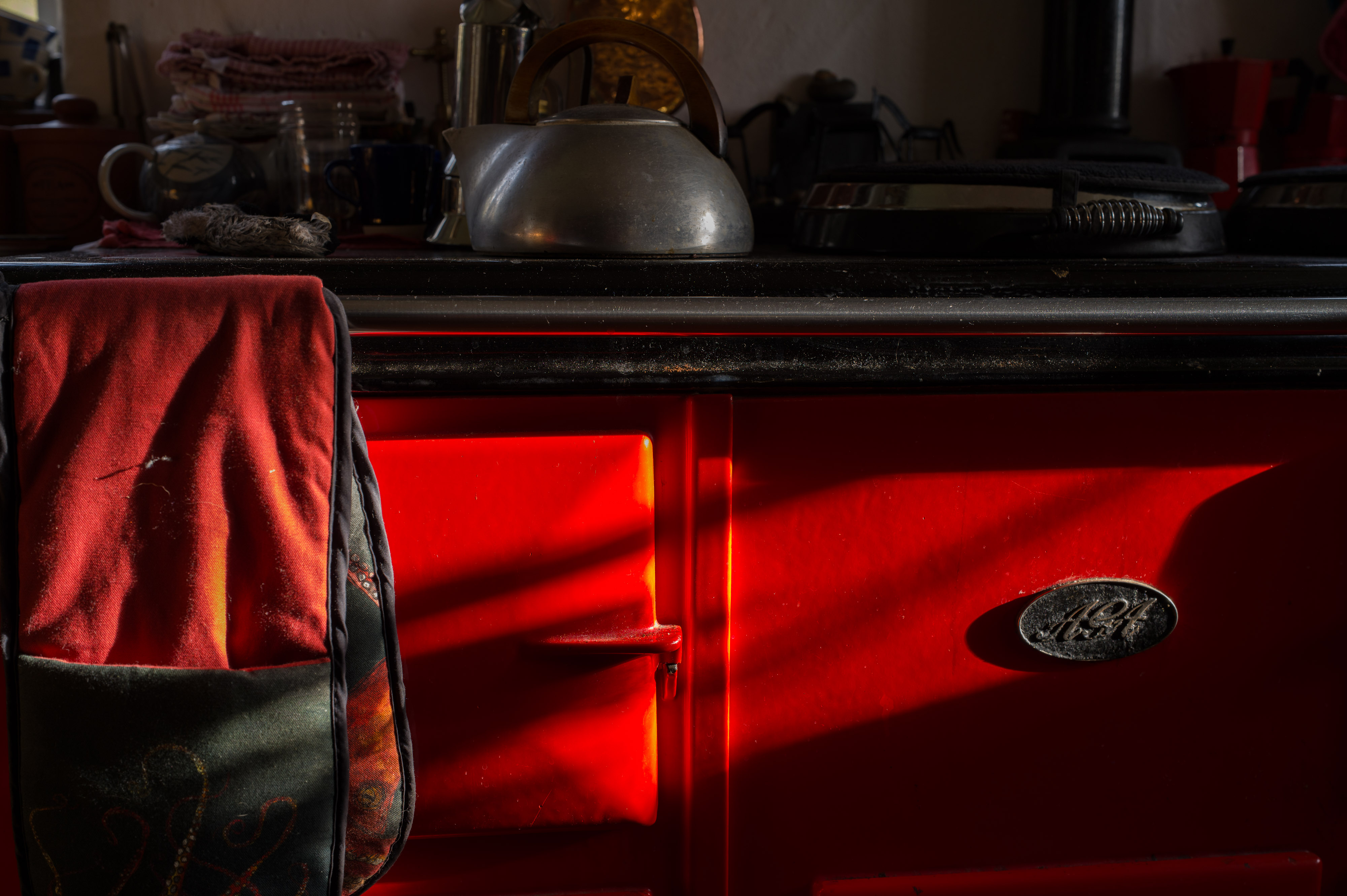
Morning Tea
Leica SL3 with Leica 35mm APO Summicron SL
The camera ships without a charger, which is an interesting decision. A double charger will be available as a separate accessory. In addition there will be a DC coupler which can be inserted into the camera's battery slot to ensure a continuous power supply via USB-C.
I've been mostly charging the camera via USB-C - for best functionality use a charger with at least 27W.
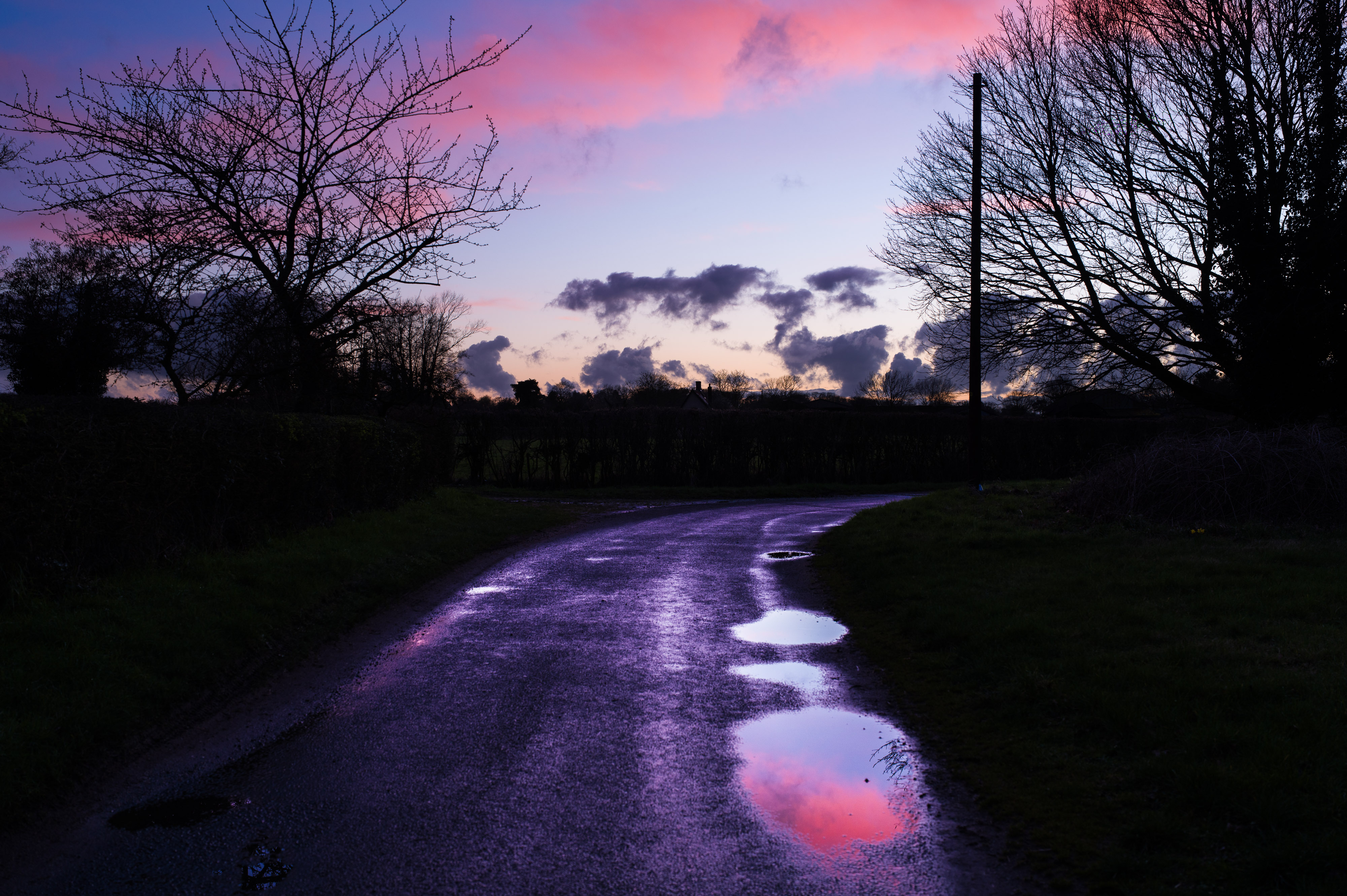
On the way home from the Pub
Leica SL3 with Leica 35mm APO Summicron SL
The USB C Port
The camera comes with a very chunky fabric USB-C to USB-C cable, and you can configure the port to be:
- Mass Storage
- PTP
- Apple MFI
- Choose On Connection
For connection to my Macbook Pro and Lightroom classic I've found Mass Storage to be the best and fastest - but I've also found that some of my other USB-C cables seem to do a better job of recognition than the Leica specific cable.
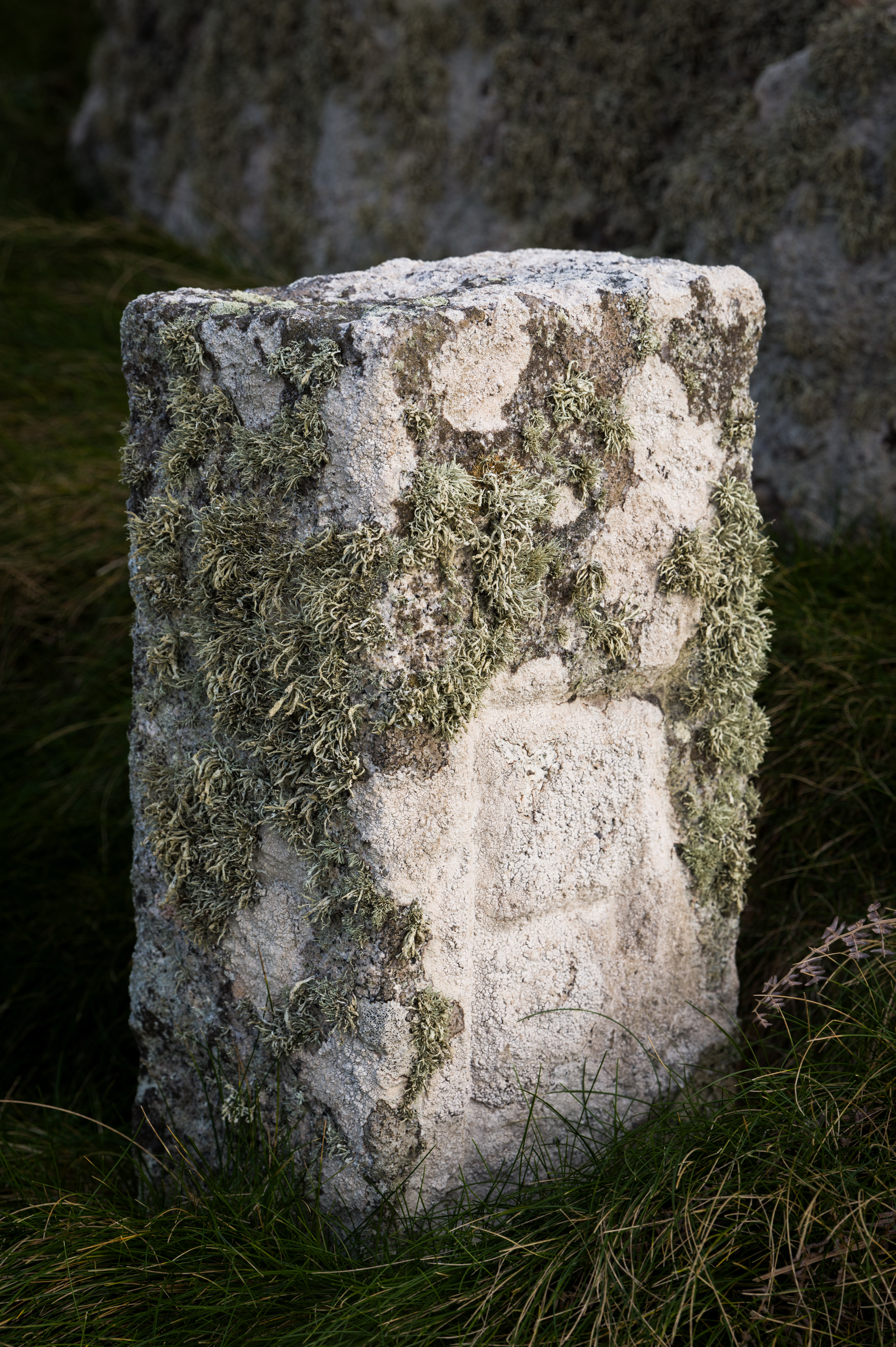
Granite and Lichen
Leica Sl3 with 24-90 Vario Elmarit
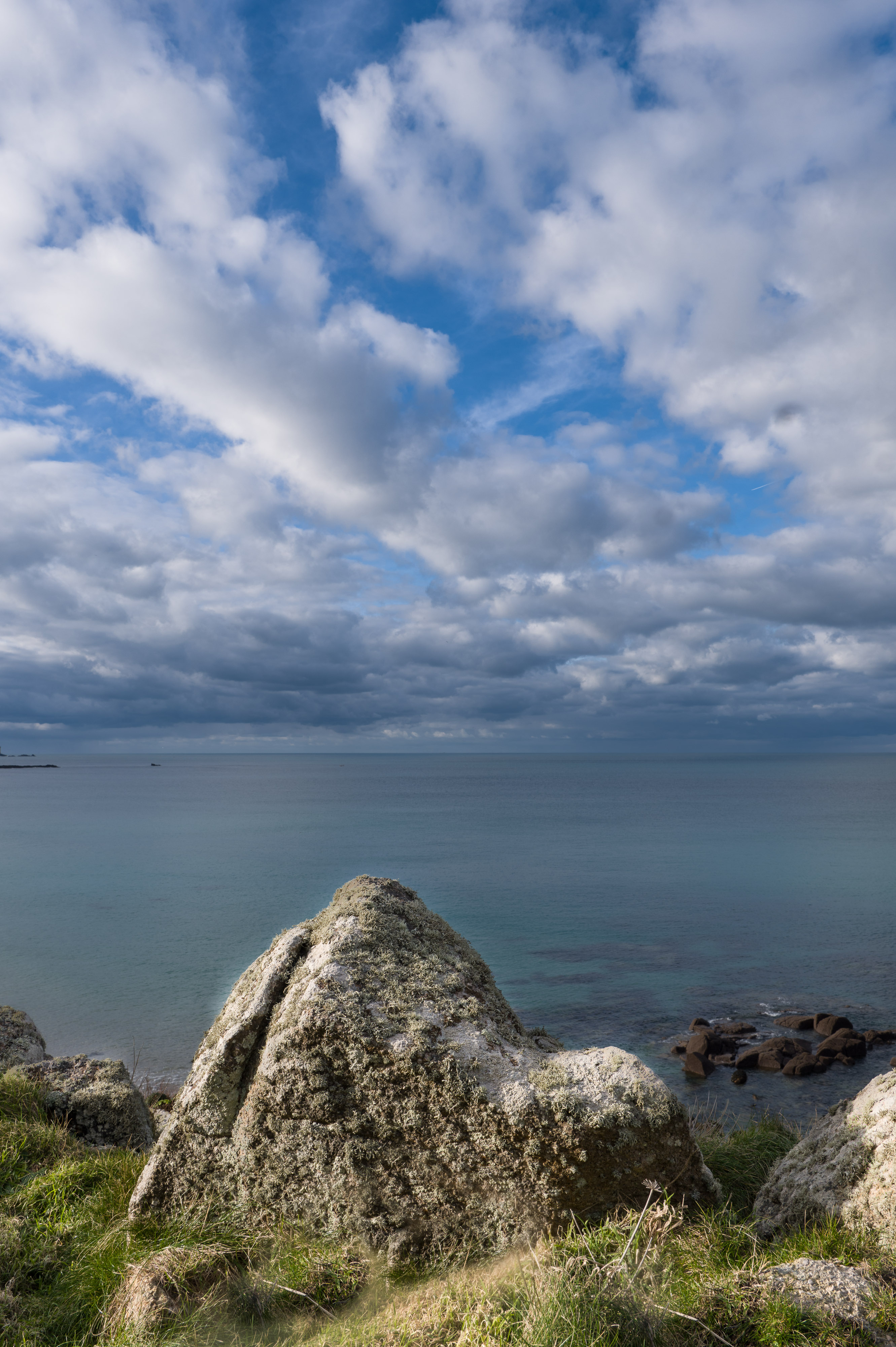
Point to the Sky
Leica Sl3 with 24-90 Vario Elmarit
The Timecode Socket
On the side of the viewfinder bump there is now a plastic screw in cover with a timecode socket underneath (it looks just like a flash synchro socket).
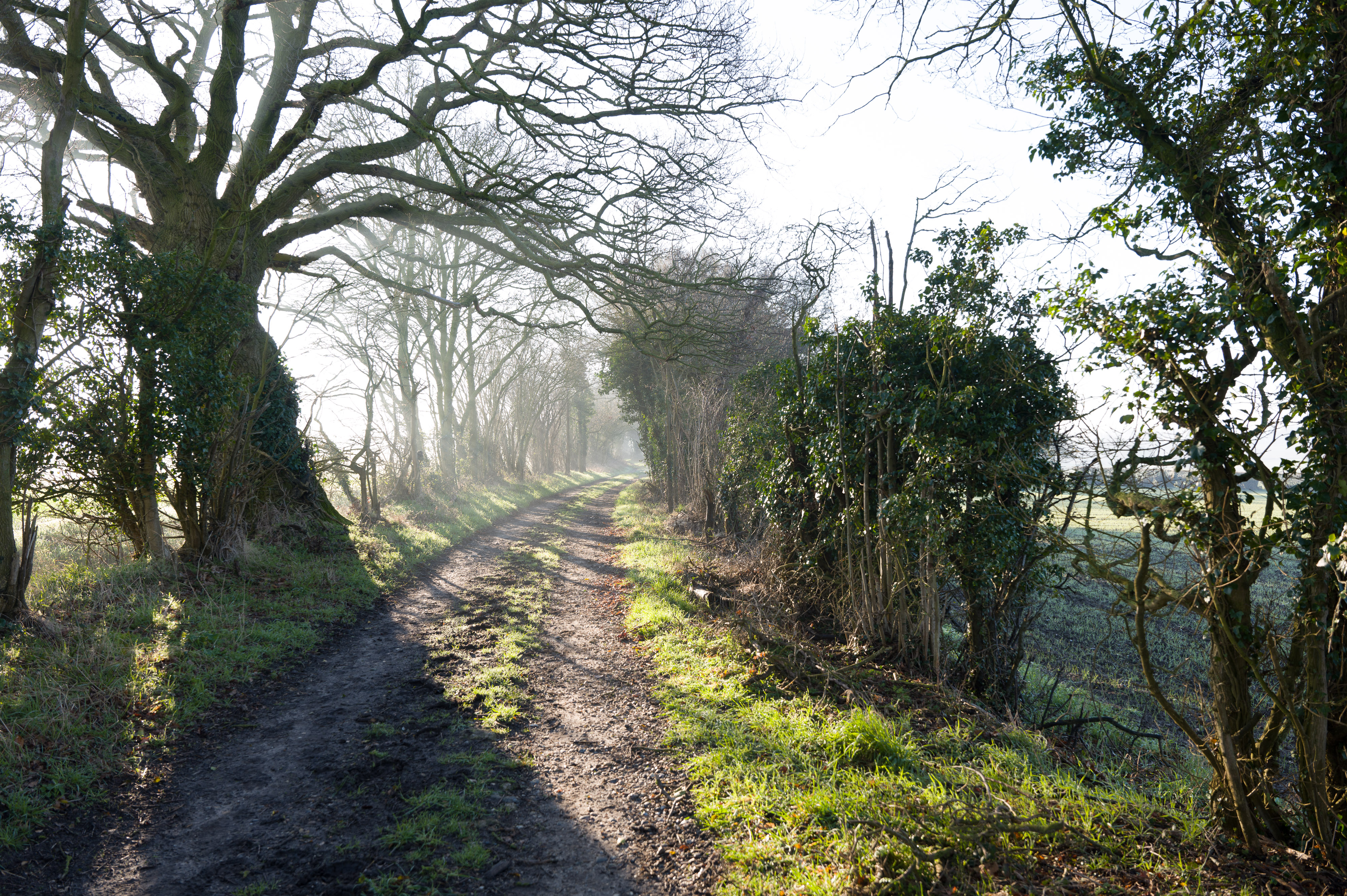
Misty Morning
Leica SL3 with Leica 24-70 f2.8 Vario Elmarit
Content Credentials
Development schedules meant that there was no way of including the chip for Content Credentials in the SL3. This is rather unfortunate after all the coverage of it for the M11-P, but it's understandable in terms of development cycles.
In Body Image Stabilisation
The In Body Image Stabilisation at 5 stops is the same as the SL2 - and is good, as it was in the SL2
The New Shutter
To help keep the size down the SL3 has a new mechanical shutter, it's fractionally louder than the shutter of the SL2, which is a pity.
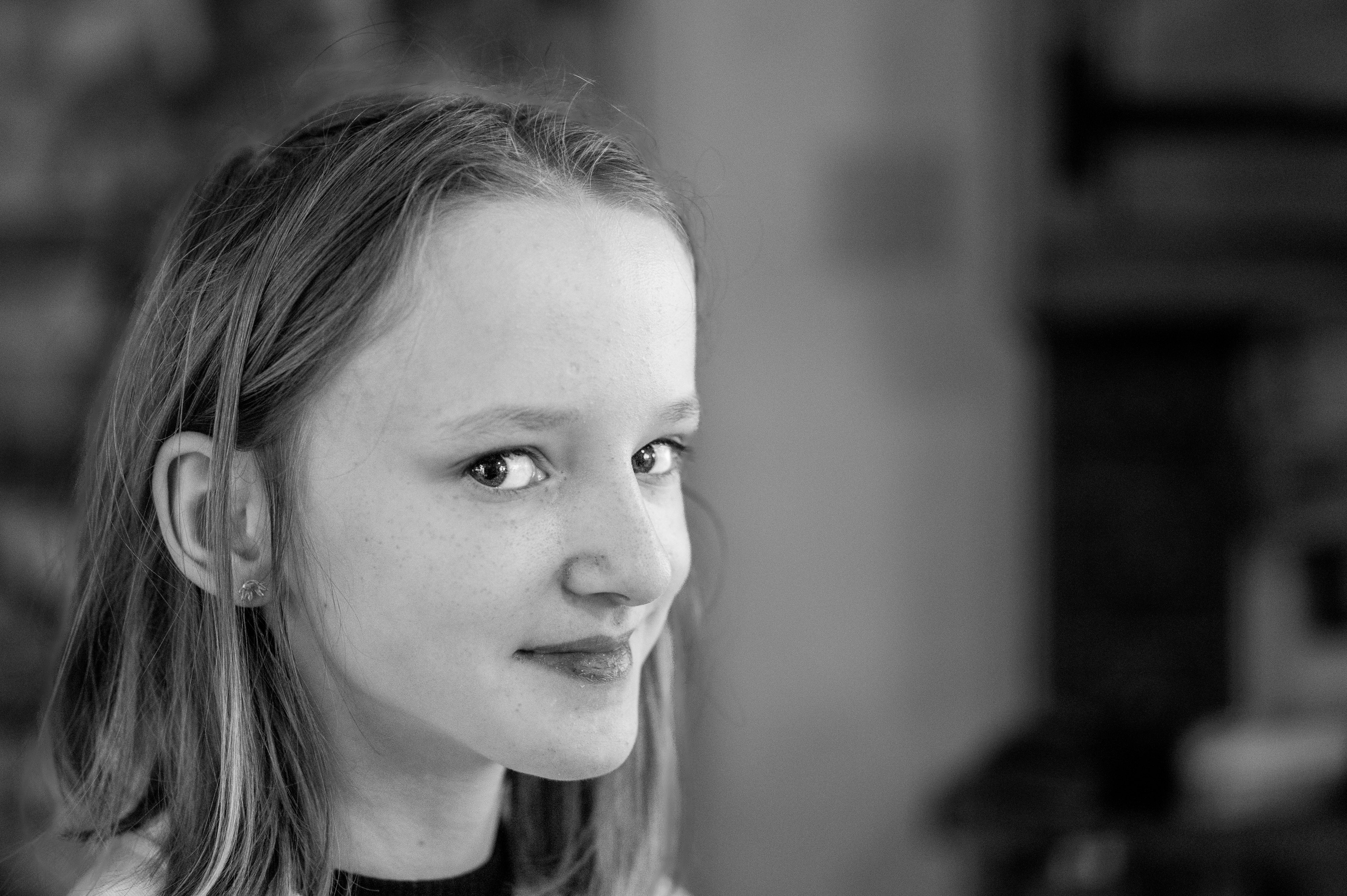
The Look Look
Leica SL3 with Leica 75mm APO Summicron SL
The New Sensor
The SL3 has a 60mp CMOS Back Side Illuminated sensor (the SL2 has a standard CMOS 47.3mp sensor).
It has an incredible 15 stops of dynamic range but still manages to achieve about a stop or stop and a half improvement over the SL2 in high ISO noise. The downside of this is that it has a relatively slow readout time (the time the processor takes to read all the data from the sensor). This has two effects.
Firstly it causes 'rolling shutter' so that with moving subjects using the electronic shutter you may get slanting verticals.
Secondly it means that when shooting single shots there is a small blackout time after the picture has been taken (this is the same as the Leica Q and the M11 which use a similar sensor). You can fix this small blackout easily by setting drive mode to 2 frames a second - which will also put you into continuous focus.
For most of us, for most of the time this is really not an issue, more importantly shutter lag is almost non existent, the blackout is only an issue when shooting single shot fast.
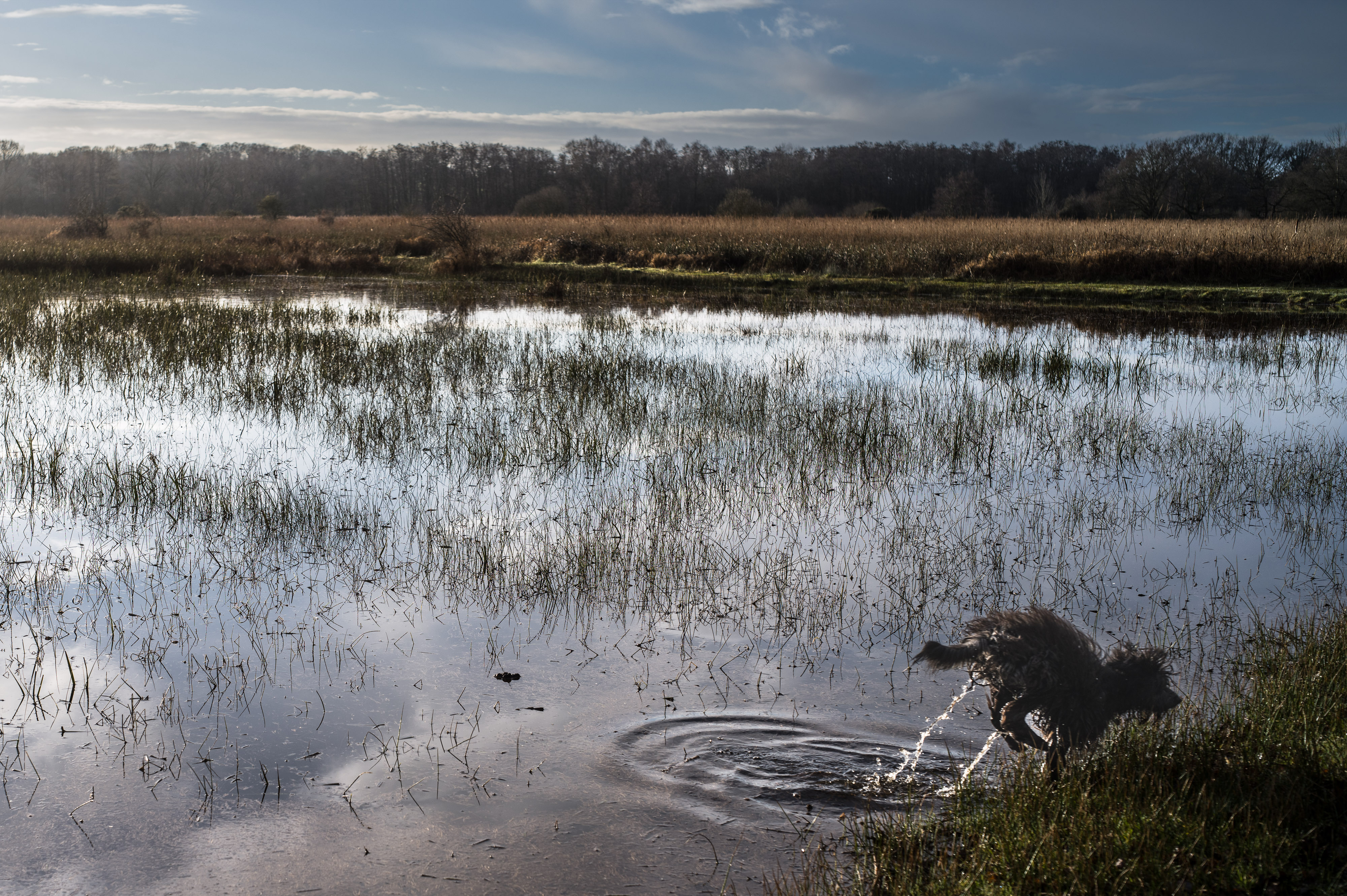
Jet Propulsion
Leica SL3 with Leica 35mm APO Summicron - M
Interlude a Trail of Disaster (part 1)
I got the SL3 test camera in October, it arrived at the same time as our new puppy.
Photographers should never get black puppies, but that's what we did! Of course the huge dynamic range of the sensor is really helpful.
I thought the new phase detect Auto Focus would magically mean that I could track my puppy zooming around at high speed, especially with it's 'animal detect' mode. But action photography is not something I've done much of in the past, and the results were disappointing.
So I started reading about action cameras, and thought that maybe I'd splash out and get something renowned for its tracking and action photographs.
So I bought the OM Systems OM-1 with a couple of lenses, settled down with the manual and learned how to use it. Sure enough it did track the puppy well, but the small 20mp sensor didn't provide the resolution and cropping ability I was used to. More than that the µ4/3 sensor had quite serious noise in our dreadful winter light.
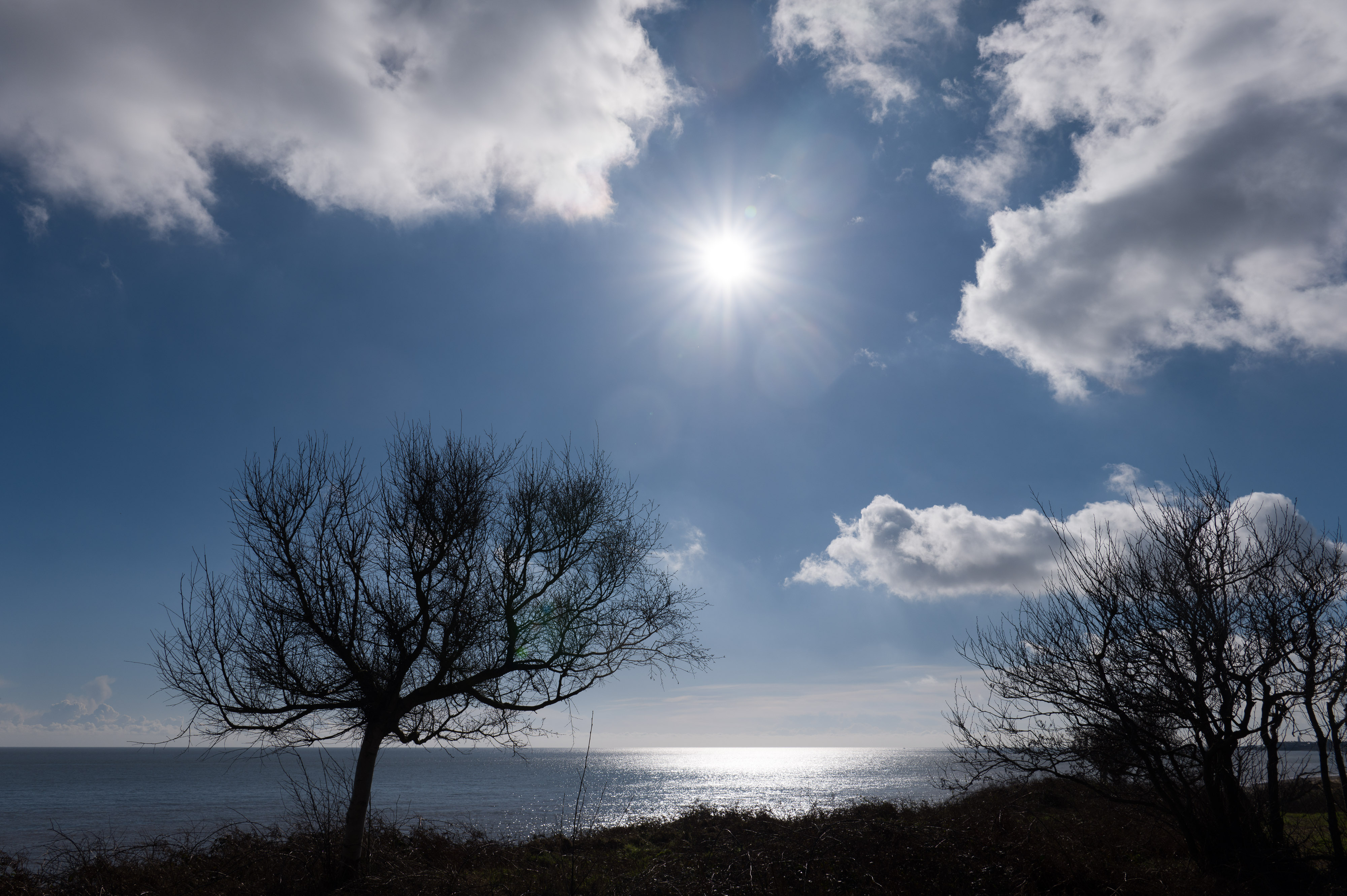
Covehithe Sparkle
Leica SL3 with Leica 24-90 Vario Elmarit
So I went back to WEX (wonderful WEX) and changed the kit for a Sony A7R V and a couple of fast zooms (GM 11 zooms). I realised the sensor was quite similar to the SL3, but it seemed to have got great reviews for its autofocus. But whilst the tracking might be great, the hit rate with an 8kg ball of fur hurtling towards the camera wasn't so great. Added to which I really didn't like the camera - the shutter seemed really loud and 'clacky' after the SL3 (and the OM-1).
So after a couple of weeks I went back to WEX again and exchanged the Sony A7R V body for a secondhand Sony A1, a 50mp speed demon with a stacked sensor (like the OM-1). This worked much better, and the camera has a lovely 'snick' of shutter noise and the EVF remains 'live' so no blackout. - I could take 30 frames per second and they were nearly all properly focused . . . . . I was also starting to think how great it would be for event work and weddings.
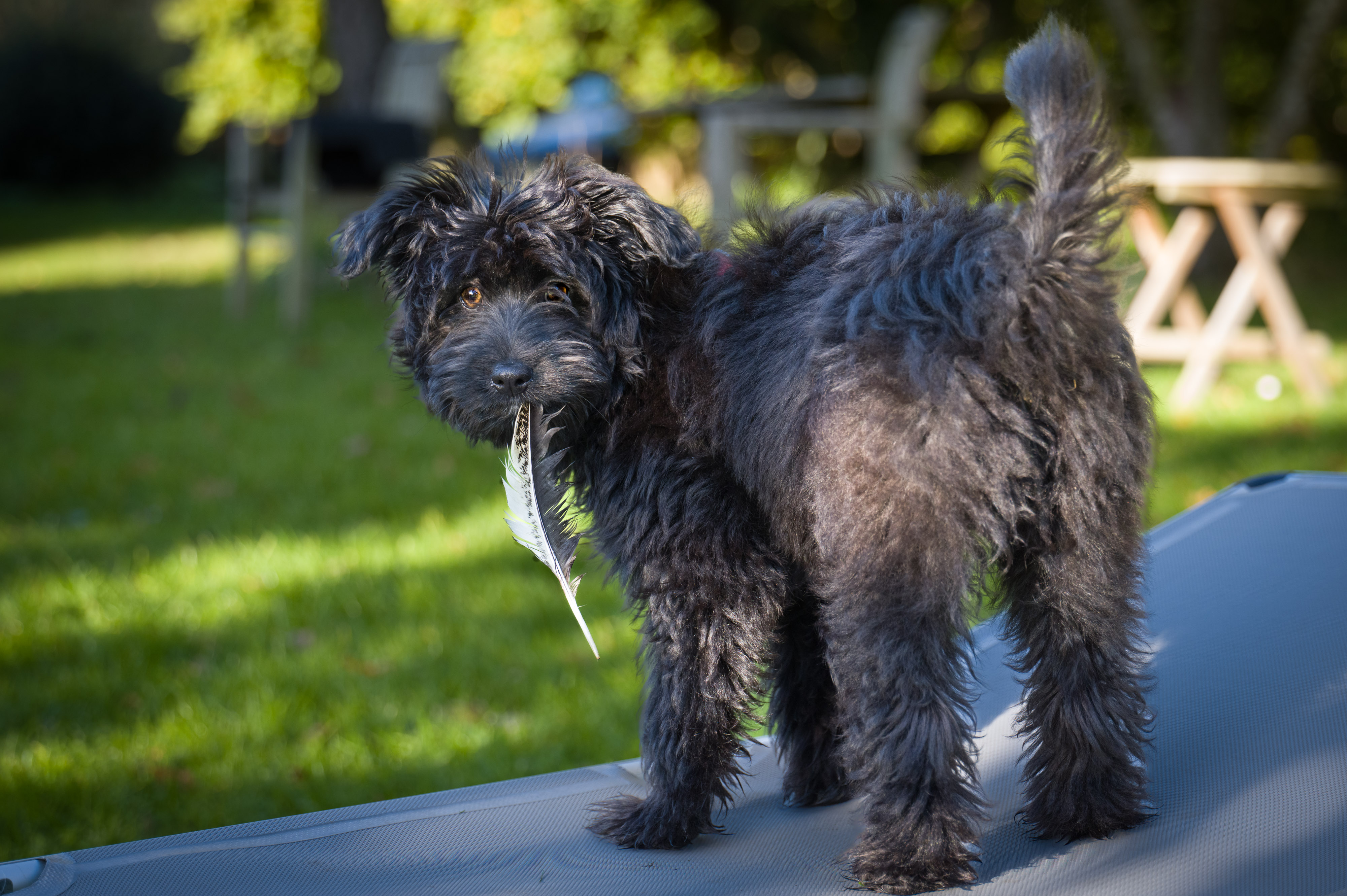
Feather
Leica SL3 with Leica 75mm APO Summicron M
I really felt I was going to make the change to the A1 for that side of my work. I didn't like the interface much - it's all very well having explicit controls on the outside of the camera - but I like user profiles in the camera, and there only 3 available for the A1 and there isn't much you can set up without causing conflict with the explicit dials. (think what happens when the preset is for Shutter priority but the aperture on the lens is set to f8 (for instance).
As a final decider I thought I'd do some direct image comparisons between the 3 cameras (The Leica SL2, the SL3 and the Sony A1). So I dug my tripod out from behind the sofa and settled down to do some proper image comparisons under different lighting. I did these both in natural light and in artificial light. using the new 50 Summilux Asph M lens on all three cameras. In terms of noise the SL3 is about 1 stop better than the SL2 and 1.5 stops better than the A1, but the dynamic range seems to be much better in the SL3 (I don't have the means of measuring this easily but the SL3 seems to have endless resources of shadow detail).
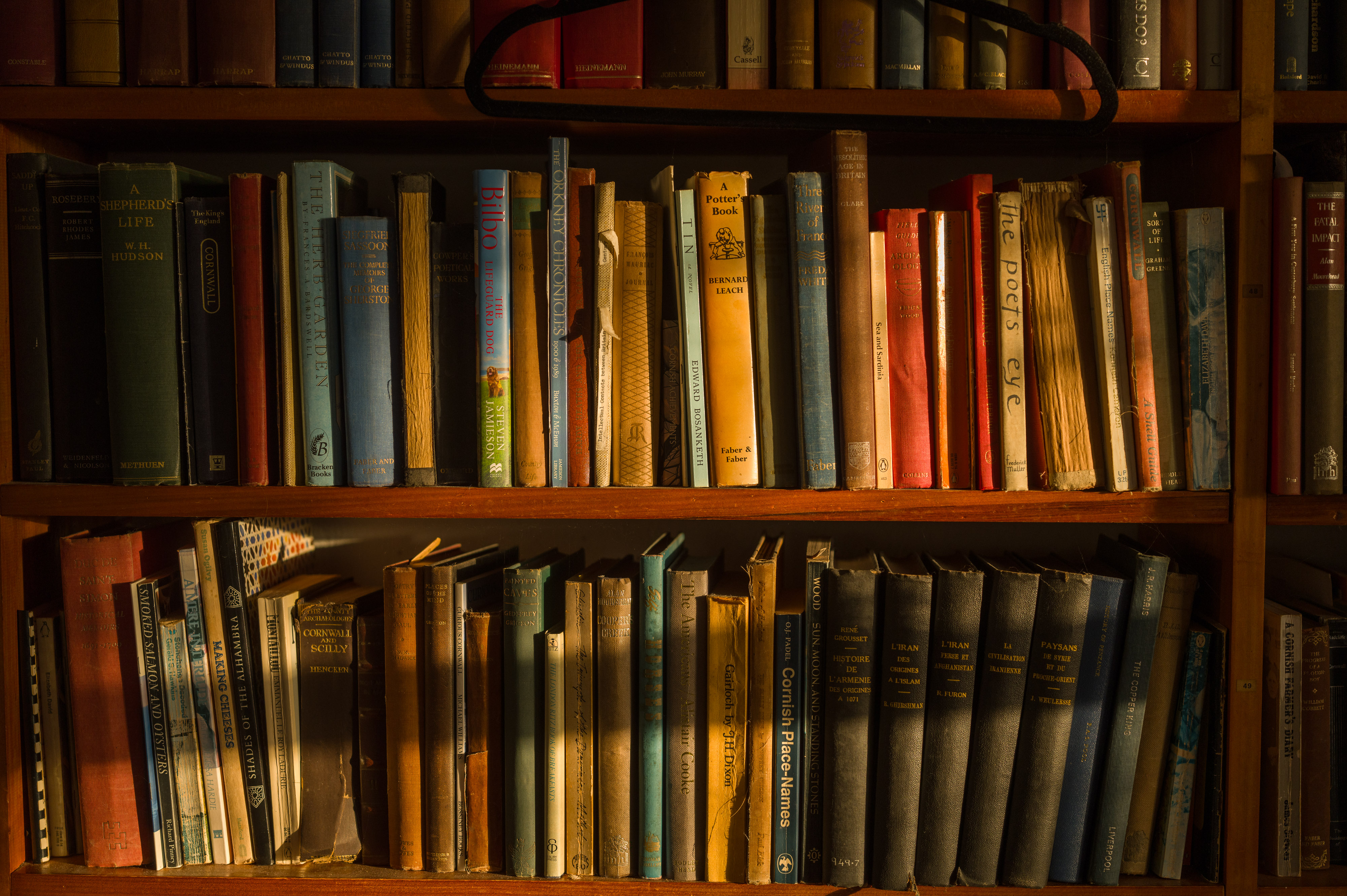
Brane Bookshelf
Leica SL3 with Leica 50mm Summilux Asph M
The difference in image quality wasn't too bad when photographing zooming balls of fur, but one wouldn't want to take a step backwards in terms of image quality for events or landscape or still life or portraits.
By this time Leica sent me a message that they had been analysing my AF failures and they thought my shutter speeds were too slow to get sharp images. (consider my wrist slapped).
So I resolved to do some proper work with the SL3 to see what I could make of it (rather than criticising its apparent shortcomings).
I'll finish the trail of disaster later - but it's worth remembering the story so far in the context of the next sections
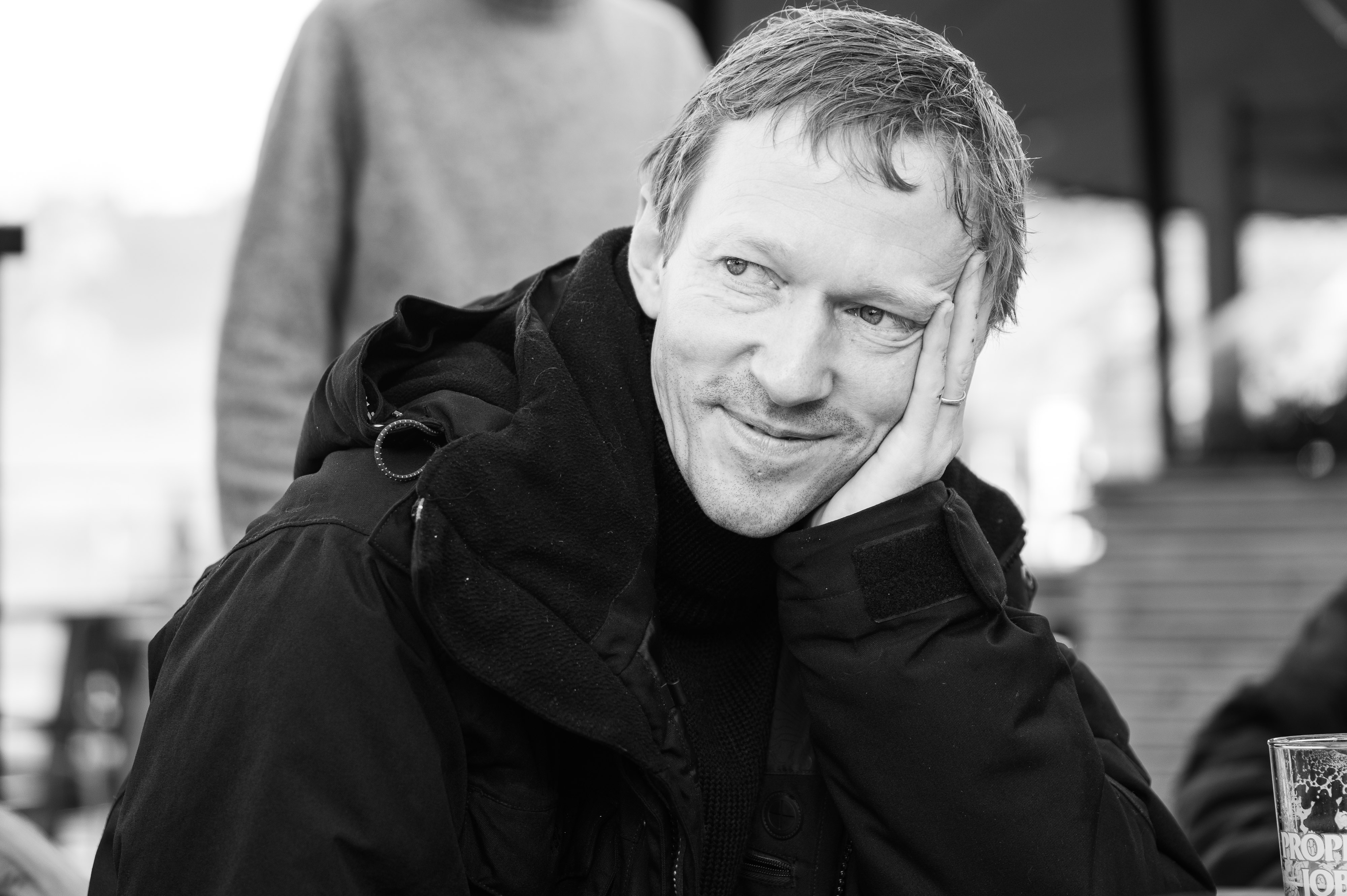
Beach Bar with Proper Job and Silas
Leica SL3 with Leica 50mm APO Summicron SL
The Interface
Leica have done so much work getting their interface right, something I've really engaged with during the testing phases. The SL2 / M11 / Q3 interface is perfect and works so well between different cameras, which makes it wonderful shooting them side by side. The last wedding I shot was with the SL2 with the 24-90 and the M11 with the 75 Noctilux, it worked out really well with the similar button placement and menu systems.
With the SL3 the principles of the menu system haven't changed, but the actual menus have changed a lot (including the quick menu).
Leica DO listen to their customers (all the time), but they don't allow pandering to every whim to spoil the basic user experience. The upshot of this is the elegant and rational interface of the SL3.
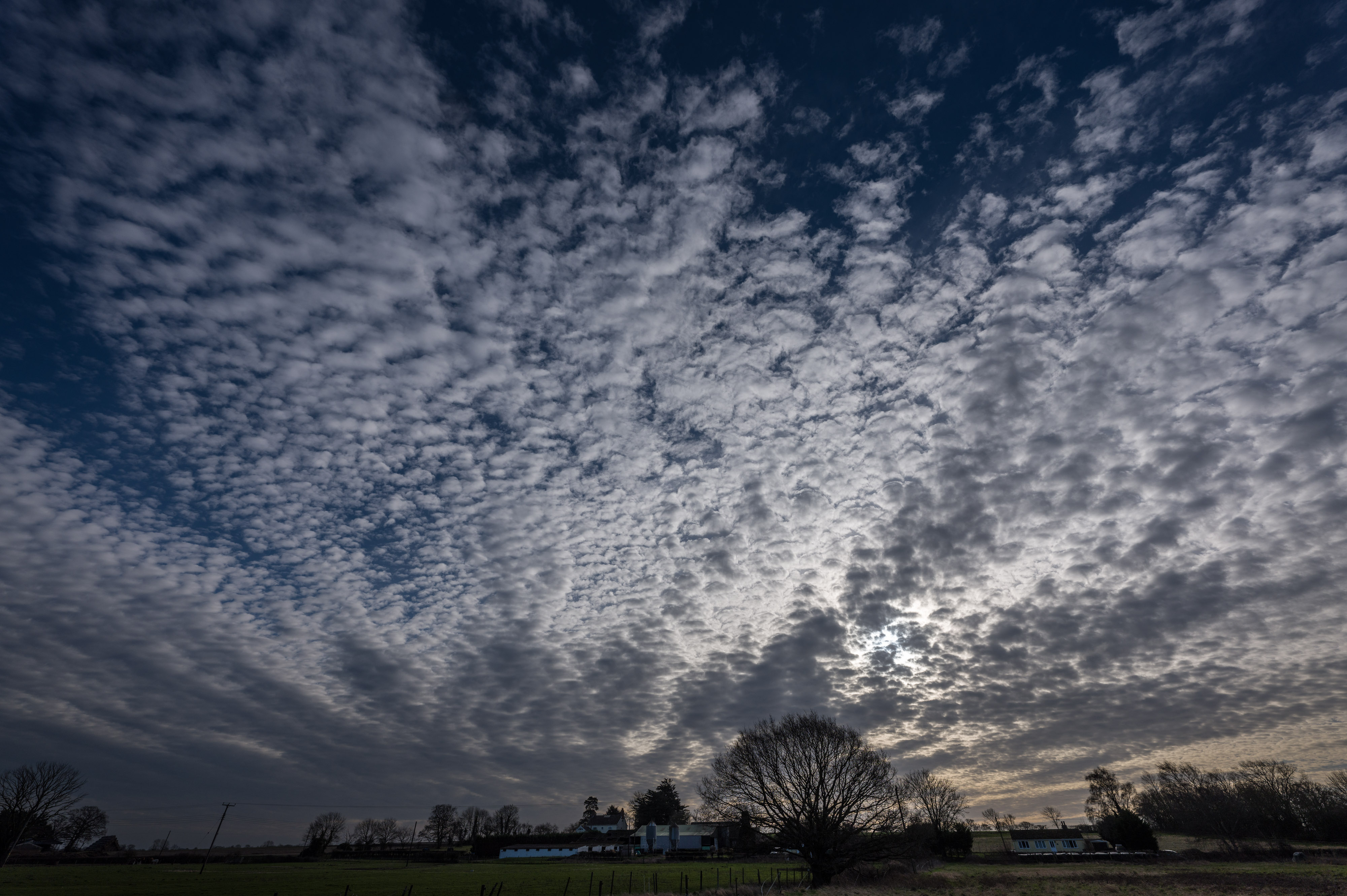
Mackerel Dawn
Leica SL3 with Sigma 14-24 Art
The Programmable Quick Menu
The new Quick Menu has only 8 icons in the two rows at the bottom of the screen (instead of 12 in the SL2) - by default:
The Top Row:
- PASM
- Focus Mode
- AF Mode
- File Format
The Second Row
- Exposure Metering
- Drive Mode
- Connectivity
- White Balance
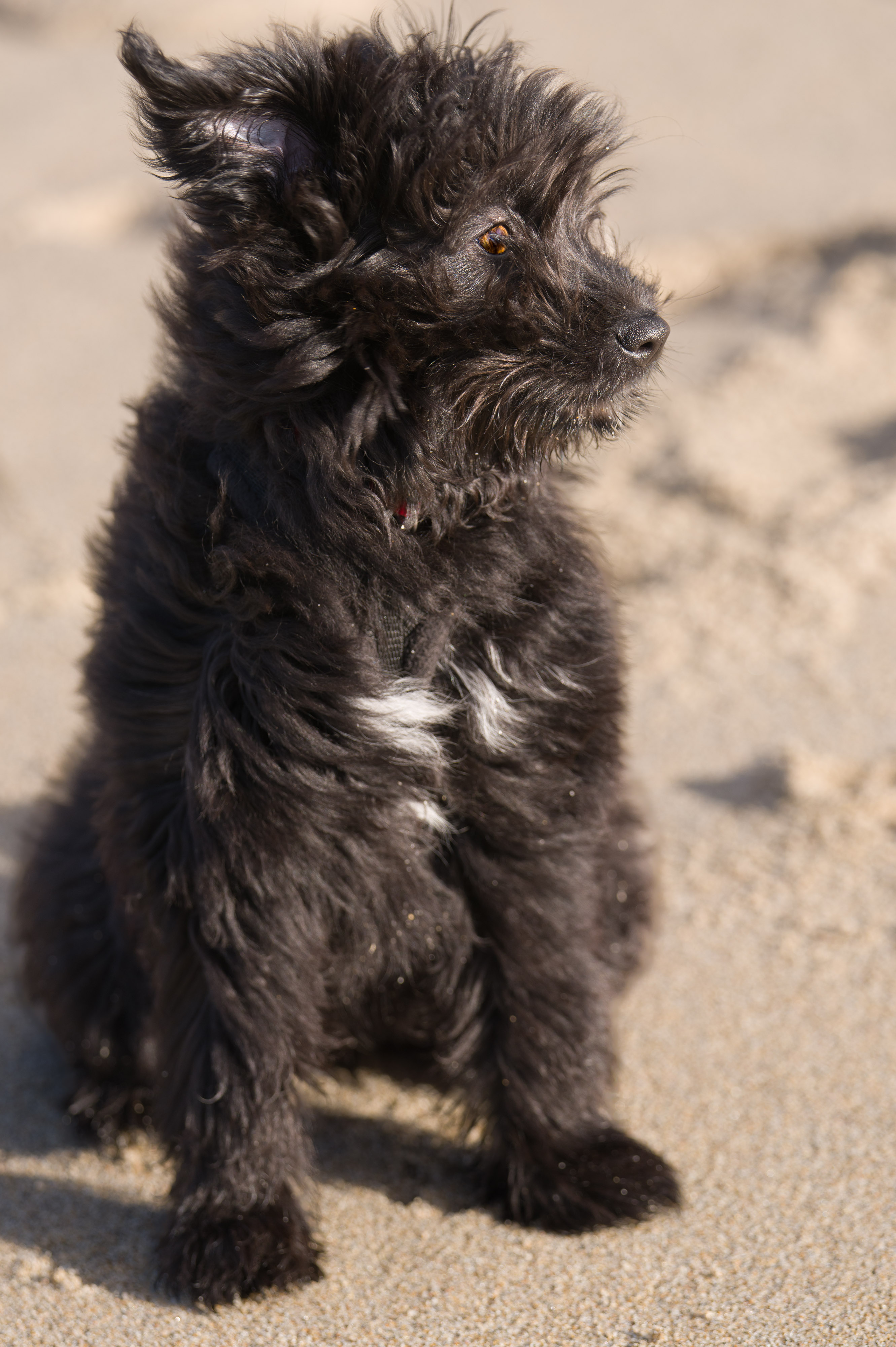
Uny
Leica Sl3 with 90-280 APO Vario Elmarit
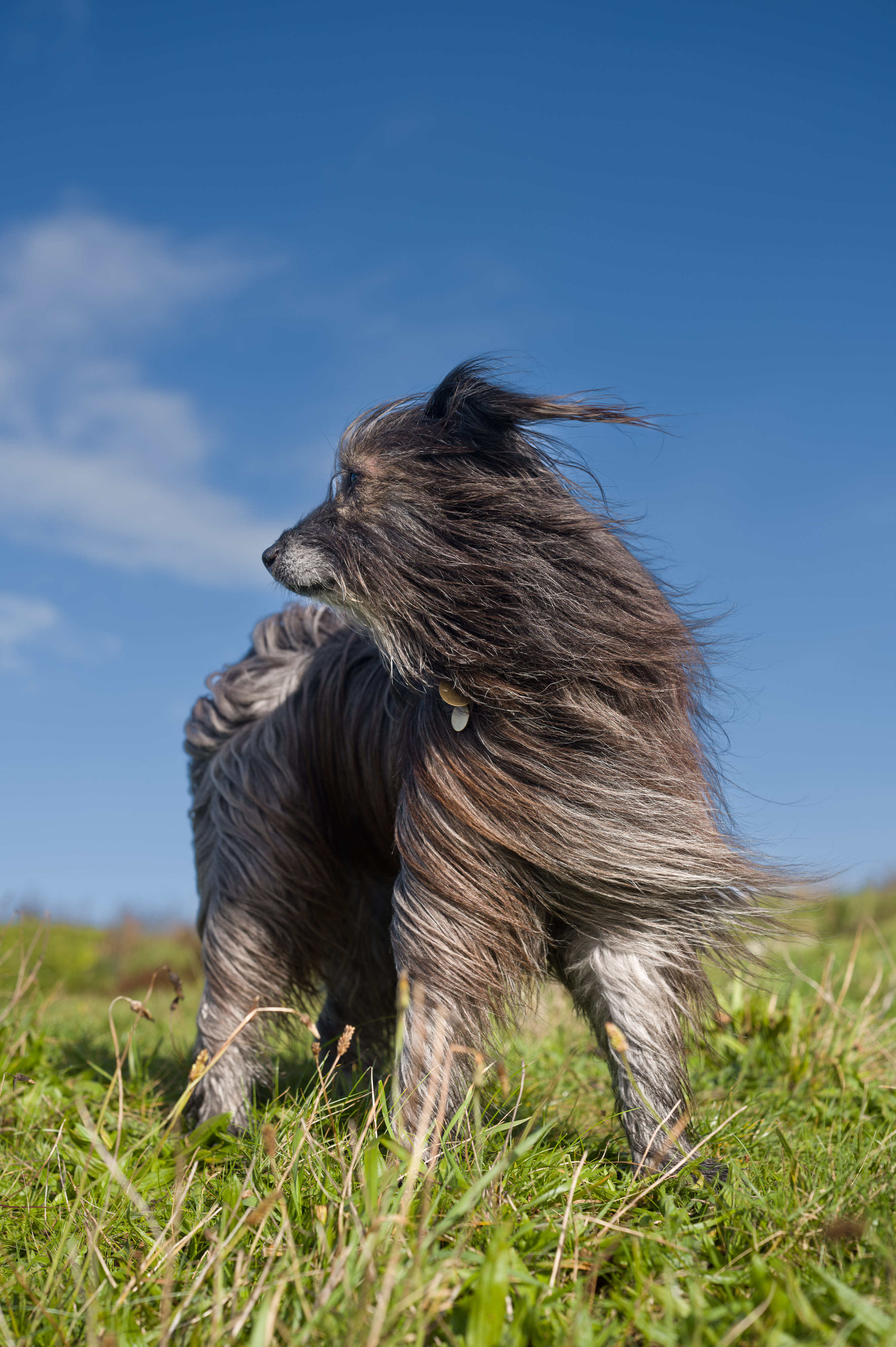
Matty
Leica Sl3 50mm APO Summicron SL
But the whole point here is that you can change them - a long press on any of the new icons brings up a list of all the options and you can change them. Currently I favour
Top Row:
- PASM
- Focus Mode
- AF Mode
- Card Format
Bottom Row:
- Exposure Metering
- Drive Mode
- Connectivity
- White Balance
But I have them set slightly differently for each of my user Presets
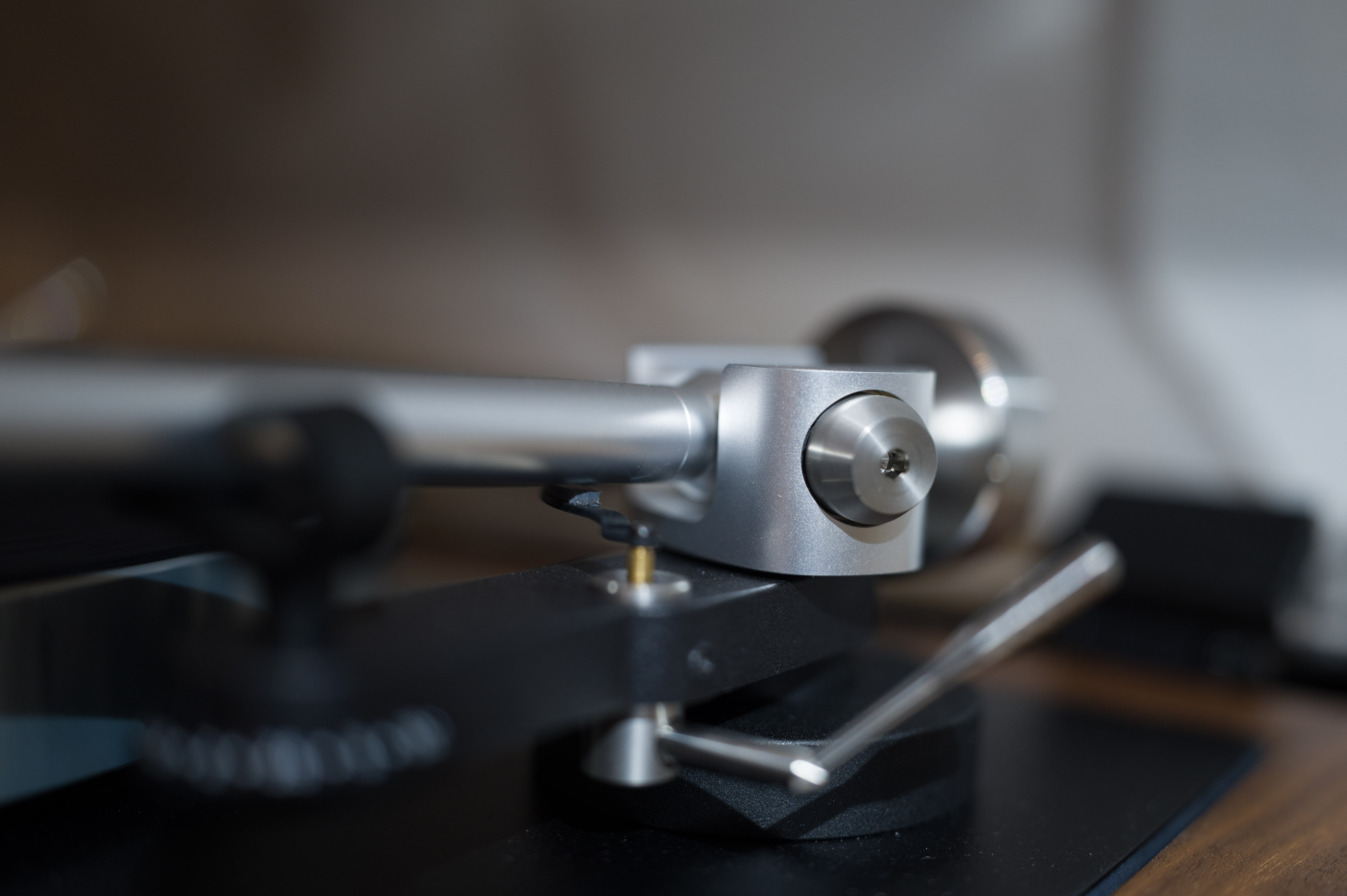
Arko
Leica SL3 with 35mm APO Summicron SL
The Favourites Menu
Has gone - with the easy to configure Quick Menu Leica felt it was no longer necessary, and I quite agree. I understand that some people will be upset about this, but in the context of the new interface I reckon that it's worth thinking hard about what you want on the quick screen and setting it up as you like it.
Capture Assistants
This works similarly to the SL2, with 4 Info profiles which can be turned on and off. Each of them can show one, some or all of:
- Info Bars (vertical and / or horizontal)
- Grids
- Clipping
- Focus Peaking
- Level Gauge
- Histogram
I only have 3 of them active, and with varying levels of information. The screen is changed by pressing the FN button on the right of the display (unless you have programmed it to do something else).
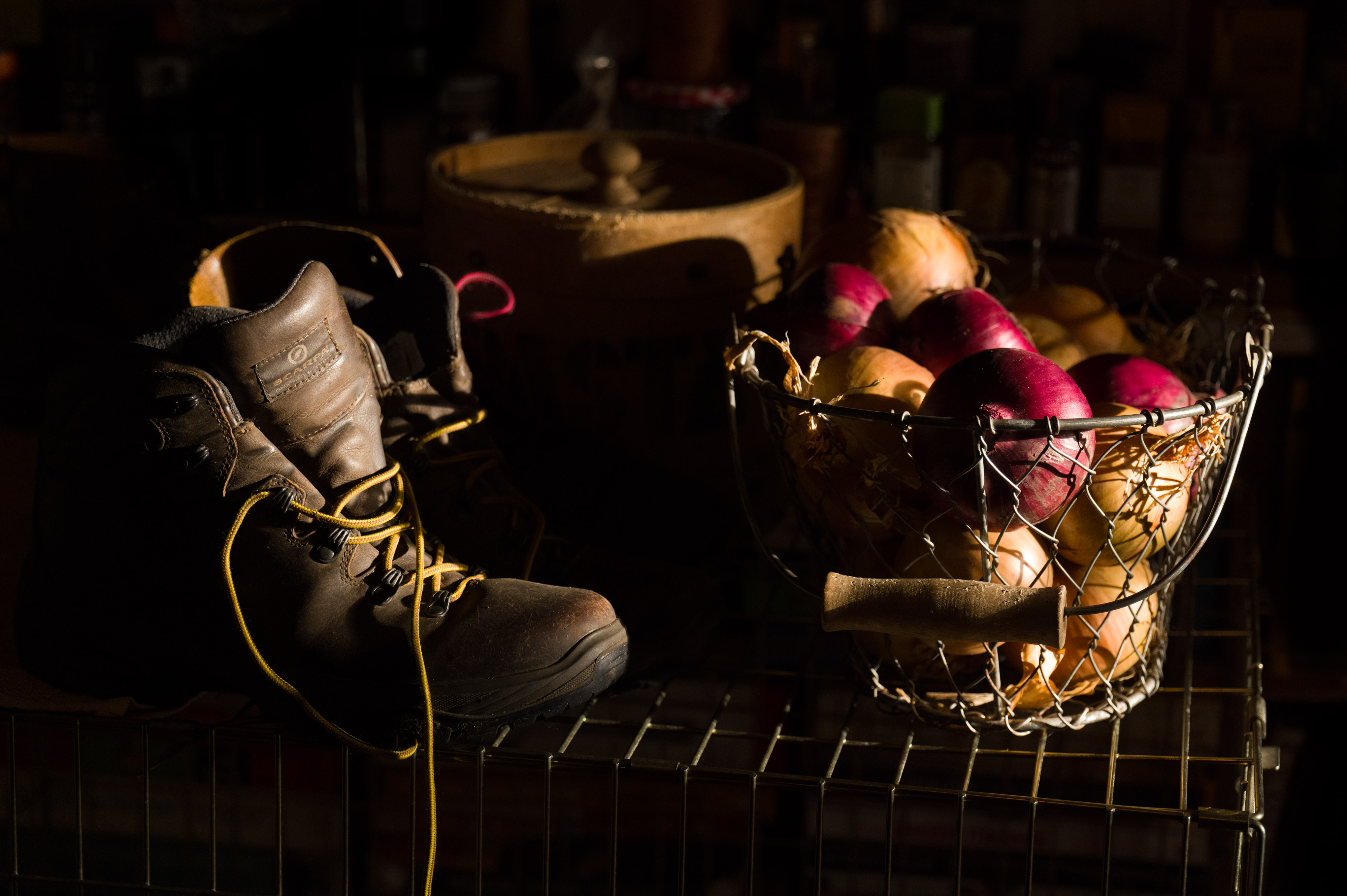
Boots and Onions
Leica SL3 with 24-90 Vario Elmarit
The Horizontal Information Bar (Live View)
- PASM
- Focus Mode
- Flash Mode
- Drive Mode
- File Format (jpg,dng etc.)
- Exposure Metering
- Sensor format (35mm, APS-C)
- Film Style / Leica Looks
- Battery Status
The Vertical Information Bar
- User Profile
- AF Mode
- Focus Peaking
- Self Timer
- Aspect Ratio
The real innovation here is that now, by long pressing on any of the icons it will bring up the menu associated with that item. Obviously it's only relevant when using live view, but I feel that, together with the tilting LCD it will be a real asset when using the camera on a tripod.
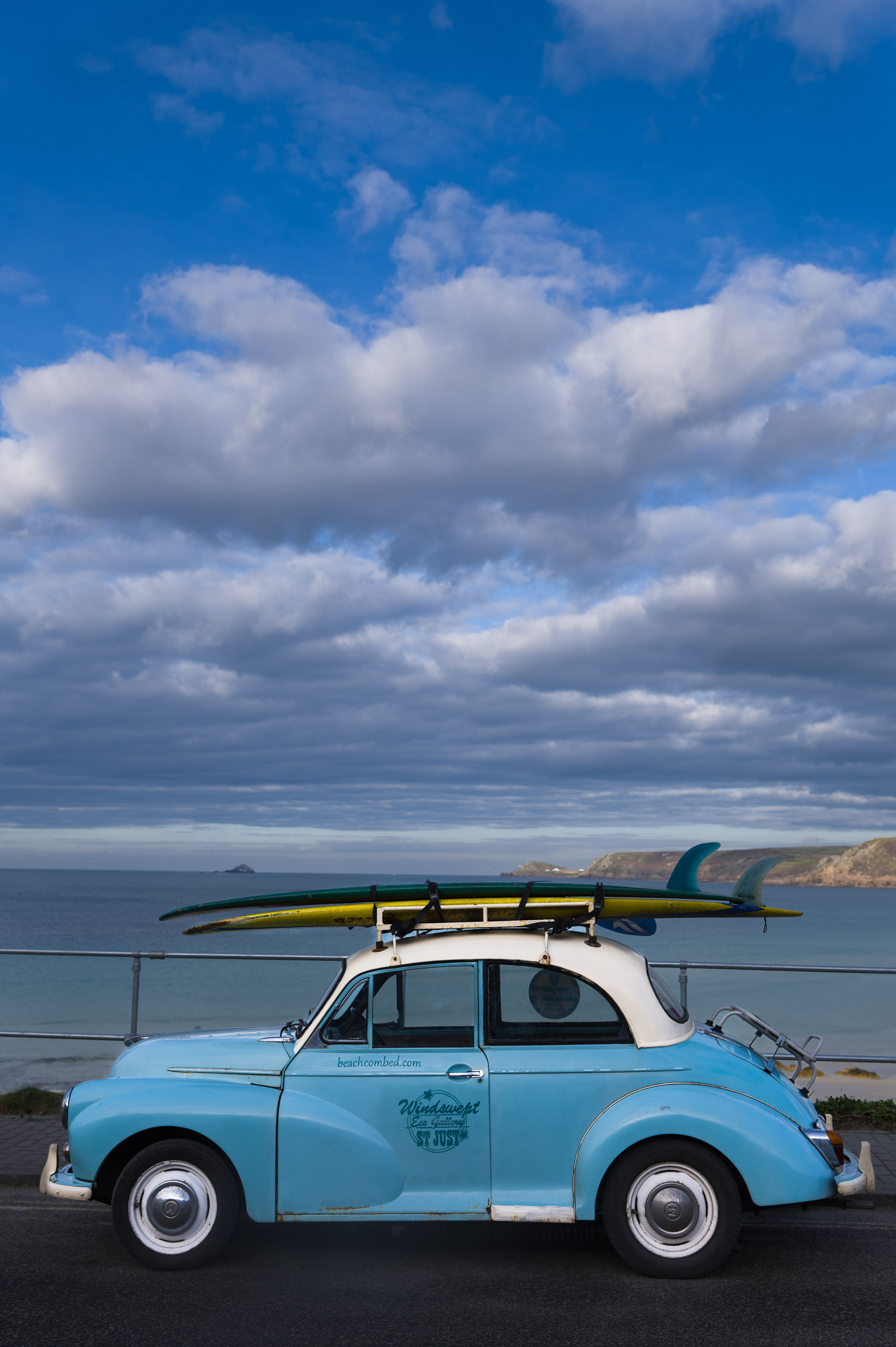
Windswept
Leica Sl3 with 24-90 APO Vario Elmarit
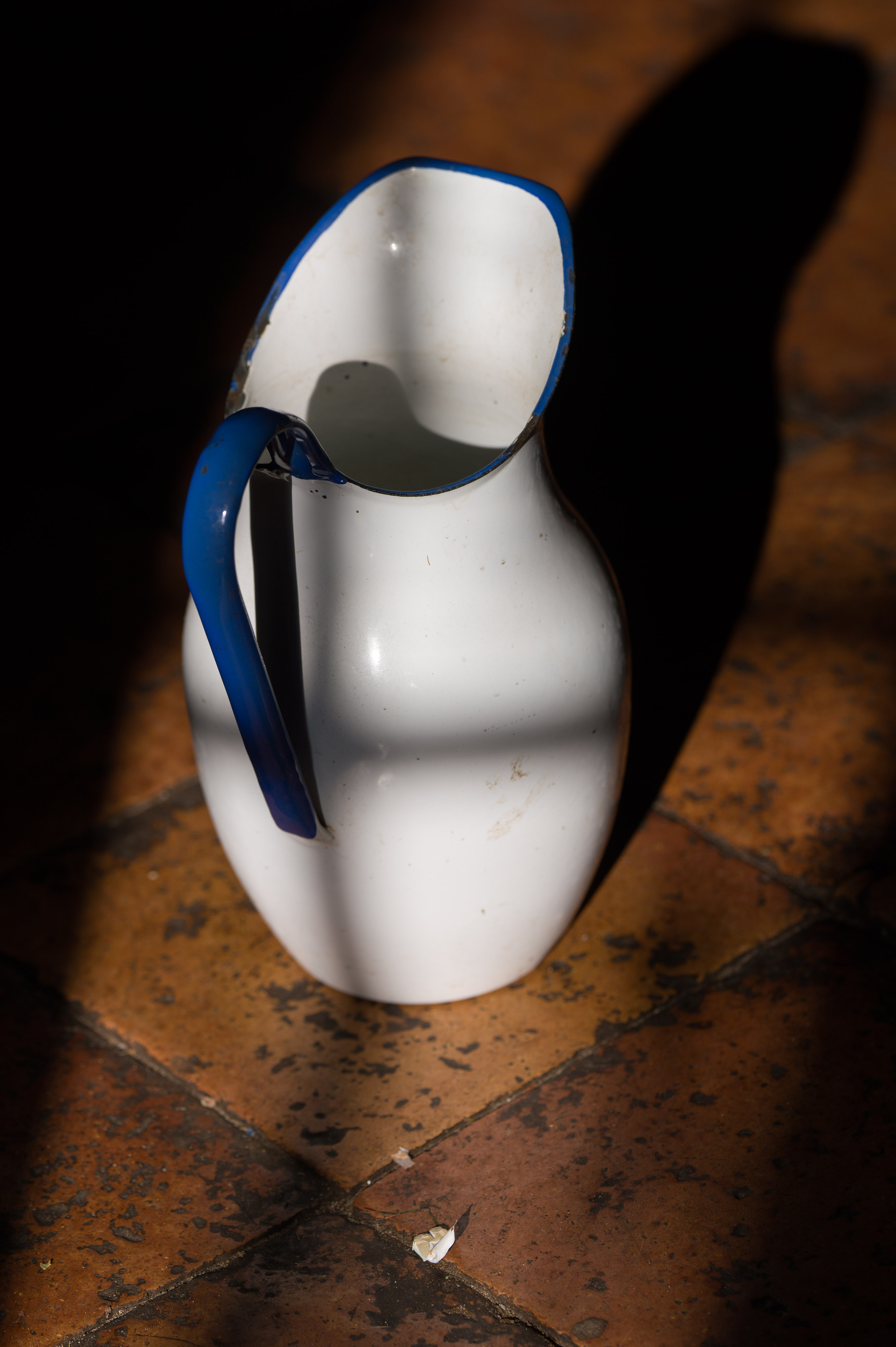
The Jug
Leica Sl3 with 90-280 Vario Elmarit
The Bottom Information Bar
- ISO
- F Stop
- Metering Levels (exposure compnain)
- Shutter Speed
- Card in Use
- Number of shots left
The obvious change here is that now, if you shoot in portrait mode, then the bottom information bar items move round to the bottom of the screen (they take up two rows in portrait mode). and that all the icons in the other bars turn round accordingly
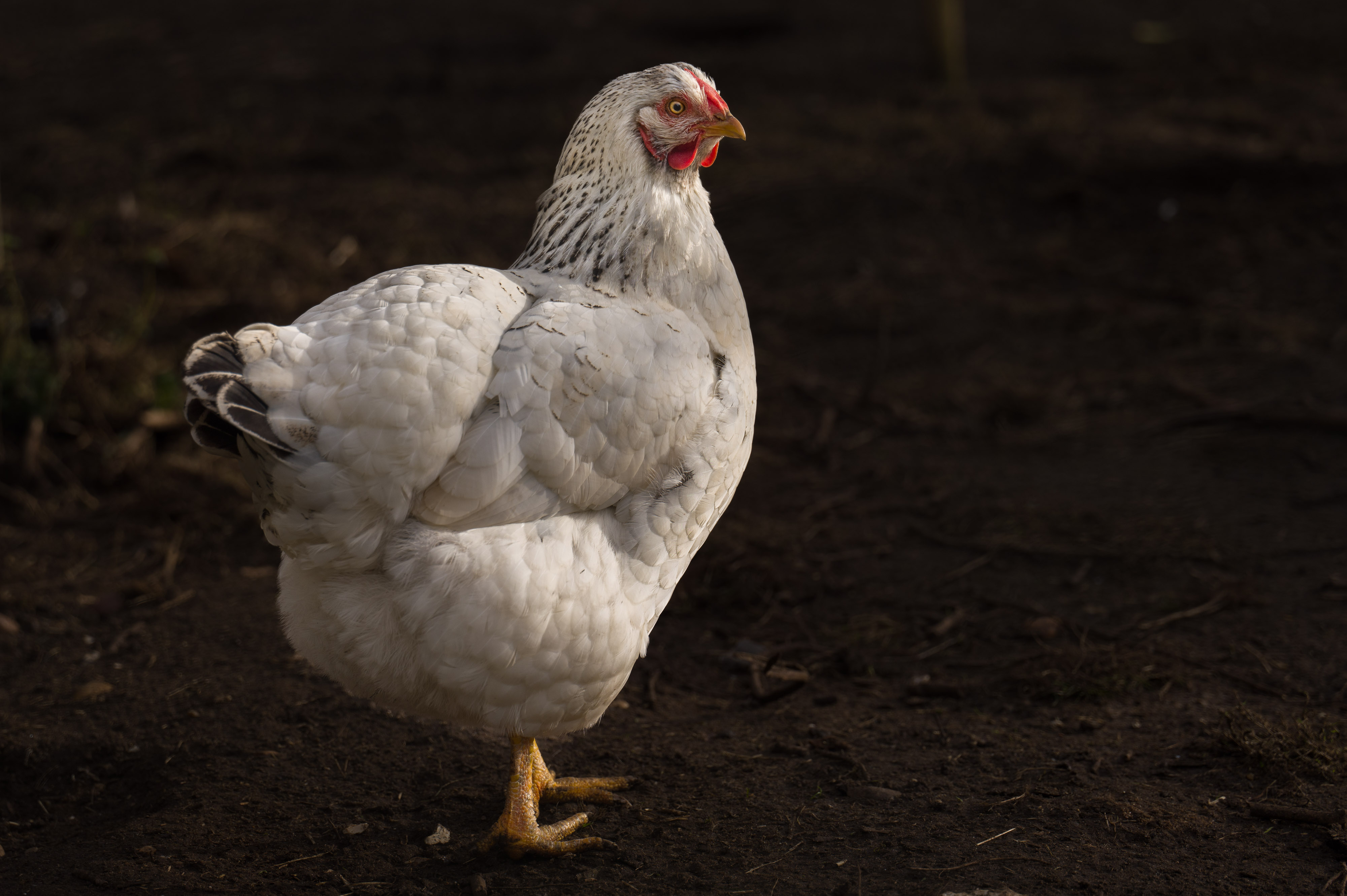
LovelyPlumage
Leica SL3 with 24-90 Vario Elmarit
The Function Buttons
The 6 function buttons can all be individually programmed by holding them down for a few seconds (just as the icons in the quick screen can).
On my last visit to Wetzlar I met one of the guys from the Leica design centre in Munich, and we had a really interesting discussion about the development of the new menus. Leica have put in a huge amount of effort here.
Design Philosophy
It's designed so that you can put everything into user profiles - including ISO, exposure compensation, file naming, function button settings - Everything.
In doing so you never conflict with what is on the outside of the camera body. Most other camera companies have a mixture of explicit controls and function buttons.
Further than that you can alter almost all of the settings from the live view screen (including self timer, Drive mode and more).
Once you have set the camera up the way you like, there should be very little need to delve into the menus especially as you can so easily change anything on the fly from the live view screen.
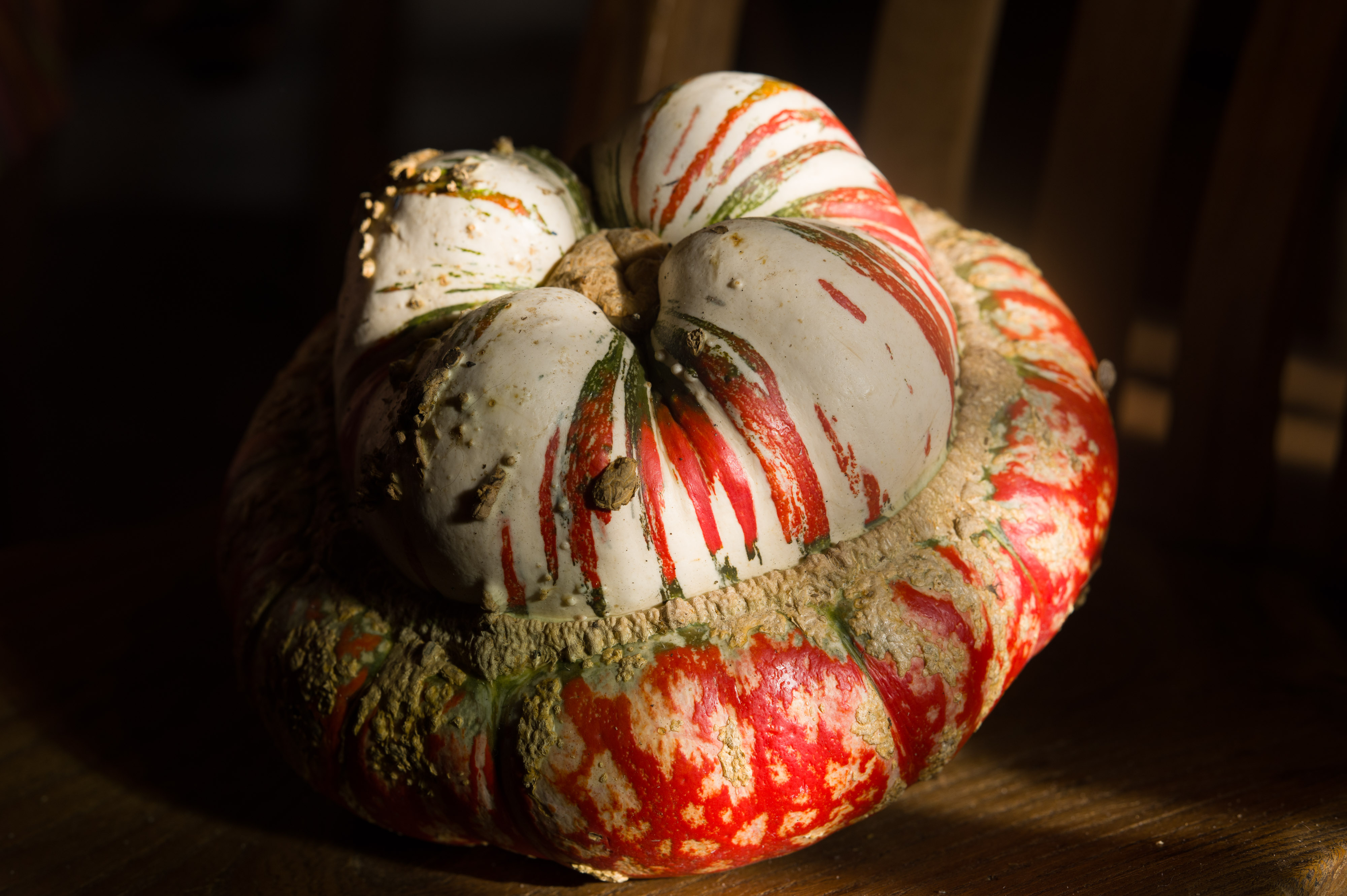
Gourd
Leica SL3 with Leica 75mm APO Summicron SL
Even if you are using EVF Extended then you can change a setting by just pulling the LCD out slightly to get the display up.
However, when you do use the menus they are very simple and very clear, not the technicolour catastrophe I've seen in some other cameras! The menus have a newly defined font, and there are 5 rows in each page rather than the 6 in the SL2. There are six well defined sections (not separated into different pages)
There are headings for each section:
- Focusing
- Exposure
- Photo
- Customisation
- Connectivity
- System
This is easy to navigate, but almost everything can be addressed via the quick menu and the function. buttons - especially if you have set them up to your taste.
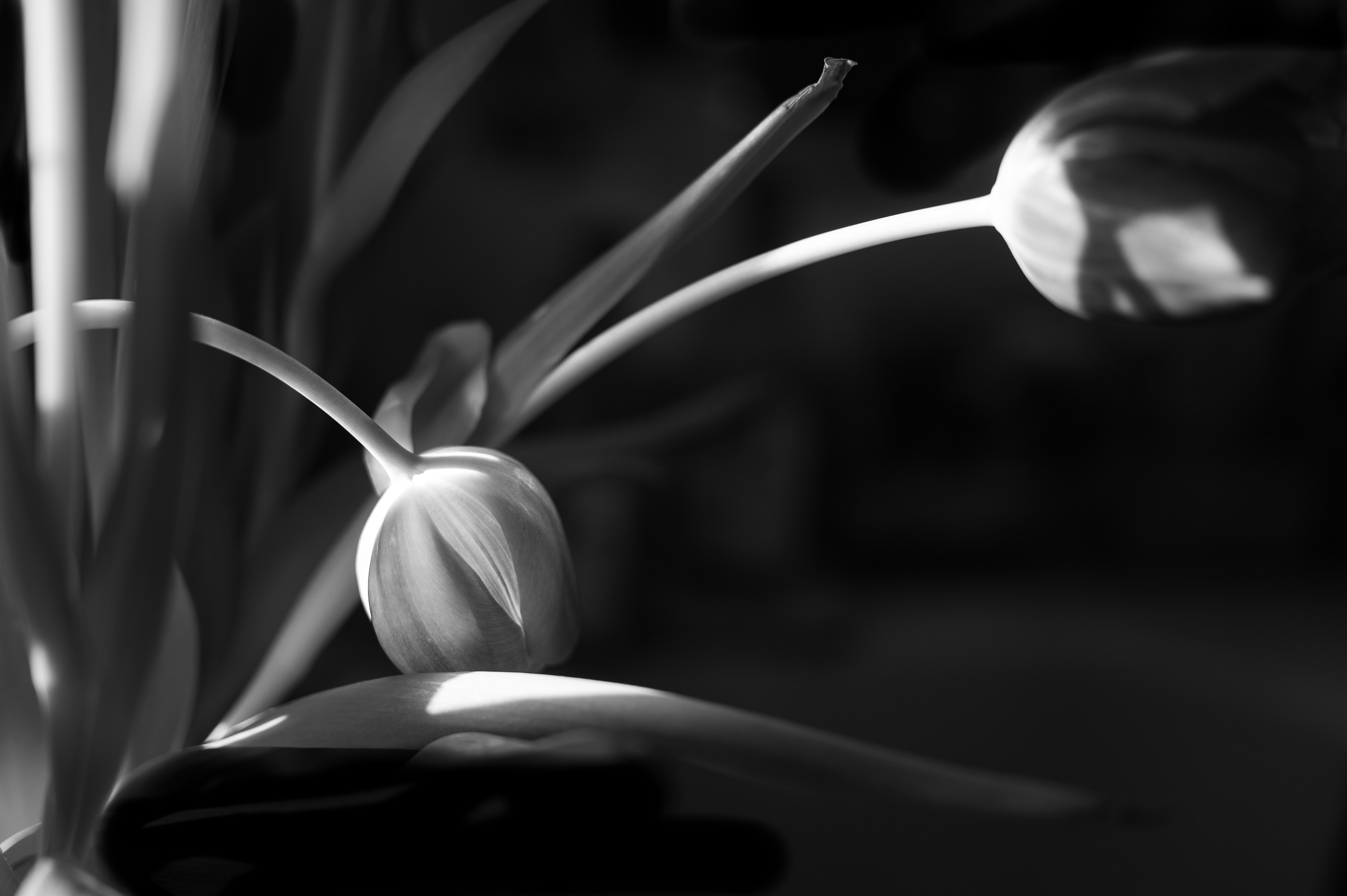
Tulips part 2
Leica SL3 with Leica 35mm APO Summicron SL
Auto Focus
In the past Leica have always relied on Contrast Detect autofocus, but with the Q3 and SL3 they have embraced Phase detect combined with Contrast detect.
Simplistically speaking (and I like simplicity!) Contrast detect is very accurate, but when an image is out of focus the camera doesn't know whether it's close focusing or far focusing - making it slower to nail the focus, and with a tendency to hunt.
Phase detect knows immediately which direction to go - in a nutshell Phase detect is faster but Contrast detect is more accurate.
For the SL3 Leica is using both technologies to try and perfect the Autofocus. Certainly it's a great deal improved over the SL2.
The Body Eye detect works fast and well in good light, slightly less so in very poor light, but still much better than previously.
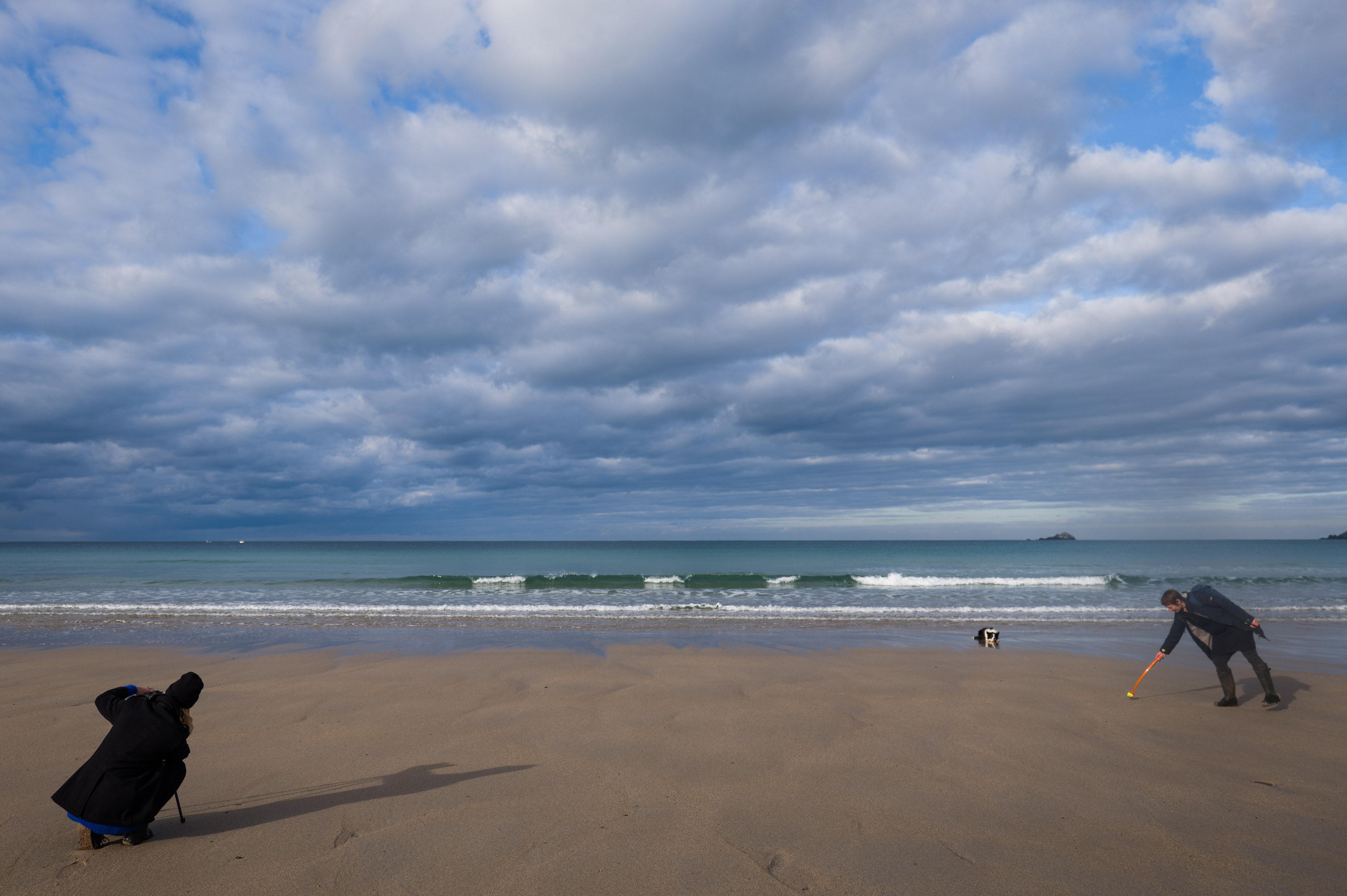
Intersection
Leica SL3 with Leica 24-90 Vario Elmarit
The new Animal Detect (beta) has worked really well with the dogs (and Uny really is very black and VERY fast and swervy). Obviously the hit rate is not as good as with the Sony A1, but with practice and careful settings it's certainly getting there, especially in good light. I've also found that this is the first Leica camera that does well with Birds in Flight. It would be nice in future to have the ability to limit focus distance in the software (eg from 1-3 metres or from 3 metres to infinity.
I have also been playing about with the Auto-focus profiles, but it's a bit hard to accurately gauge their effects.
What I have learned since my early days with the camera is that this is a combined learning curve (the camera and me), but that the SL3 is definitely capable of tracking fast objects when set up correctly.
Perhaps more importantly, having embraced Phase Detect autofocus there is lots of scope for further improvements of an already accomplished system with firmware updates.
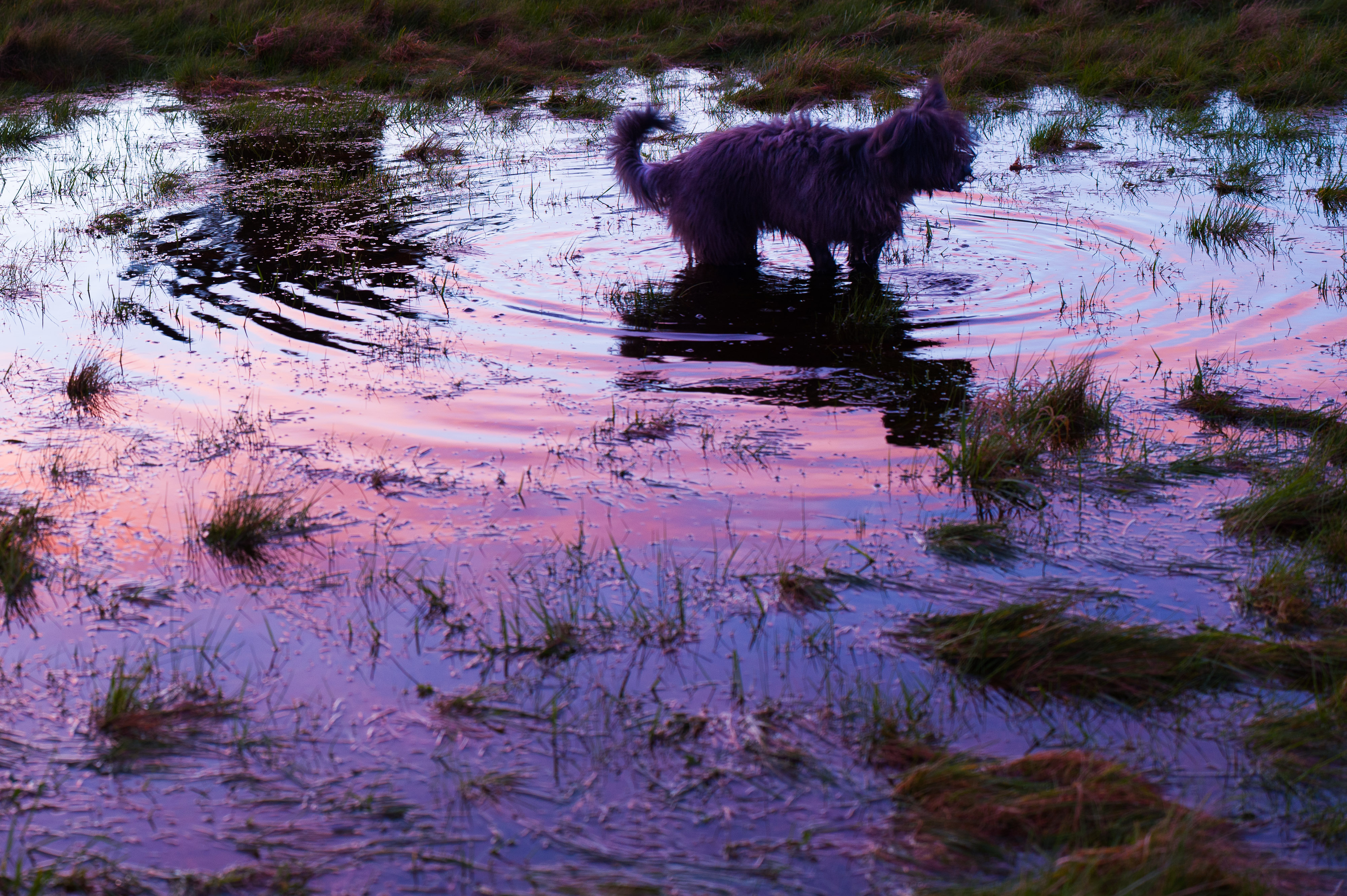
Sunset Splash
Leica SL3 with Leica 35mm APO Summicron SL
Sensor Considerations
Sony have just released the first camera with a Global Shutter (The Sony A9 mk III with a 24.6mp sensor). This is a real step forwards, and it was this announcement which got me stepping through a number of different cameras.
Stacked sensors, seemed to me at the time to be the sweet spot between performance and resolution. These new, fast readout sensors solve three problems:
First of all the rolling shutter issue where, with a slower readout there will be tilting motifs using the electronic shutter (fine with the mechanical shutter).
Secondly burst rate - very fast continuous shutter rates are possible with stacked sensors.
Thirdly, continuous readout from the sensor - so that there is absolutely no blackout time after shots - even in fast autofocus.
But there are sacrifices to be made for this new technology in terms of reduced dynamic range and less good high ISO.
So although the new technologies are exciting and enticing, you have to think whether you actually need/want 30 frames per second? And even if you do, is it worth a trade off in terms of dynamic range and low light performance?
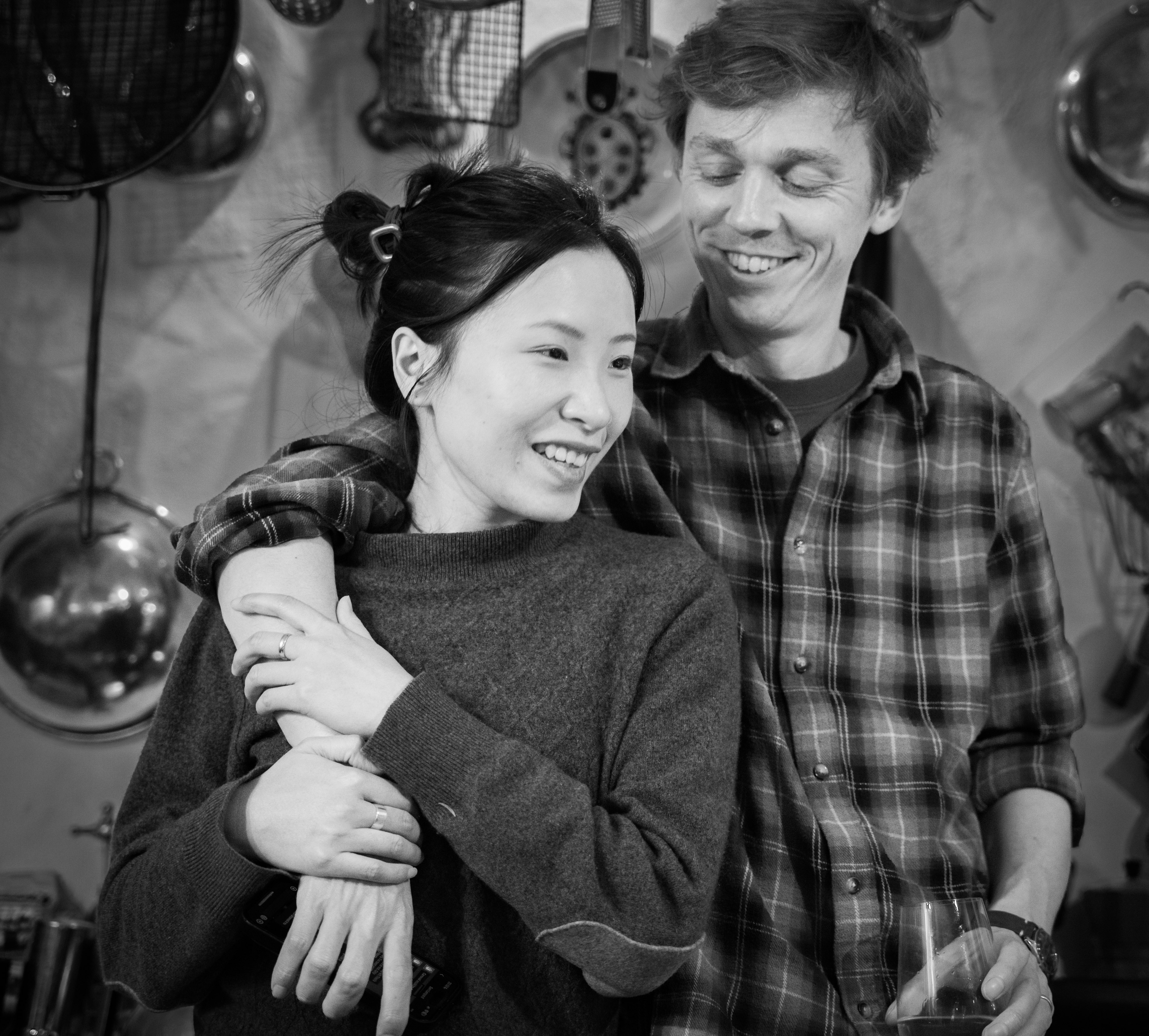
It took ten years!
Leica SL3 with Leica 24-70 f2.8 Vario Elmarit
Interlude - a Trail of Disaster (part 2)
Well, clearly there is an exciting place in the world for incredibly fast cameras with stunning AF and incredible shooting rates, but there are no free lunches and everything is a trade off in terms of what you want and need.
There is another point that one should spend time to learn to use one's equipment to the extent that you need it to perform.
For the first time in many years I wanted to be able to shoot really fast moving subjects with a reasonable hit rate. Rather than putting in the time to understand and maximise the potential of the camera in hand (the SL3) I went off in pursuit of the 'perfect camera', and I found that none of them did all the things I wanted.
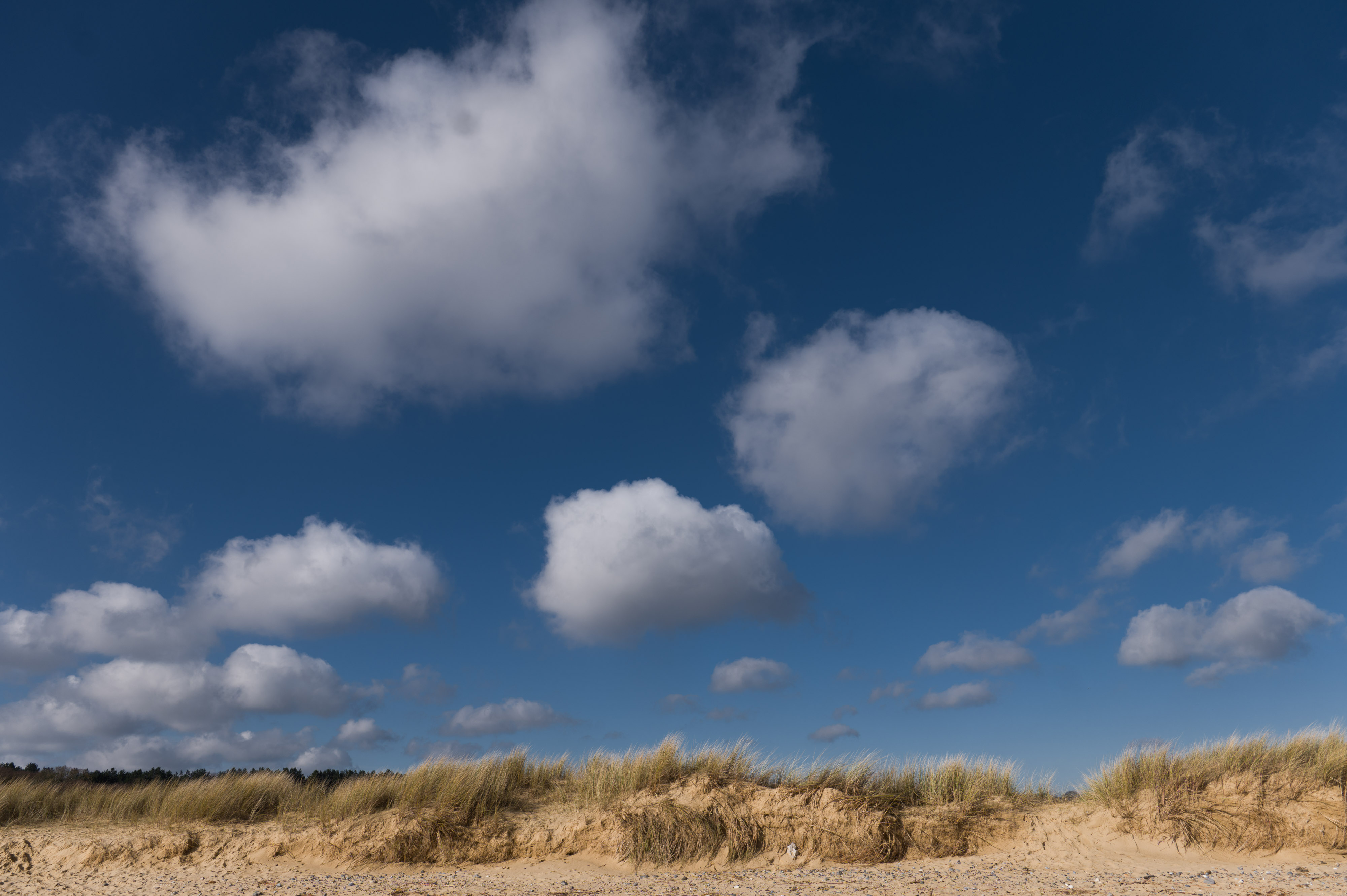
Covehithe
Leica SL3 with Leica 24-90 Vario Elmarit
At this point I came back to the SL3 and did some work to see if I could learn its autofocus properly and get decent action shots from it. I found that I could. The hit rate might not be as good as the Sony A1, but it was good enough, especially in good light, and I have lots of acceptable shots.
I liked the lighter weight of the Sony kit, but far preferred the Leica interface, both practically and philosophically, and the image quality was clearly better than the stacked sensor of the A1 (and at least as good as that of the A7R V).
My Sony A1 kit has recently been sold, and the proceeds will be used to get my own SL3 when Leica insist they need their loan camera back!
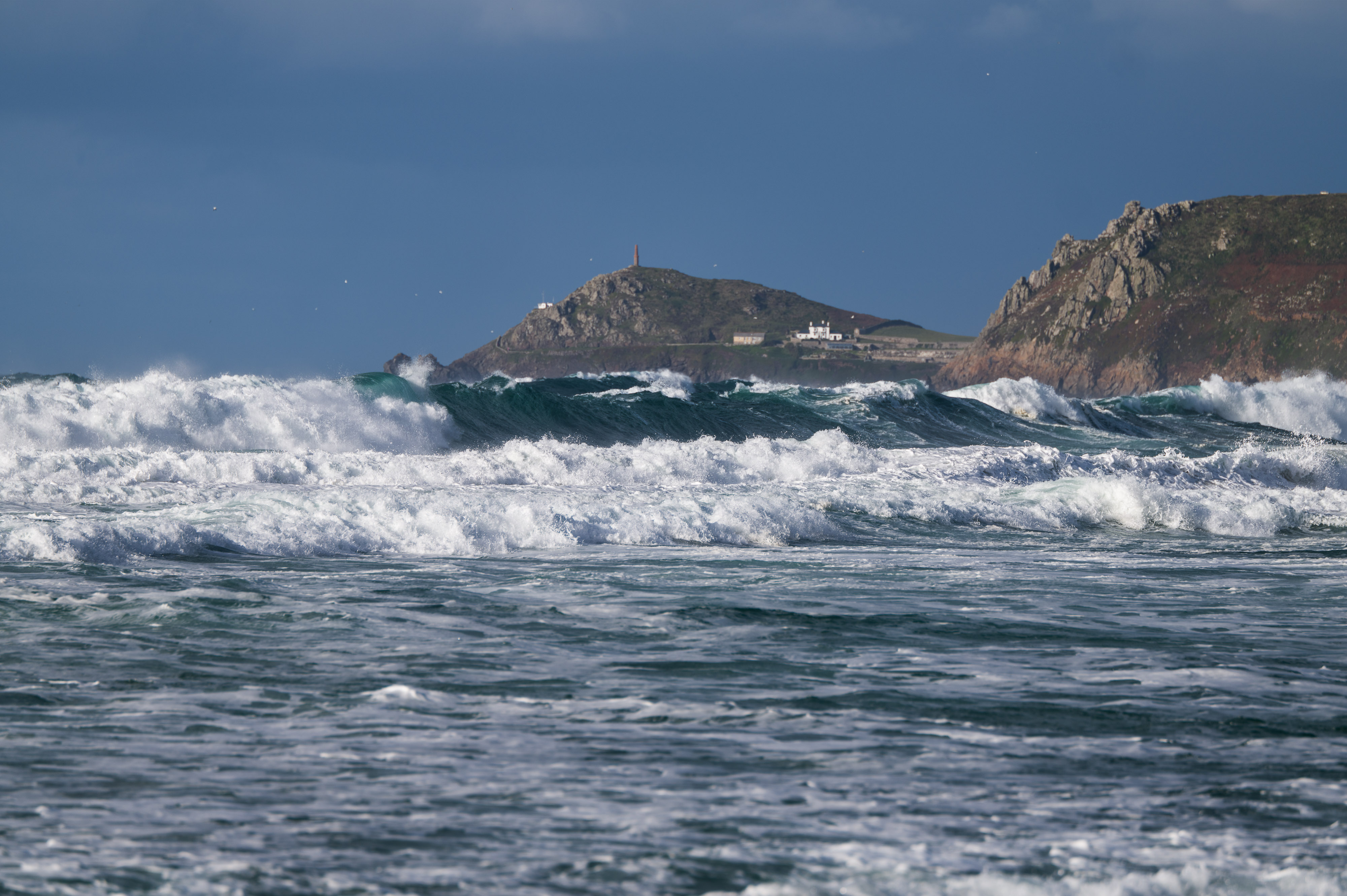
Cape Cornwall
Leica SL3 with Leica 90-280 Vario Elmarit
Image Quality
With its 60mp sensor and 15 stops of dynamic range you would expect the image quality from the SL3 to be wonderful, and it doesn't disappoint!
File Sizes
Like the Leica Q, you can now select smaller file sizes for DNG files (using pixel binning). Files are either 18, 36 or 60 mp. I can see that this might be useful if you're transferring many raw files online, but I'd rather shoot full sized all the time (so that when that perfect shot pops up in front of you you haven't set the camera to 18mp!). On the other hand I know that lots of people like to use this option to conserve space.
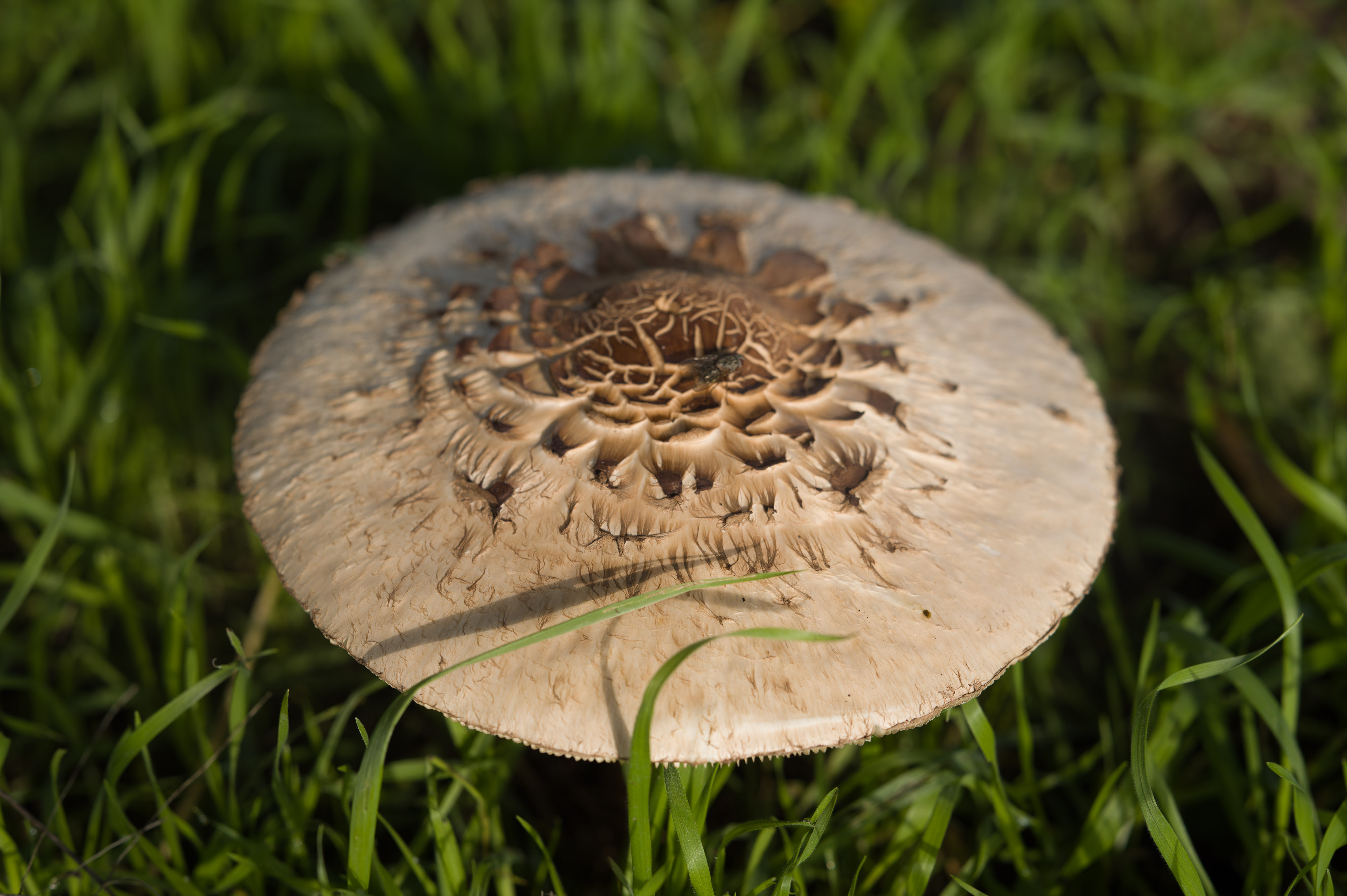
Parasol
Leica SL3 with Leica 75mm APO Summicron
APS-C Considerations
Like many Leica users I loved their APS-C offerings, the TL2 and especially the Leica CL. If I'd known what would happen later I might have kept more of the TL lenses. However I do still have the 55-135 (equivalent to 70-200). Its a great lens to use on the SL3, with quick autofocus and 26mp APS-C images which are perfect for many purposes. I'd like to try some of the other TL APS-C lenses in the future.
When you use TL lenses on the SL3 the image shows up full screen in the viewfinder/LCD, presumably with a slight lack of resolution, but it's certainly not obvious. The resulting 26mp images look great.
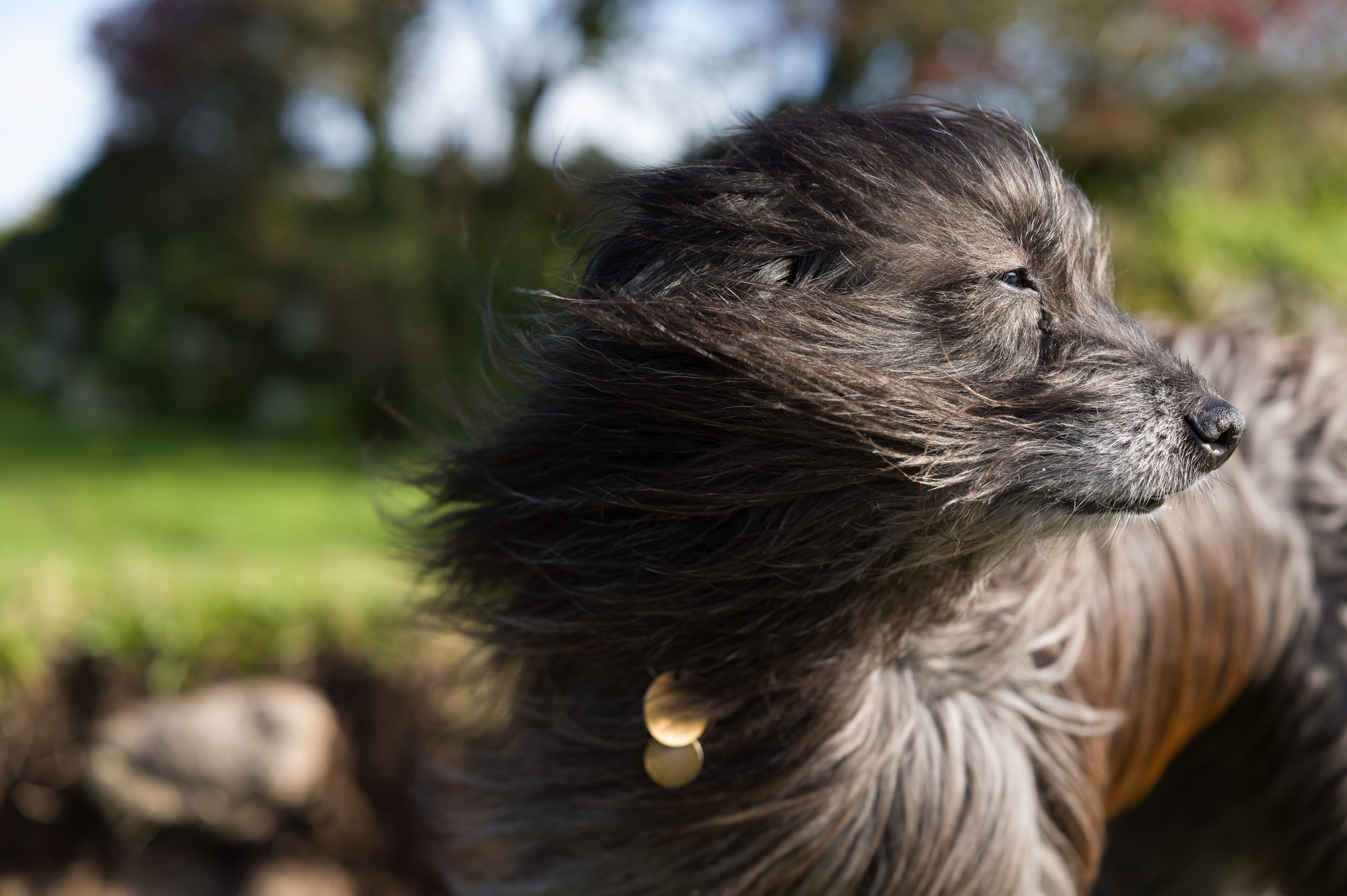
Dignity
Leica SL3 with Leica 50mm APO Summicron
High ISO
The SL3 goes up to 100,000 ISO, and even at that level the colours are good and there is very little banding.
Resolution
Back in the day I would have said that 24mp was the 'sweet spot' in camera resolution, but ever since the M10-R appeared I've realised how useful higher resolution can be. partly for big prints and partly for the ability to crop. I don't think that more data can ever be a bad thing in terms of images, and if you don't like the storage requirements then the solution is better curation of your images rather than poorer resolution images.
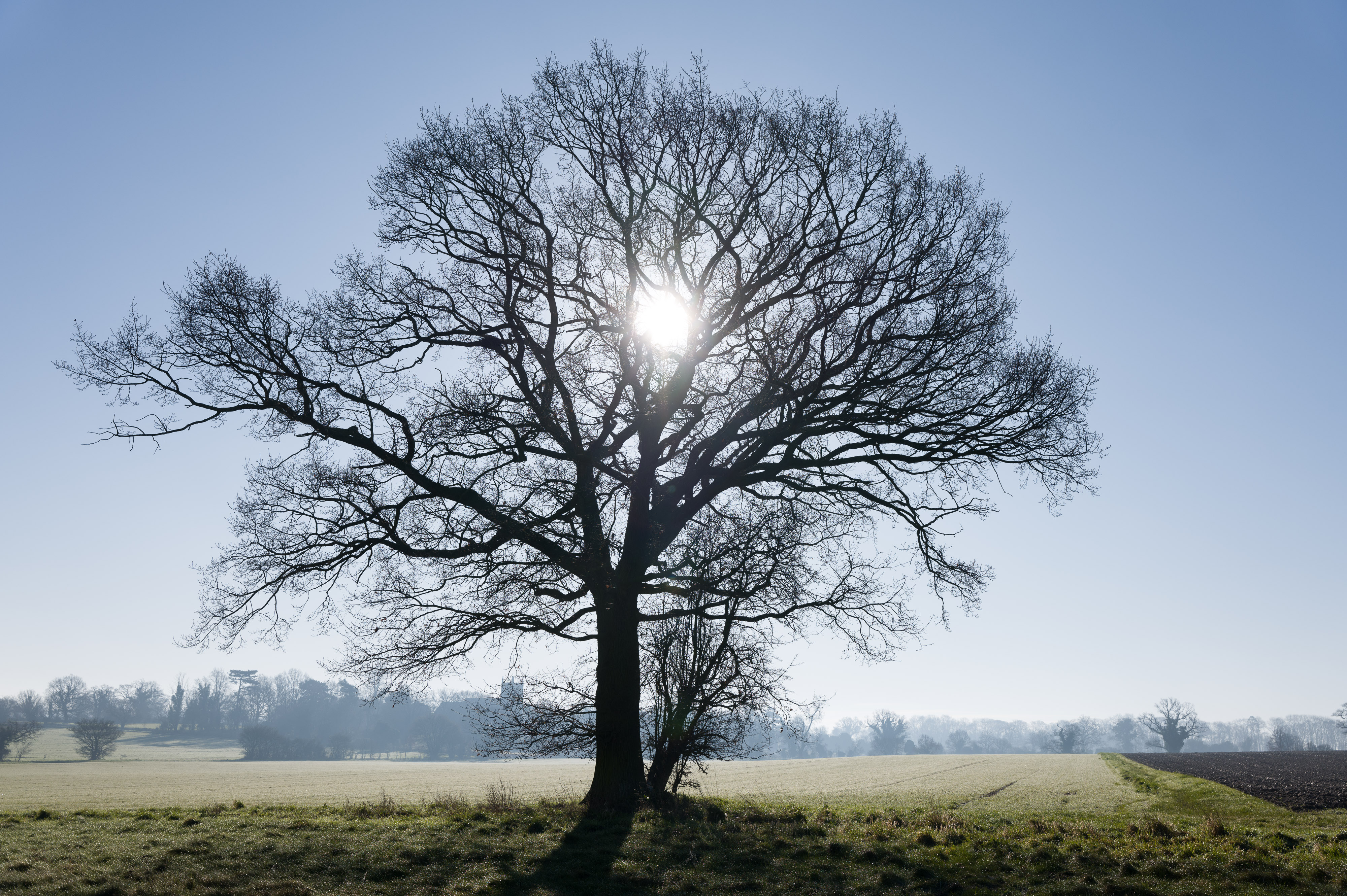
Sunburst
Leica SL3 with Leica 24-70 F2.8 Vario Elmarit
M Lens Support
Just like the SL2 there is full support for coded M lenses, and now you can choose a small 'library' of uncoded lenses to pick from (just like the M11). I've been shooting with various M lenses, and they all seem to work wonderfully (something else which cannot be said for other manufacturer's cameras). It's magical with my 75 Noctilux!
Video
This is my weak spot - I rarely shoot video and cannot possibly evaluate the video quality of the SL3, I understand that it now shoots 8K, h265 and ProRes (1080p). These can all be recorded internally or externally without limit as long as power and file space is available. This sounds like a great step forward.
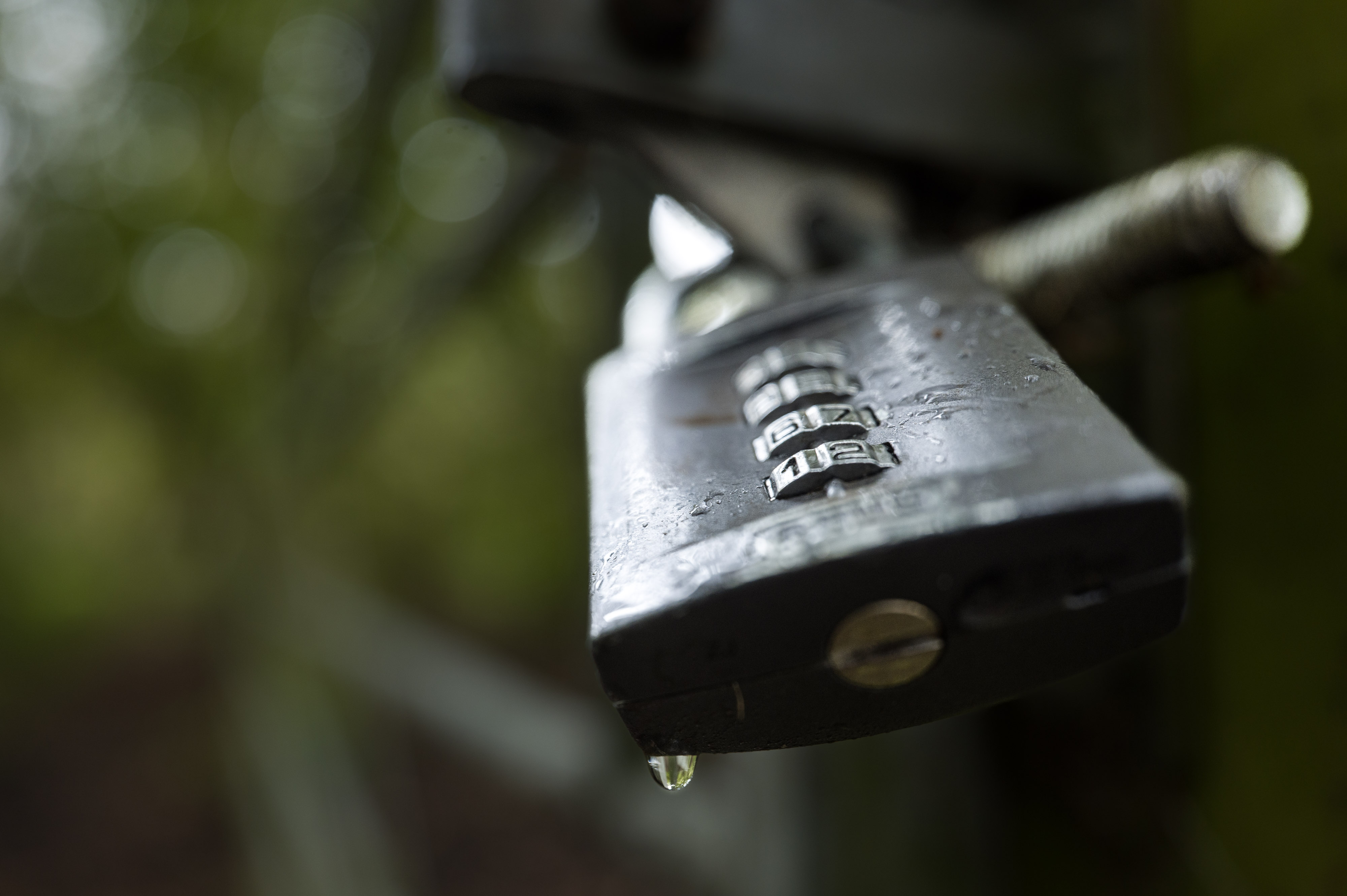
Locked
Leica SL3 with Leica 21mm APO Summicron SL
Fotos and Connectivity
The chunky USB Cable which comes with the camera has ferrite beads to suppress electromagnetic interference. If you choose Mass Storage, then both of your cards (CF and SD) will show up on your computer as different devices. You can also choose PTP and Apple MFi, but mass storage seems simple and file transfer is very fast.
I have an SD card reader in my MacBook pro, but with the SL3 I've been using a cable and shooting first to the CF card, which works very well.
These days Fotos has become a rather lovely and functional app, which has everything it needs, and nothing it doesn't. The SL3 has WiFi 5 and Bluetooth 5.1, and transfer speeds are really good.
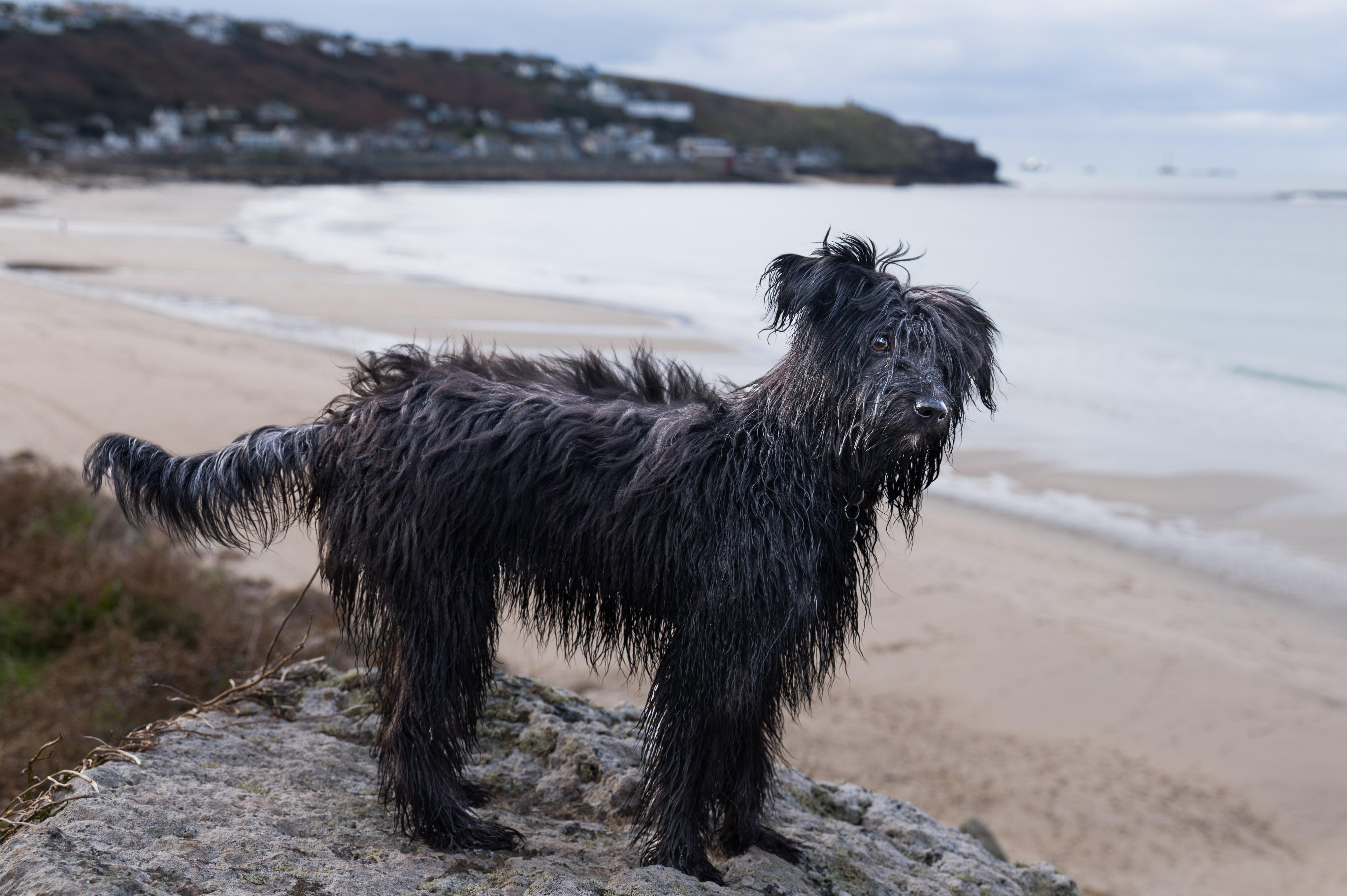
Oh! Really
Leica SL3 with Leica 24-90 Vario Elmarit
The GPS tagging now seems to work perfectly, which is a real achievement! I've just looked at all the SL3 images I've taken in the last month or so and they are all properly located.
You can also shoot the SL3 in 'tethered' mode in Fotos, and there is a rather good "Explore the new SL3" section as well (worth a look).
Wifi transfers, even of big DNG files, are really fast - downloading a 92mb DNG file from the camera via WiFi takes less than 2 seconds.
My only criticism is that I would like a larger JPG file option (maybe 2mb) for social media usage. I prefer to shoot DNG only, and in that case you only get the option of the preview (about 600k) or the full DNG. Of course you can shoot DNG+small jpg in the camera, but I would prefer not to have an extra set of files for the few times I want to post something straight to the internet.

Erica
Leica SL3 with Leica 24-70 f2.8 Vario Elmarit
Conclusion
This has been a difficult article to write because when I first used the SL3 it seemed like an old friend who had undergone a personality change, and I suspect that might be the case for others using the camera for the first time (or it could just be that I'm a grumpy old man). The few things which were problems stood out and the many advantages were less than obvious.
So the problem was how to write about the camera in the knowledge that users like me might initially be disappointed?
I've described my excursions through other camera systems because they made me realise that any camera is going to be a result of a series of trade-offs. It would have been nice to also use Canon and Nikon equivalents, but in that case bankruptcy would have been certain, and a nervous breakdown very probable.
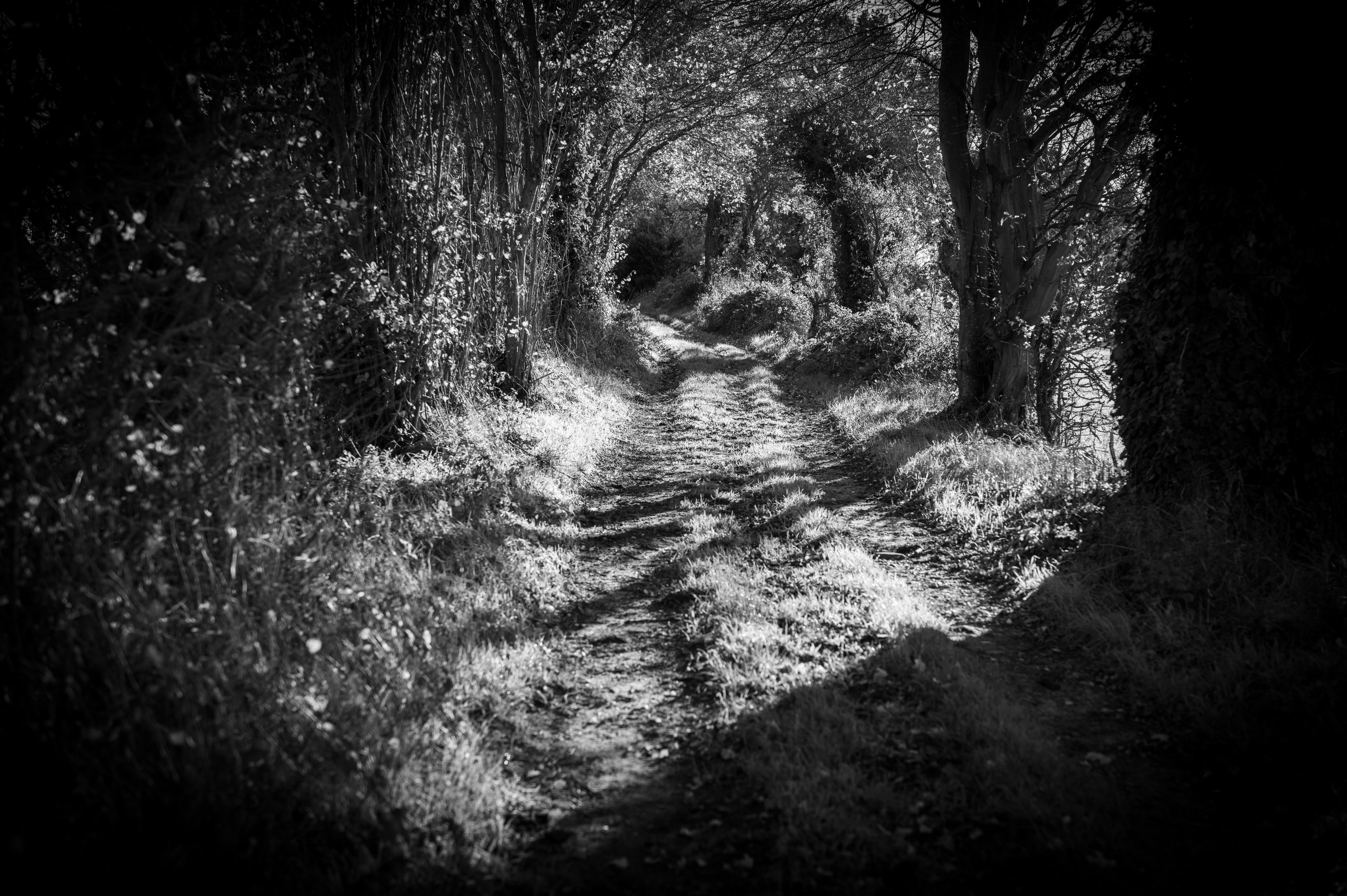
Bier Lane
Leica SL3 with Leica 50mm APO Summicron SL
The Sony A1 was particularly interesting because it attempts to be an all-purpose camera. Indeed, if one was an action shooter who sometimes wanted to do a bit of other photography then it succeeds, but not for a general photographer who sometimes wanted to do a little action (like so many of us Leica users). In those terms the SL3 is a great step forward from the SL2 with its phase detect AF system and the new animal and face/body algorithms (which really do work), and the obvious advances for videographers.
As a camera for general photography the SL3 is really good - there certainly is a learning curve, but when you come to properly understand the design then it's wonderful.
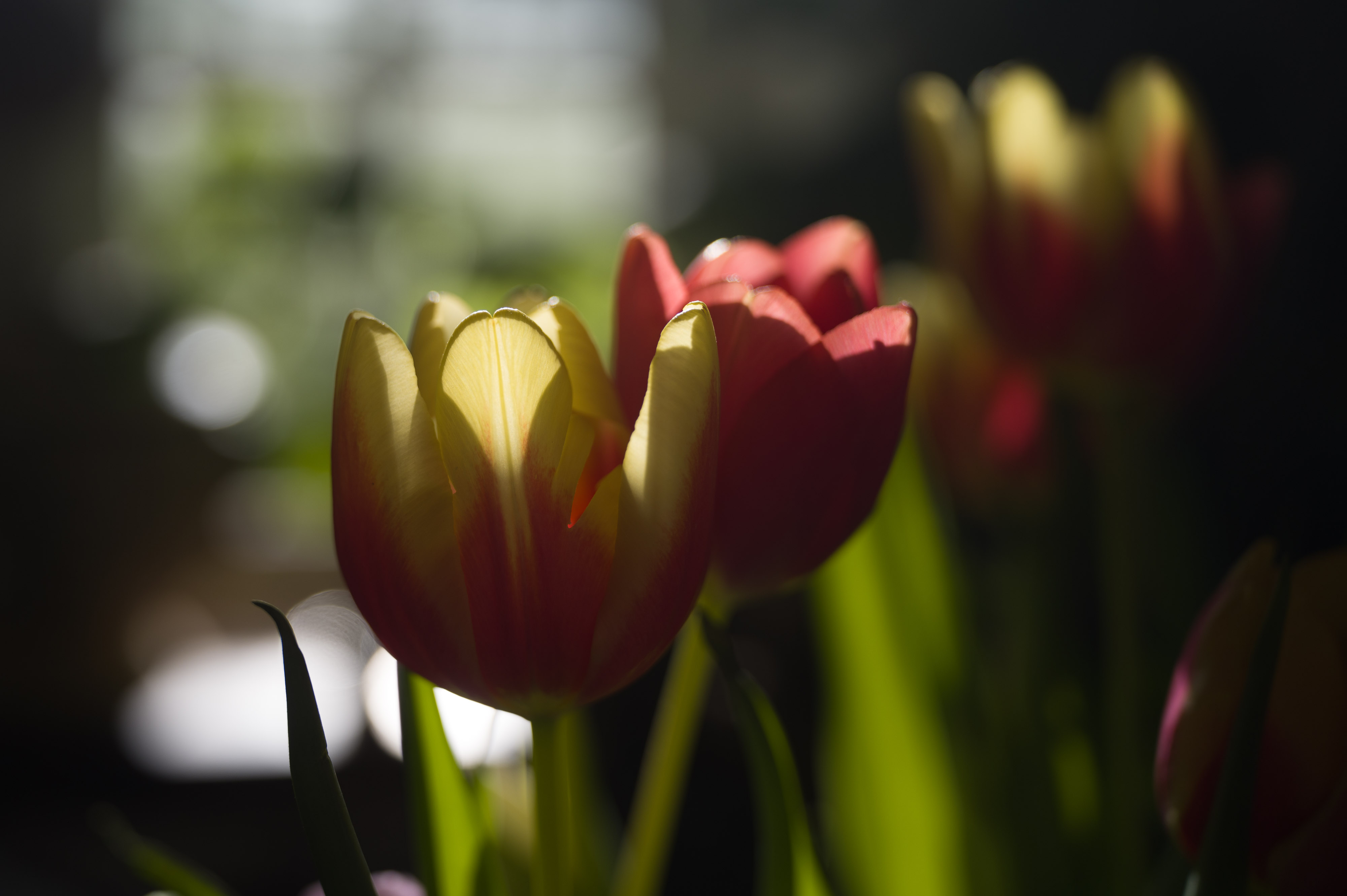
Tulips in the Kitchen
Leica SL3 with Leica 35mm APO Summicron SL
Then there is the interface - my immediate response was 'it was already great - why change it'. But 6 months in I can understand what they've done and why they've done it. There are one or two glitches, but Leica are aware of these and they will be sorted in firmware updates in the near future.
I love the logical consistency of the interface, the fact that you can tailor it any way you want and then save that methodology as a user preset. In effect you can have a different camera for 6 different ways of shooting (or the same camera!). This is not something you could do with any of the other cameras I used.
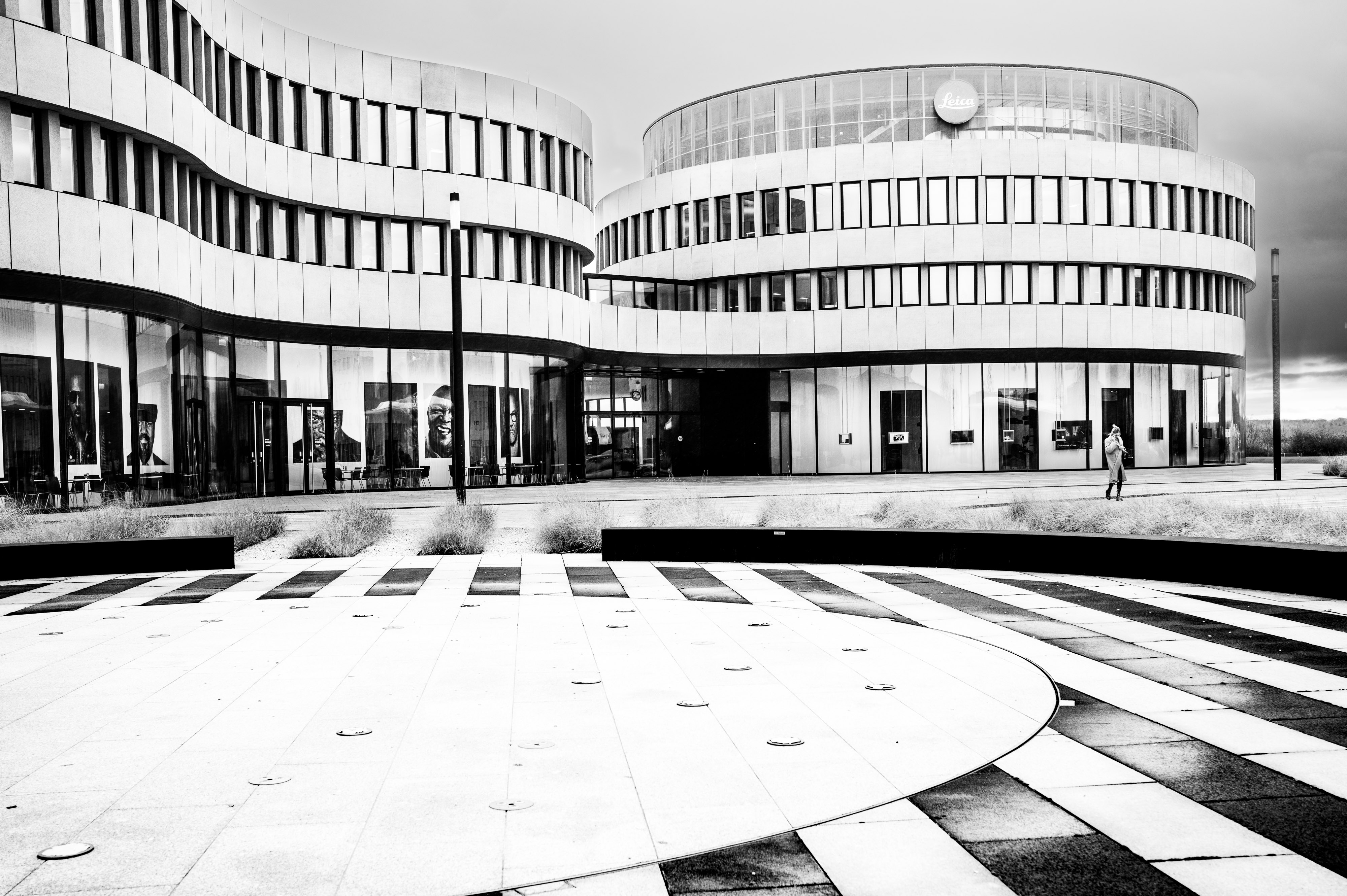
T
Leica SL3 with Leica 35mm APO Summicron M
Amongst all of this it's easy not to notice that the startup time is really good, and that ever since the early days the camera has never hung and that that the image quality is wonderful.
The SL3 is also a lovely object with great build quality and class leading weather sealing, it's also the best way to use the excellent SL APO Summicron lenses, and all those M lenses! So I think I'll finish by saying that this is a wonderful and worthwhile upgrade, and a step forwards for the L system. . . . and if you just bought one, try not to be irritated with the lack of a charger or the silly on/off button!
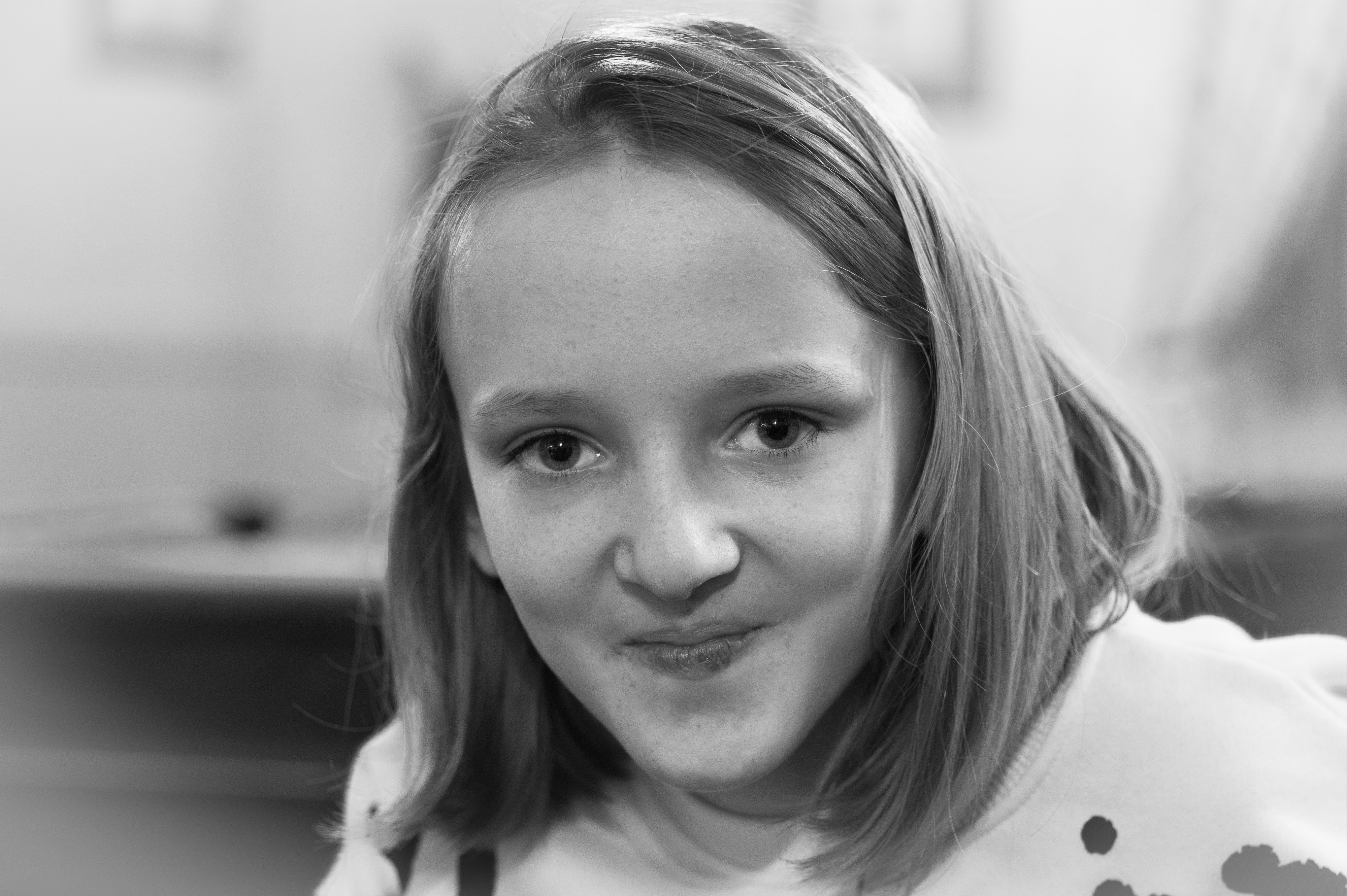
Scarlett
Leica SL3 with Leica 24-90 Vario Elmarit
Sample Settings
Whenever there is a new camera I get asked by a few people about how I like the camera set up.
This time I thought it might be worth making up some sample settings which I like (of course it might not work at all for you). I've made up 5 settings for different situations.
If you want to you can download them
here - the file is called Settings.lcs
I would recommend that you export your current settings to an SD card before installing mine! That's at User Profiles - Manage Profiles - Export Profiles. Then put them somewhere safe! (of course, you can always do a reset if not).
Then put my this settings file onto an SD card and then Menu User Profiles - Manage Profiles - Import Profiles.
Day
- Apeture Prority (defauting to wide open)
- Auto ISO
- Daylight White Balance
- Auto Focus single
- Large DNG
- Single Shot Drive Mode
- Spot Metering (I nearly always use this!)
- Spot Focus
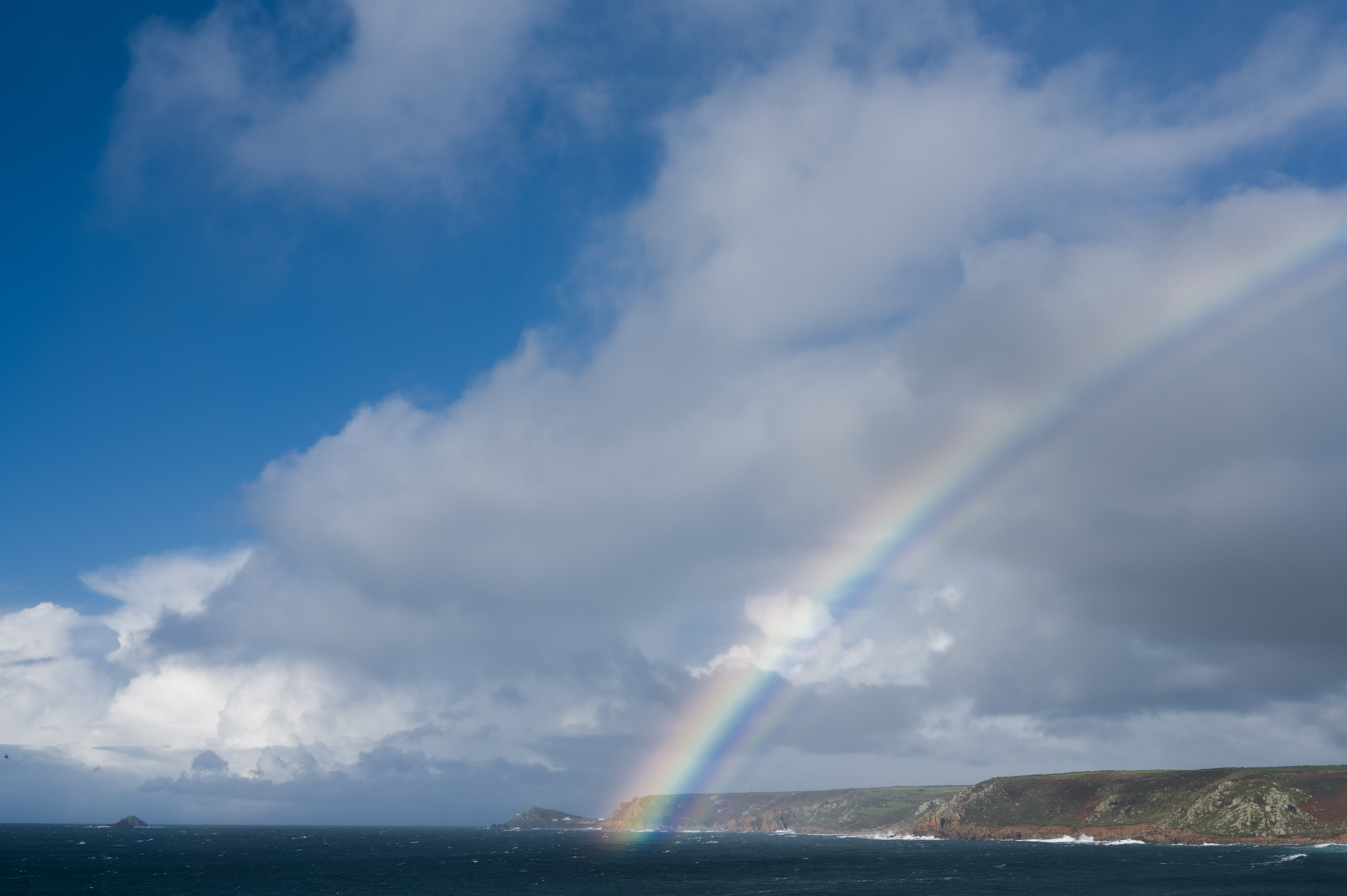
Y0u'll need to swim for ths pot of gold
Leica SL3 with Leica 50mm APO Summicron SL
Animal (and bird)
- Shutter Priority (defaulting to 1/1000th )
- Auto ISO
- Daylight White Balance
- Auto Focus Continuous
- Large DNG
- 4 Photos per Second Drive Mode
- Spot Metering (I nearly always use this!)
- Animal Focus Beta preset
Mono
- Aperture Priority (defaulting to f2.8 )
- Auto ISO
- Auto White Balance
- Auto Focus Single
- Large DNG
- Single shot Drive Mode
- Spot Metering (I nearly always use this!)
- Eye / Face / Body Detection AF preset
- JPG Settings are set to high contrast Monochrome
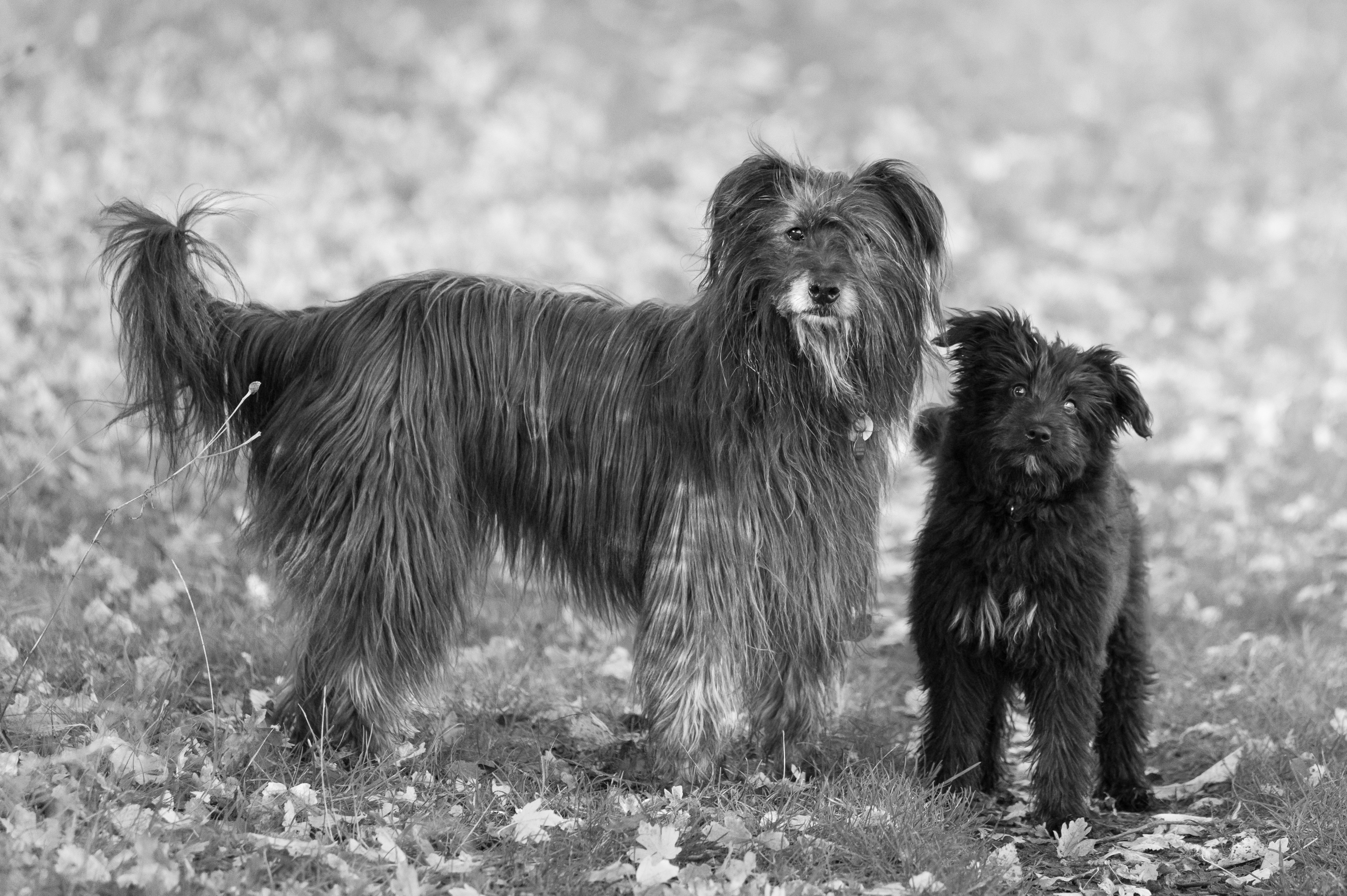
Do I really have to play with this crazy puppy
Leica SL3 with Leica 50mm APO Summicron SL
iAuto
- Program mode
- Auto ISO
- Auto White Balance
- iAF (intelligent auto focus
- Large DNG
- Single Shot Drive Mode
- Multi Point Metering
- Field Focusing
Portrait
- Aperture Priority (defaulting to f2.8 )
- Auto ISO
- Auto White Balance
- Auto Focus Continuous
- Large DNG
- Single shot Drive Mode
- Spot Metering (I nearly always use this!)
- Eye / Face / Body Detection AF preset
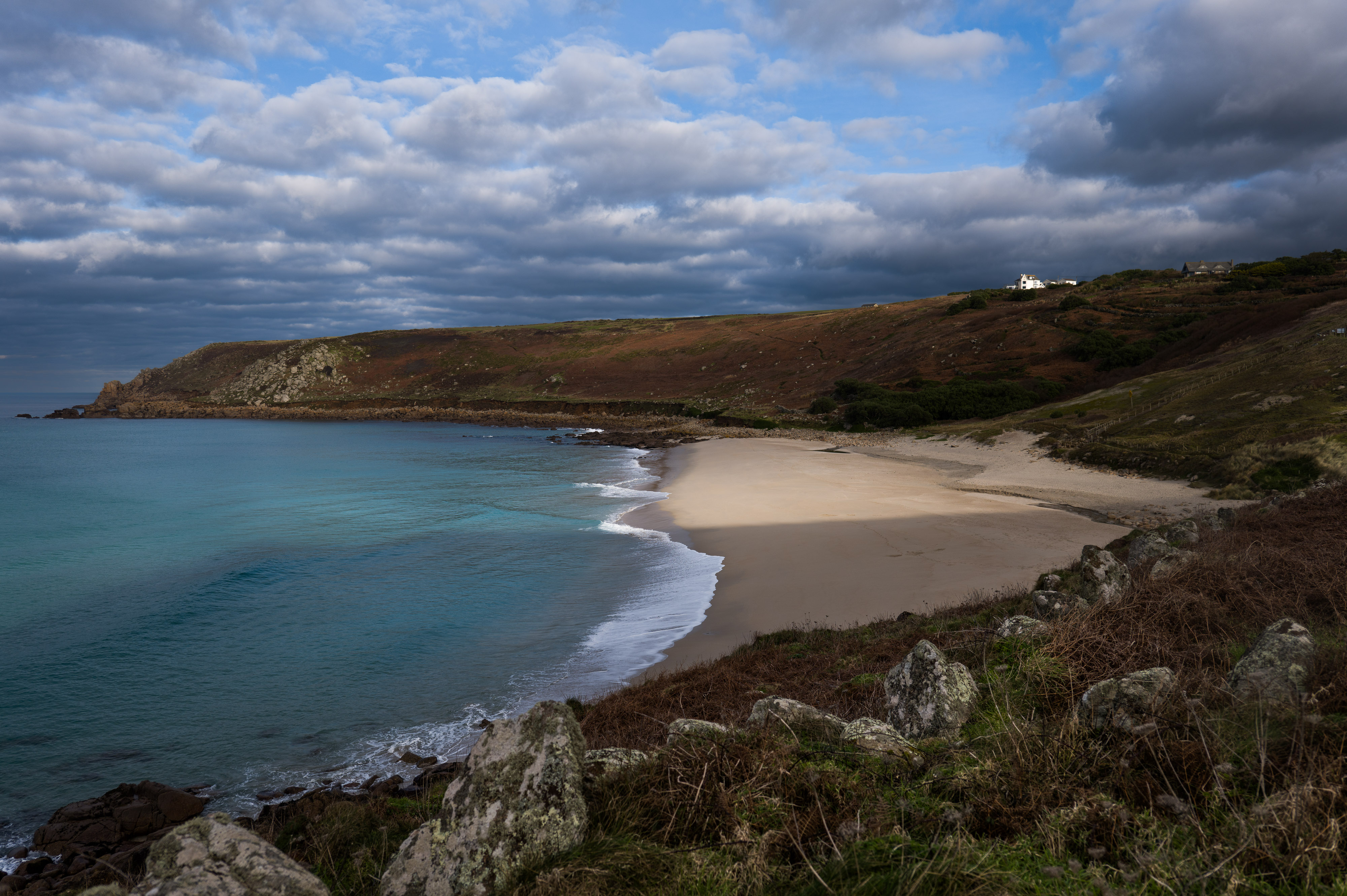
Gwynver
Leica SL3 with Leica 24-90 Vario Elmarit
Acknowledgements
Special thanks to Emma who has had to put up with me anguishing, first about the camera, then the article!
Several of the staff at Leica have been particularly helpful, so thanks to Stefan Daniel, Jesko von Oeynhausen, Steffen Rau, Nico Koehler, Viktor Weigent, Matthias Petzke,
Thank you to
Red Dot Cameras and to Ivor in particular - a wonderful Leica dealer.
Thank you, to Evris at
Rock and Roll for the lovely soft Cigar Brown strap (just the best strap for the SLs).
Why not head over to my friend
Sean Reid's site, he is writing several articles on the SL3 and various L mount and rangefinder lenses: his site is always worth the price of entry.
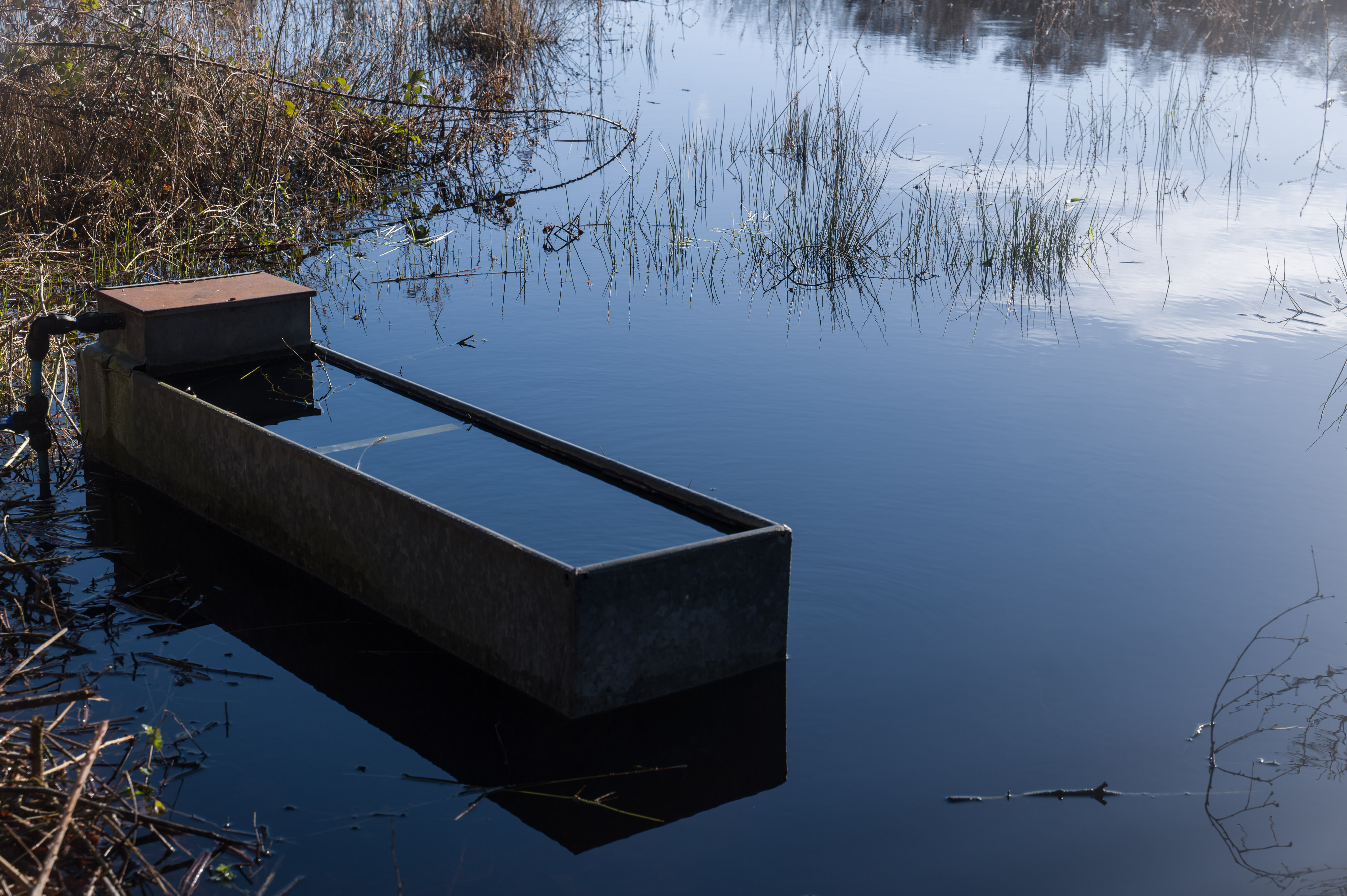
Coals to Newcastle
Leica SL3 with Leica 24-90 Vario Elmarit
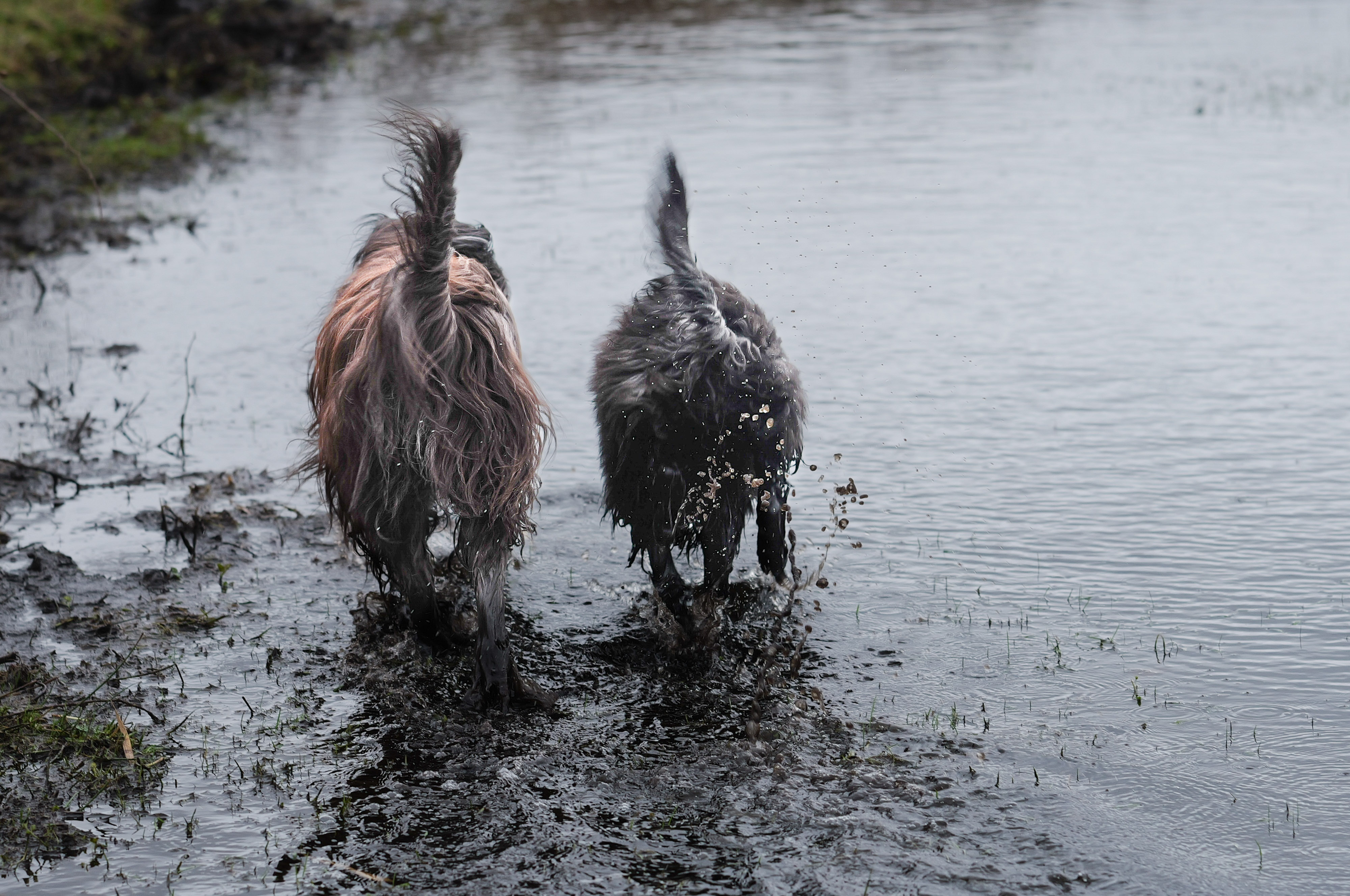
The Ends
Leica SL3 with Leica 75 APO Summicron SL
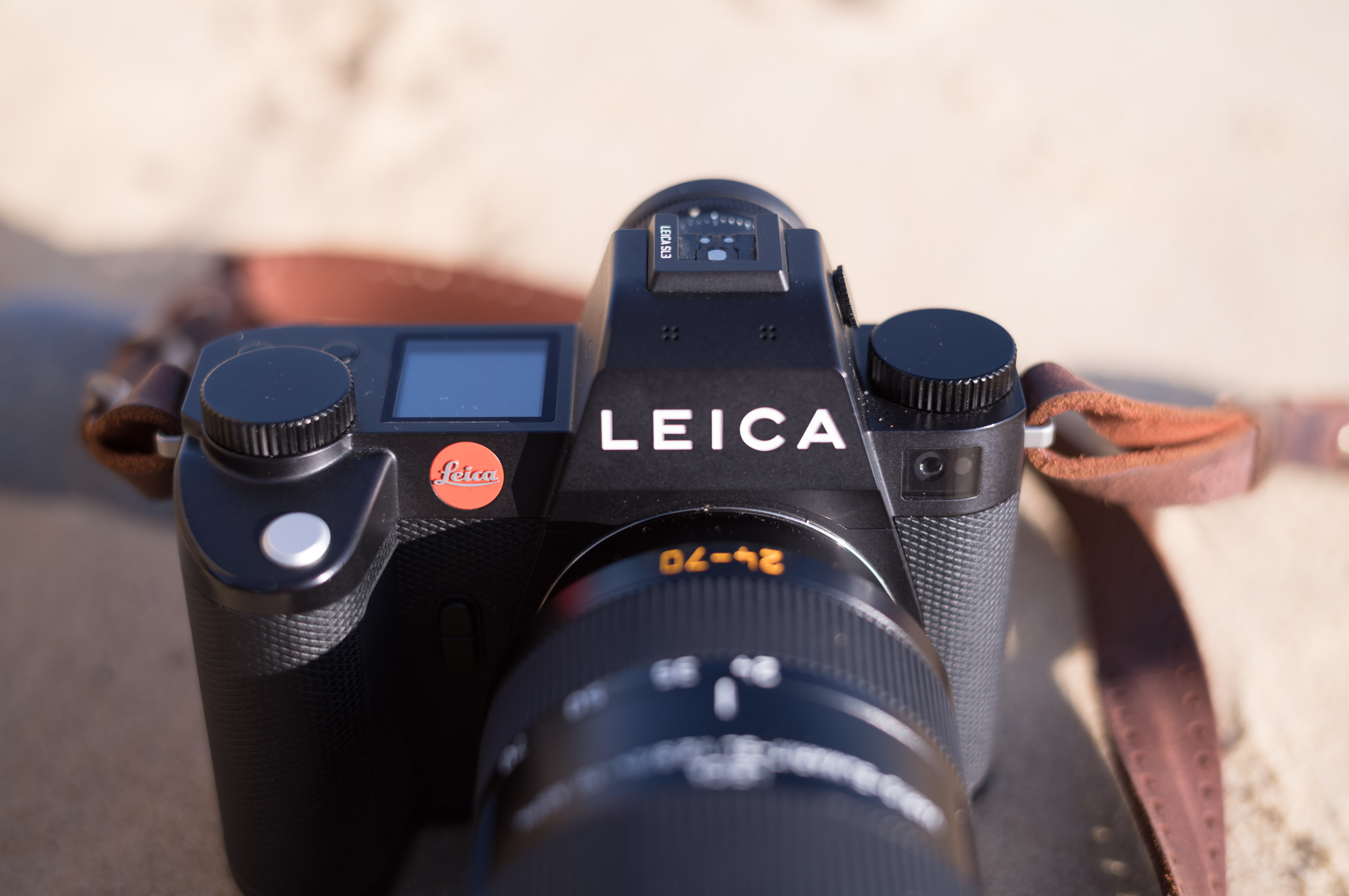
The Handsome Beast
Leica M11 with 50 Summilux Asph
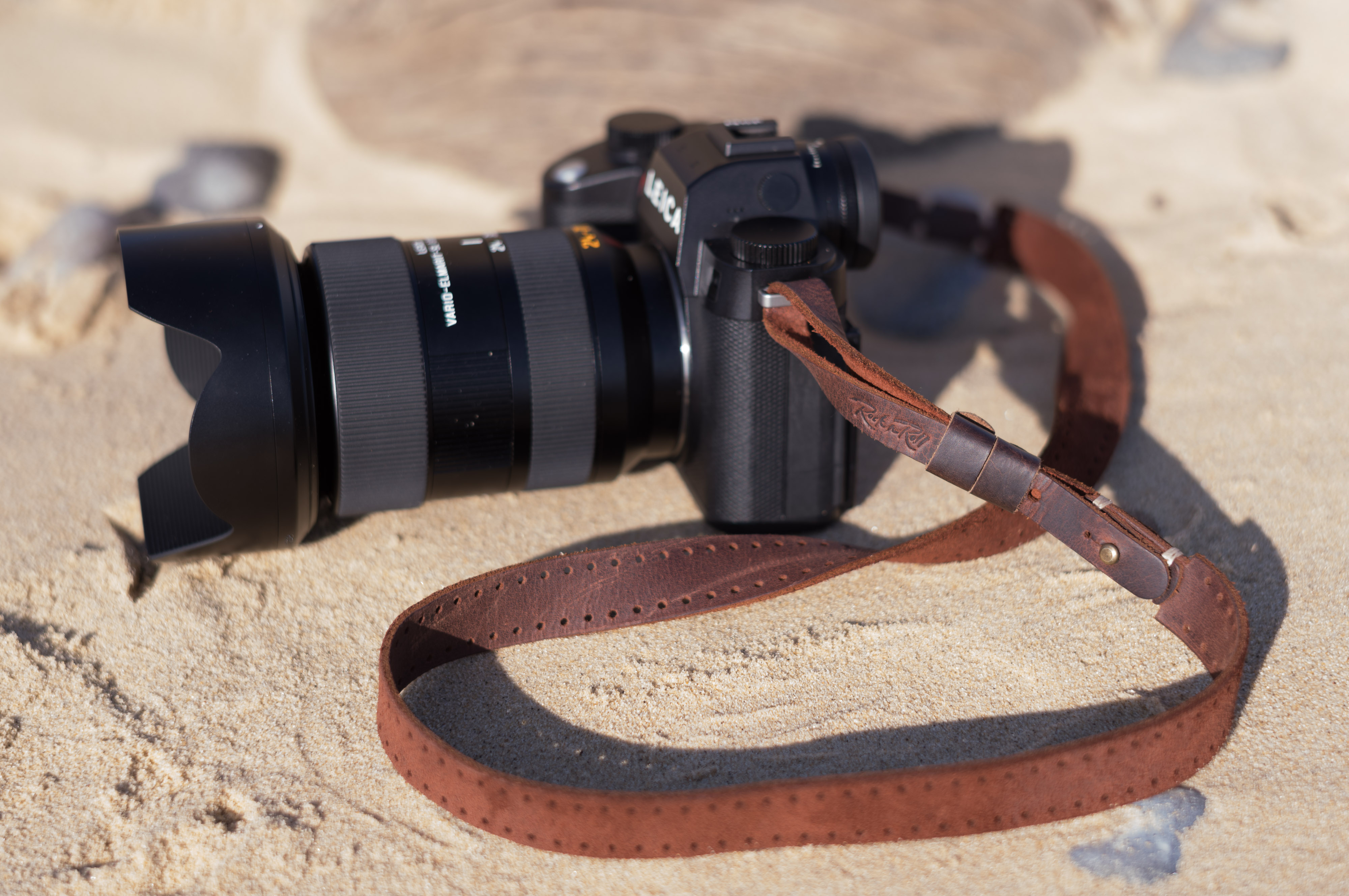
Rock and Roll
Leica M11 with 50 Summilux Asph
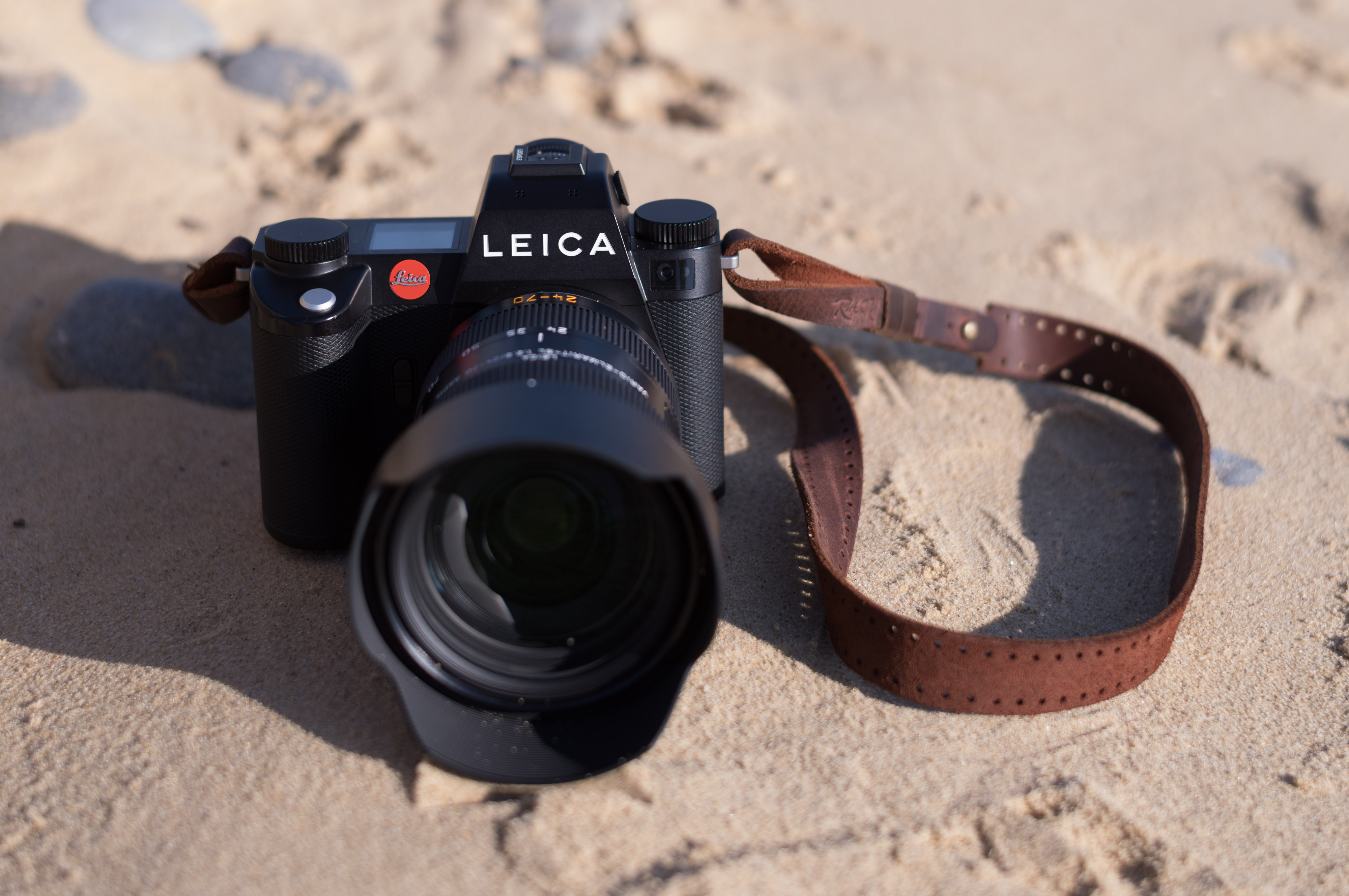
The Leica SL3
Leica M11 with 50 Summilux Asph


























































